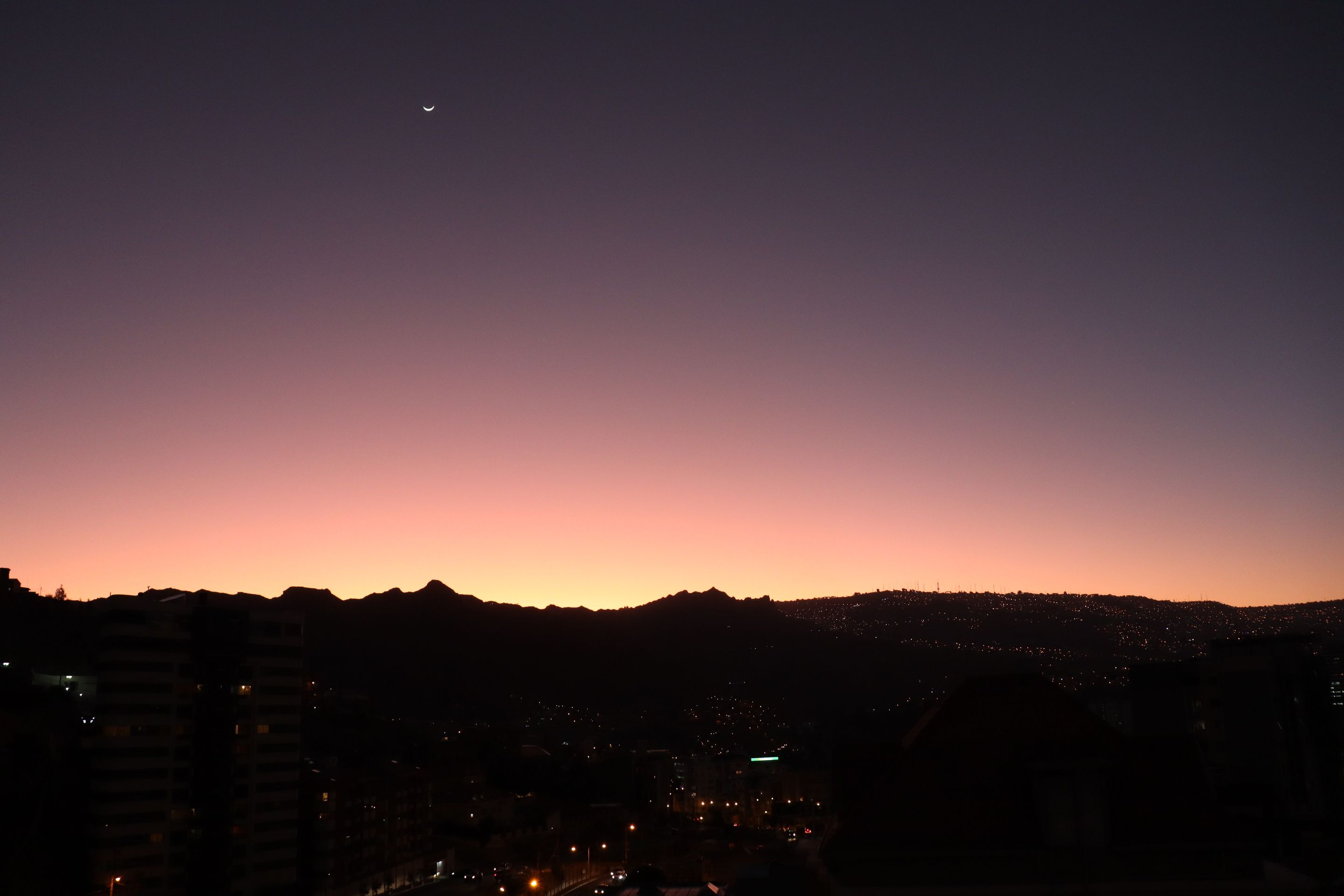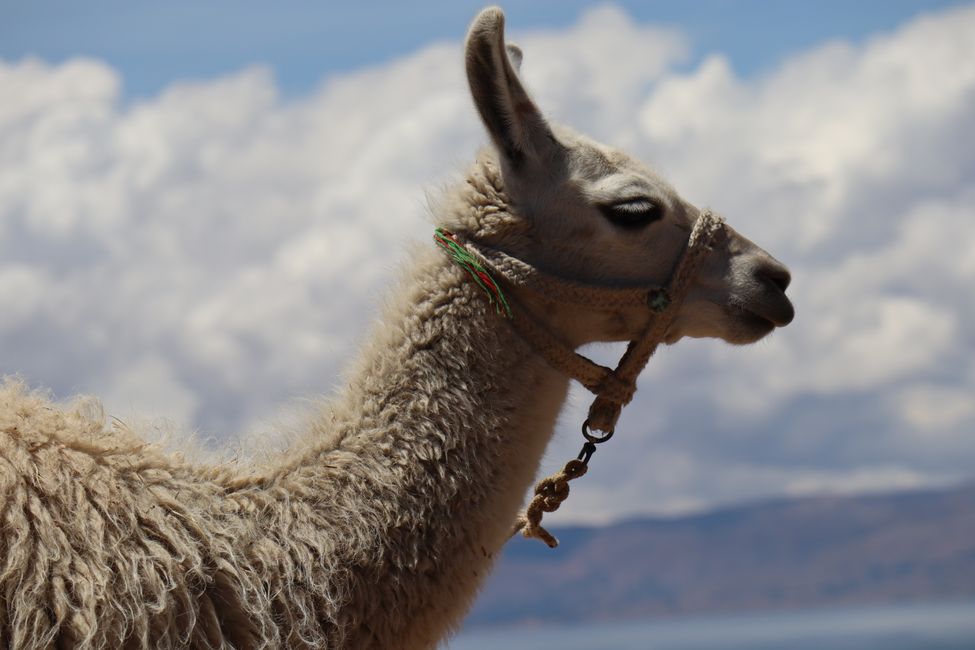
fear-and-loathing-in-southamerica
vakantio.de/fear-and-loathing-in-southamerica
Good air, large water and Jesuit missions (Buenos Aires-Iguazu Falls-San Ignacio)
Publicerad: 01.12.2022
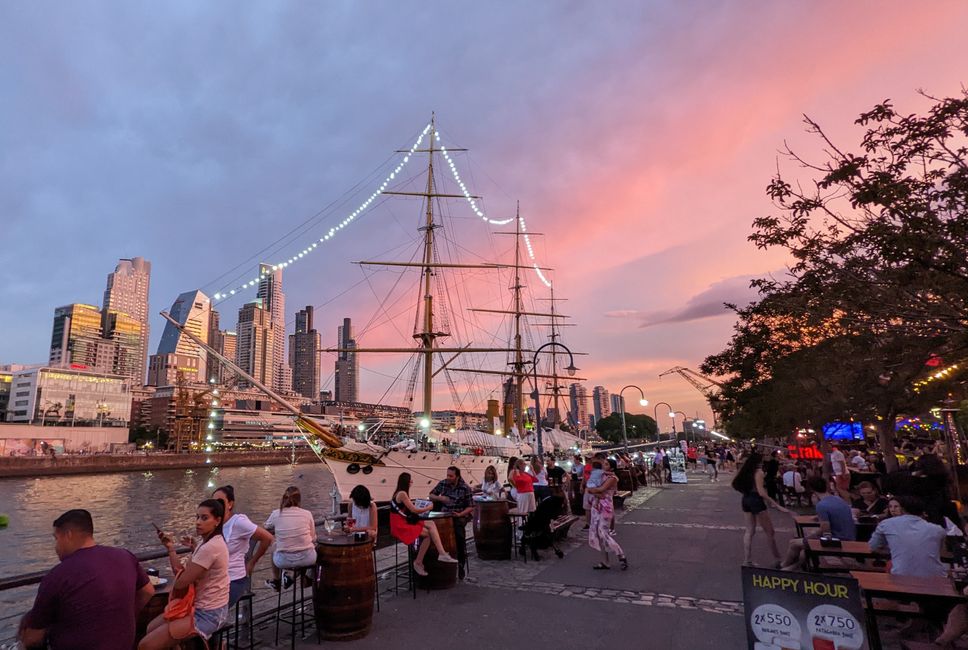
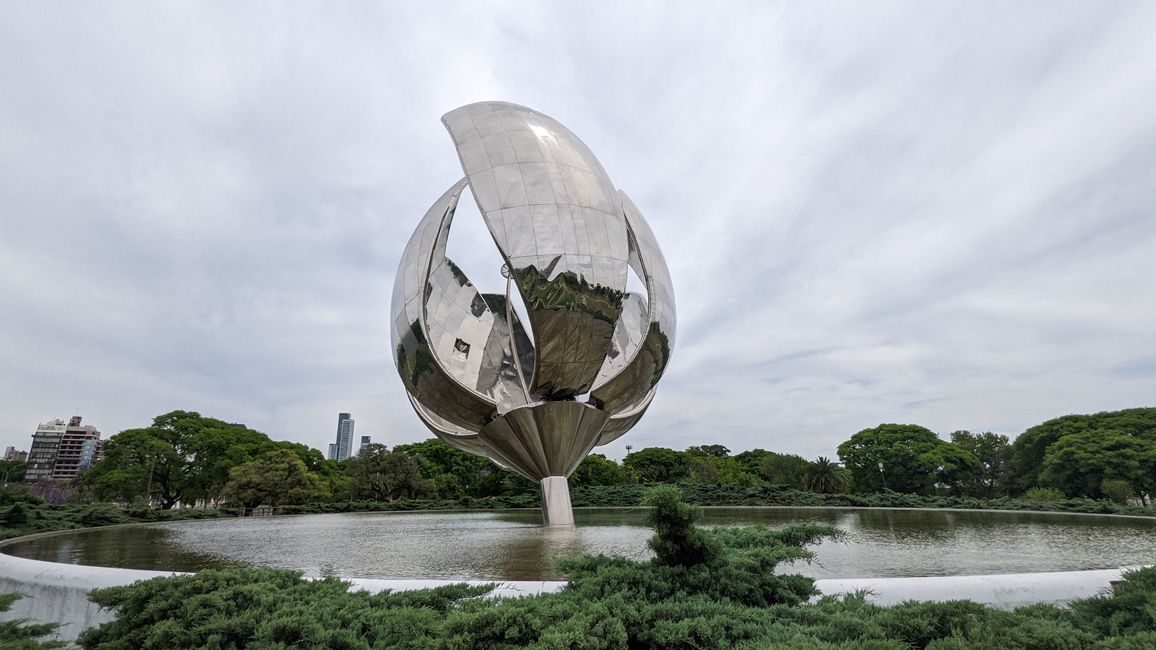
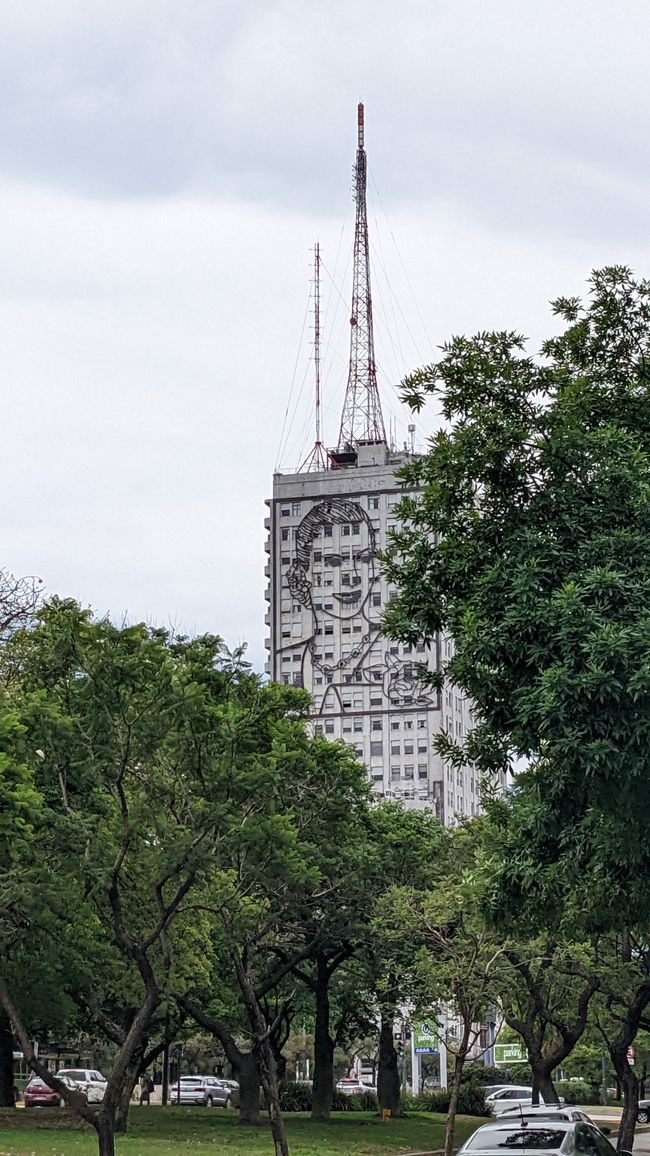
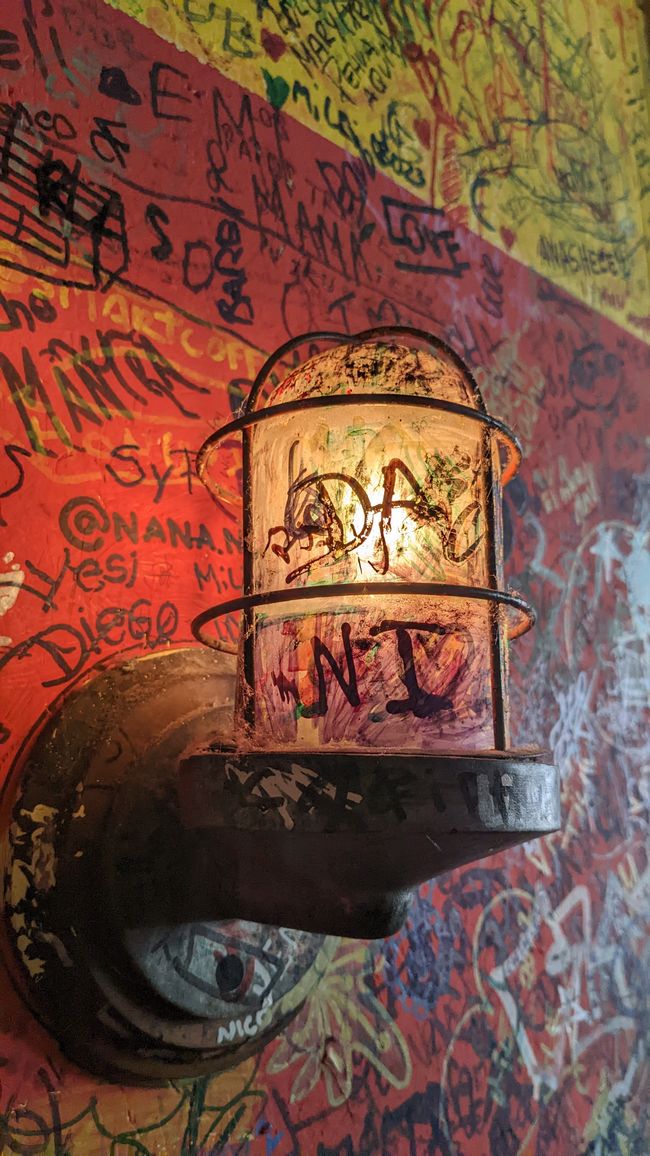
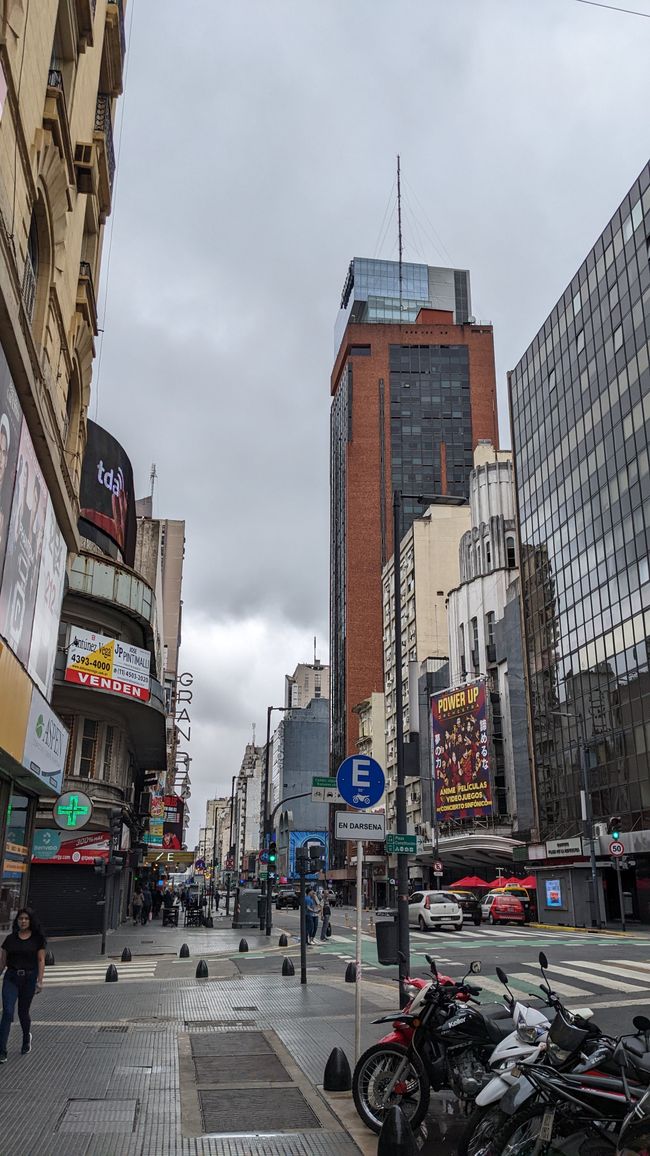
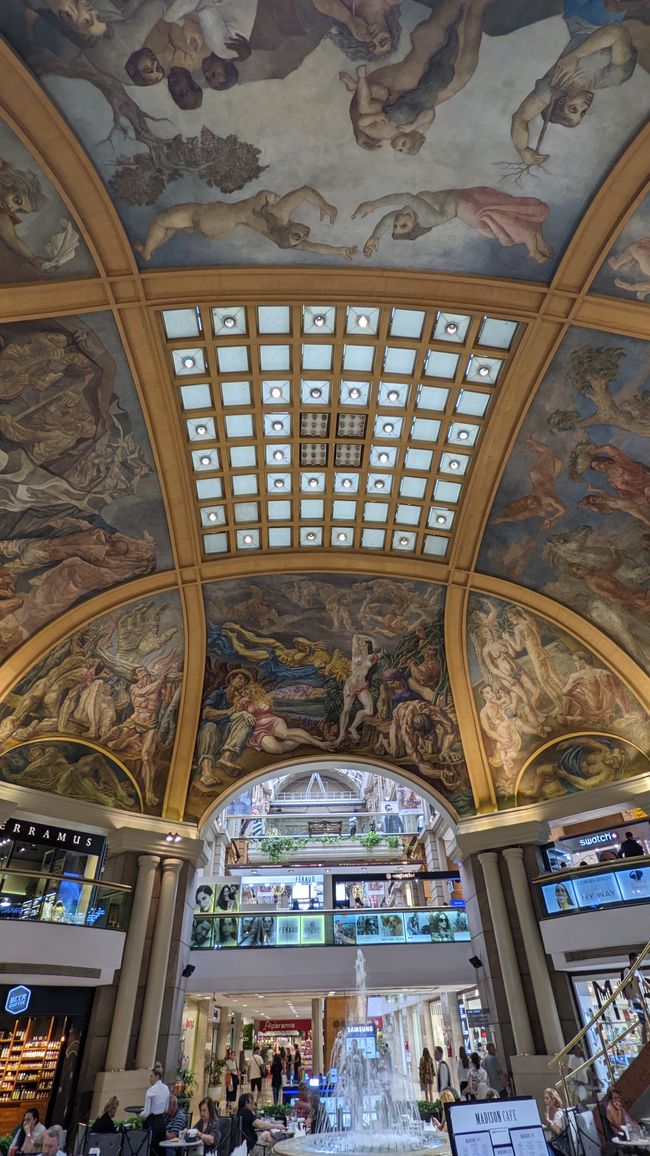
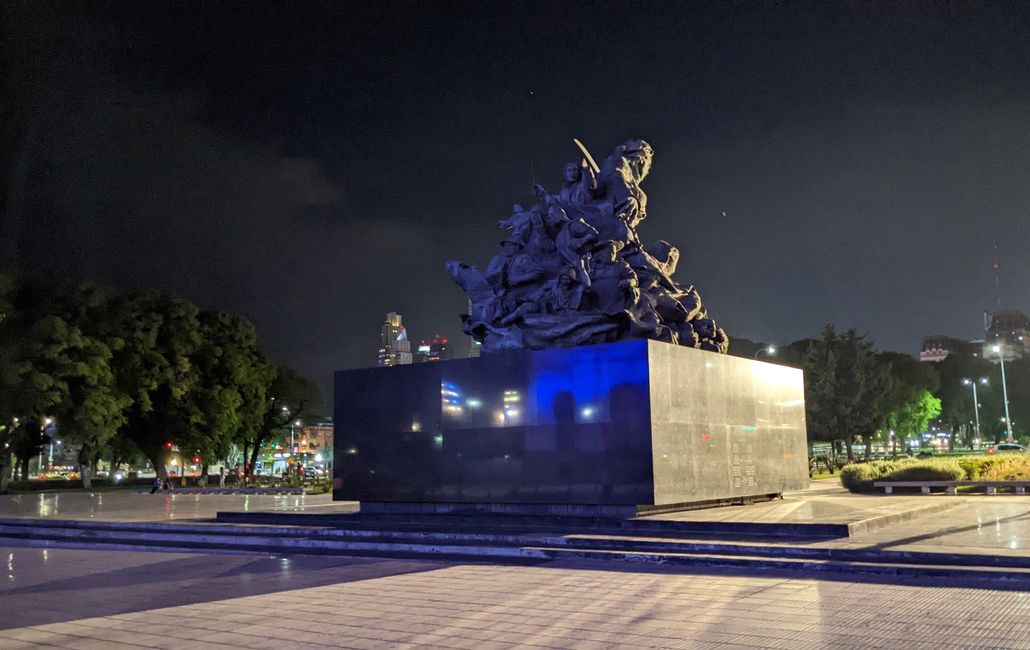
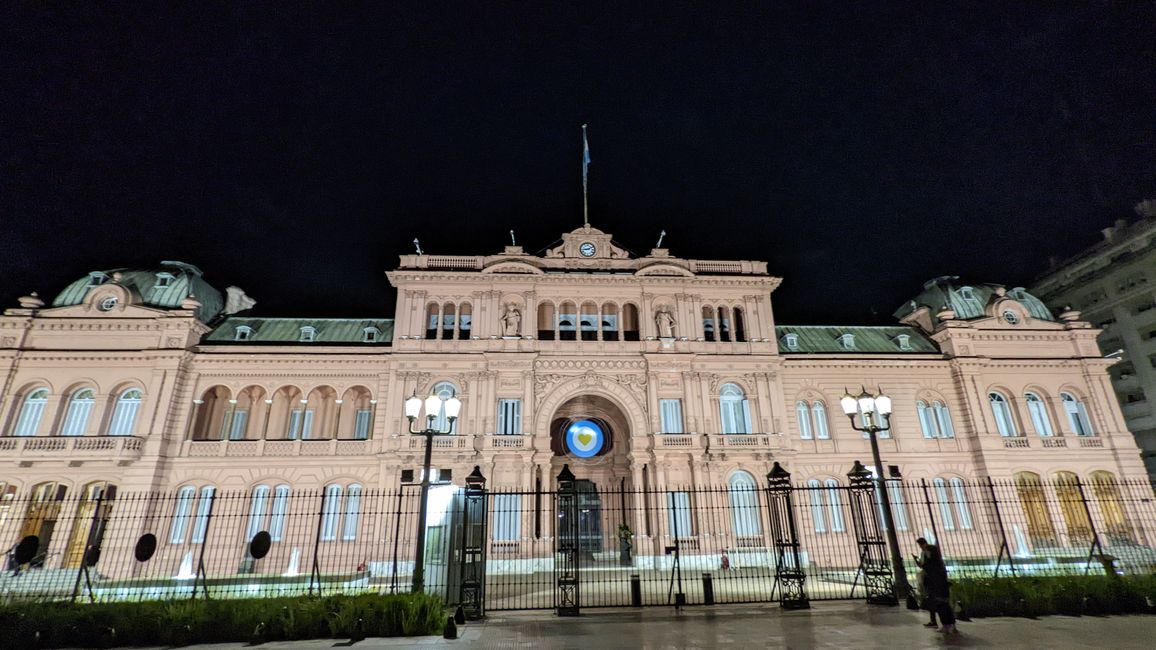
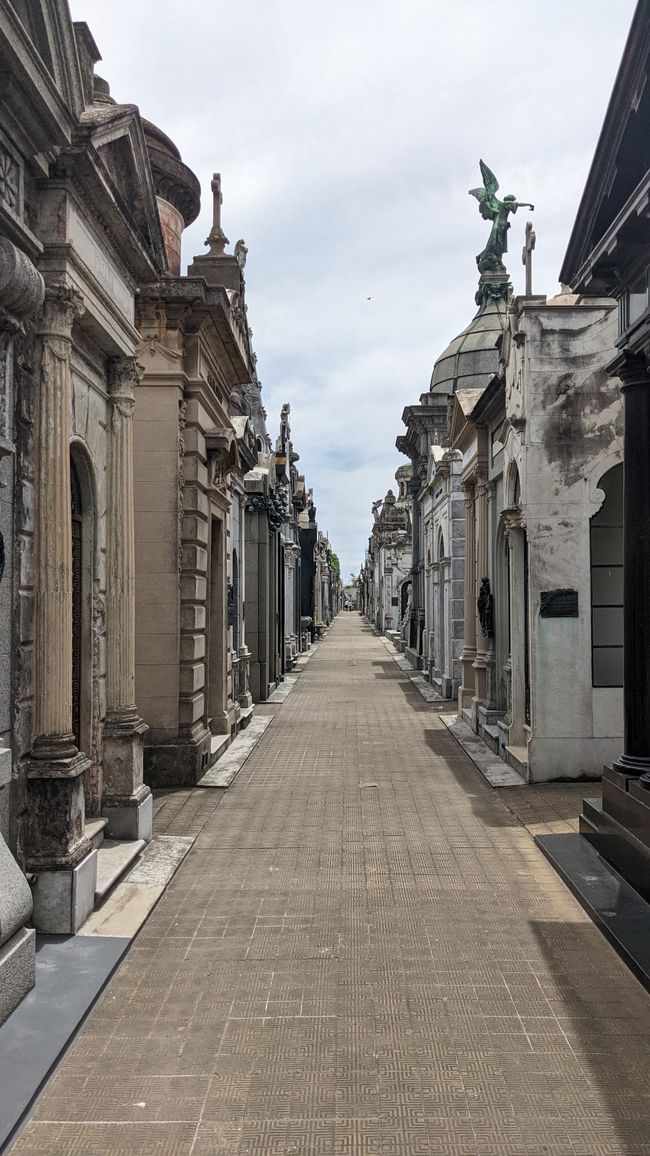
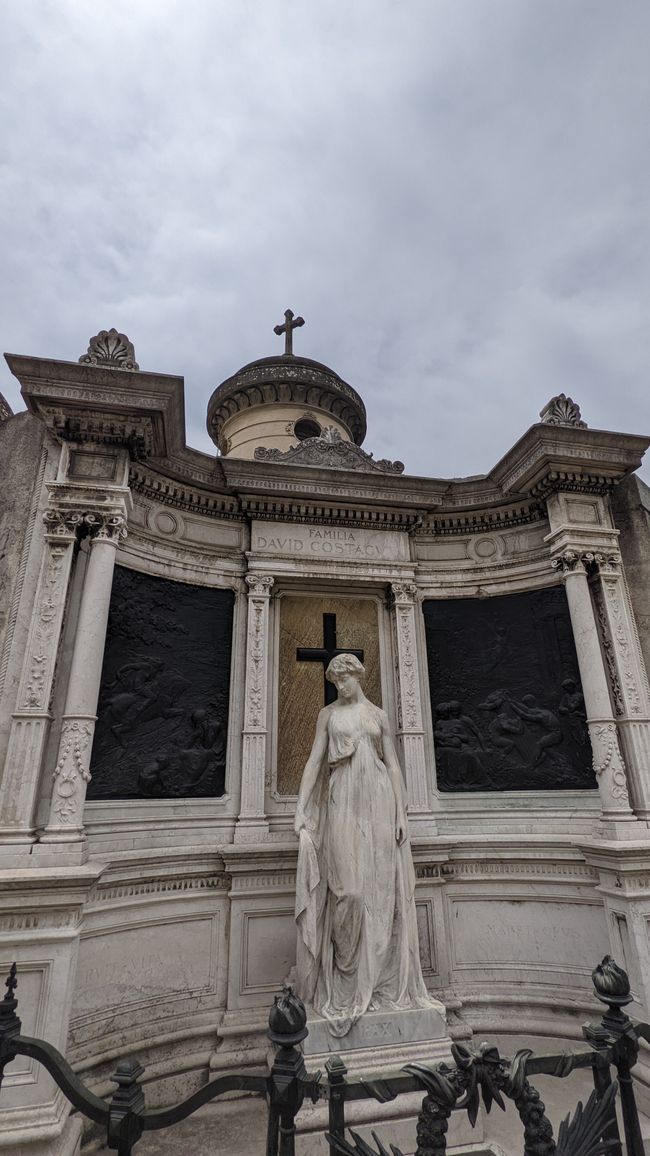
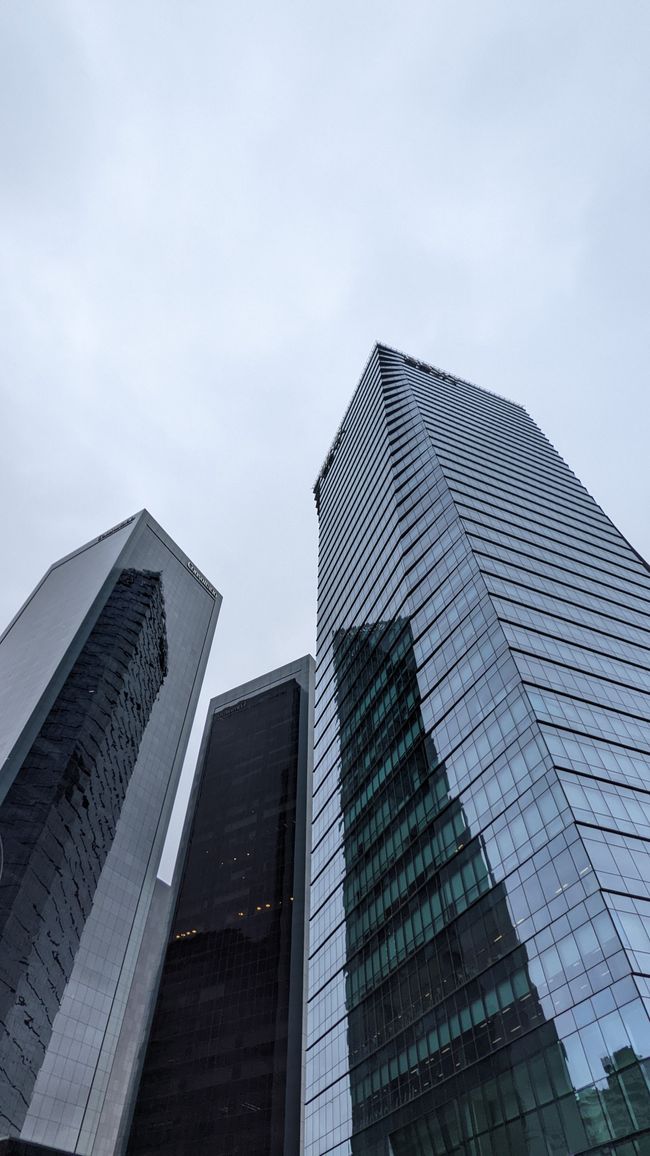
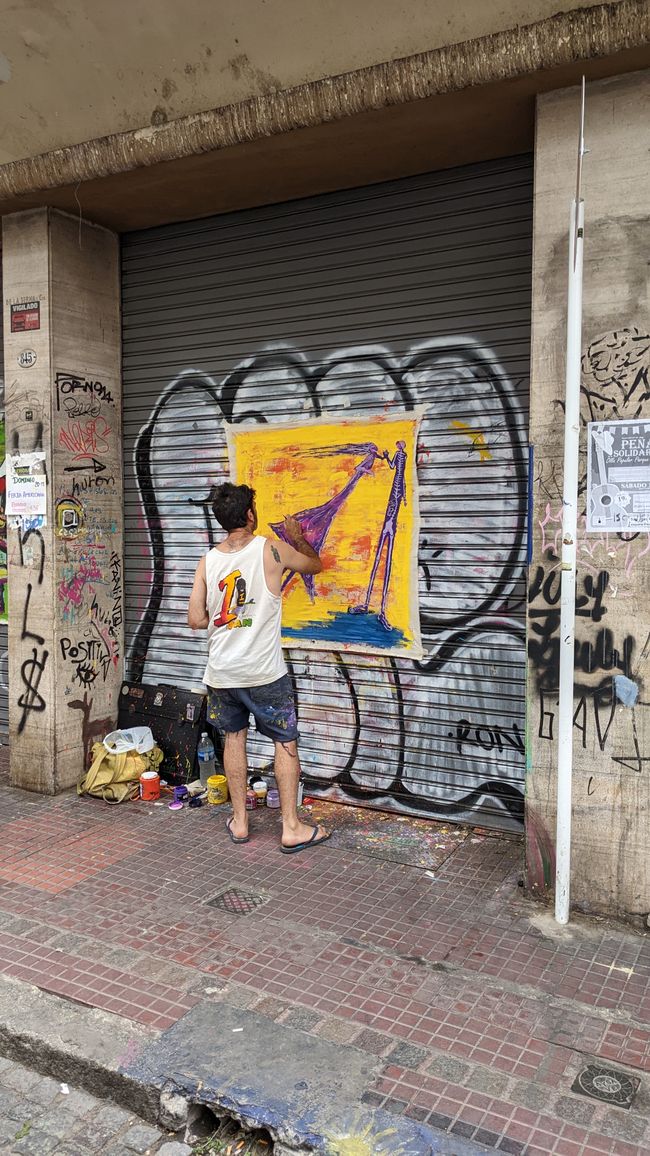
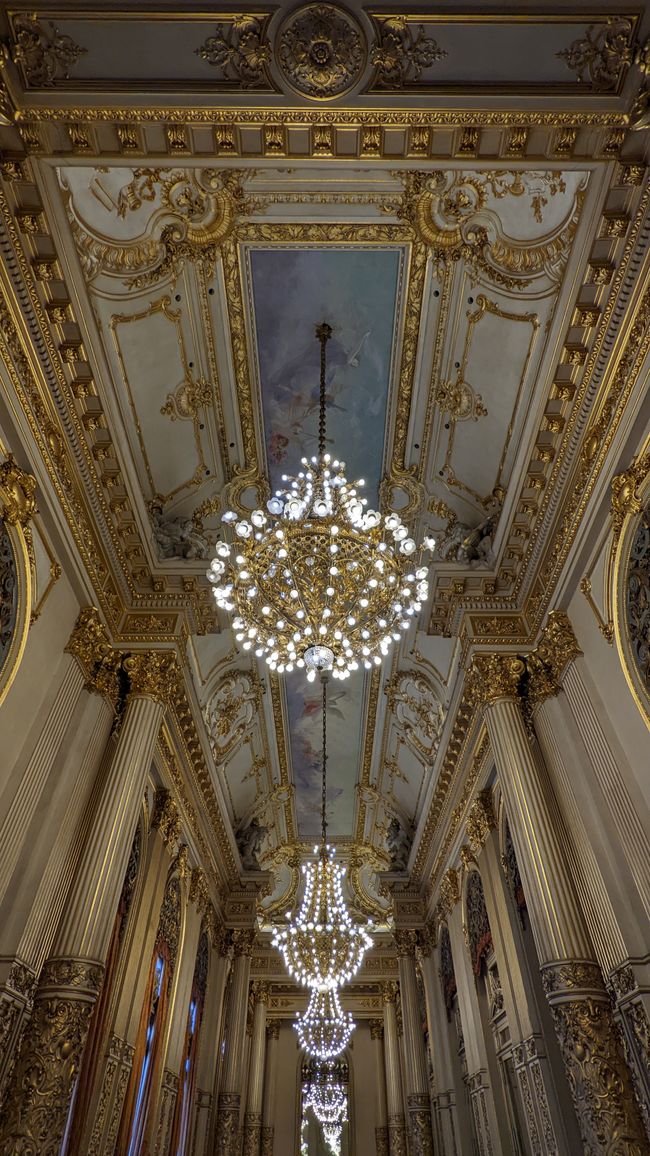
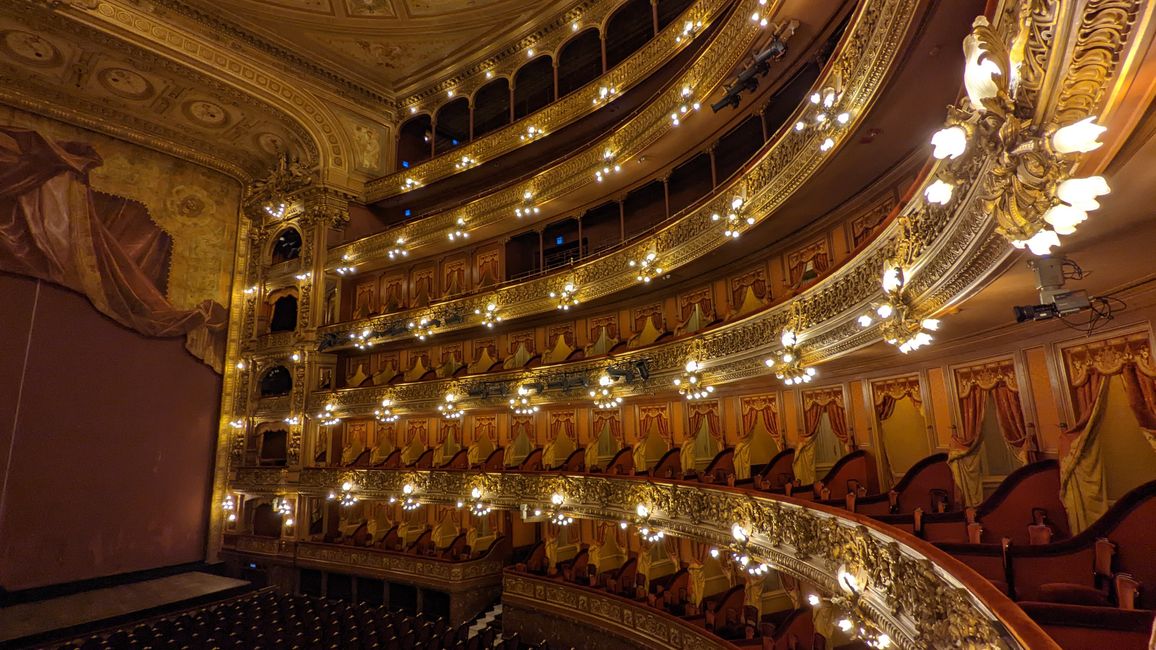
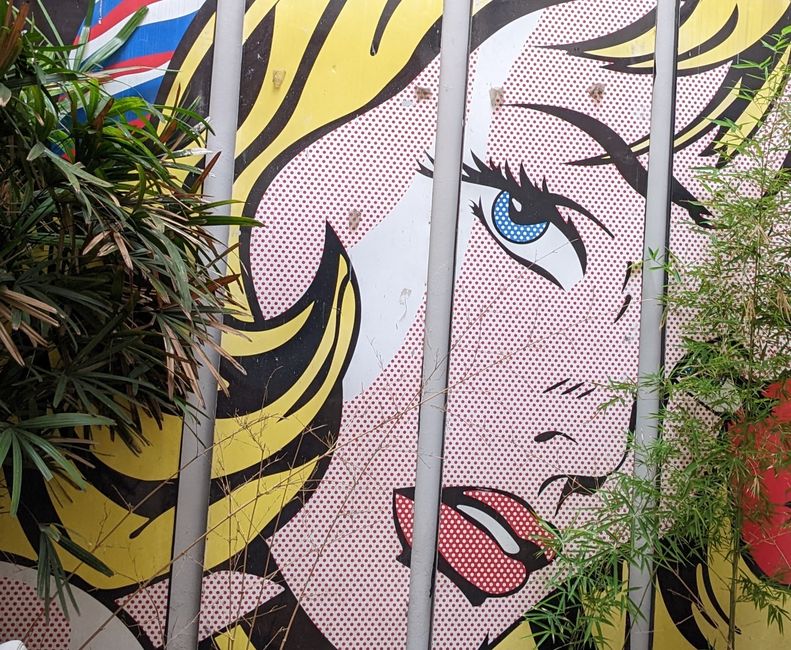
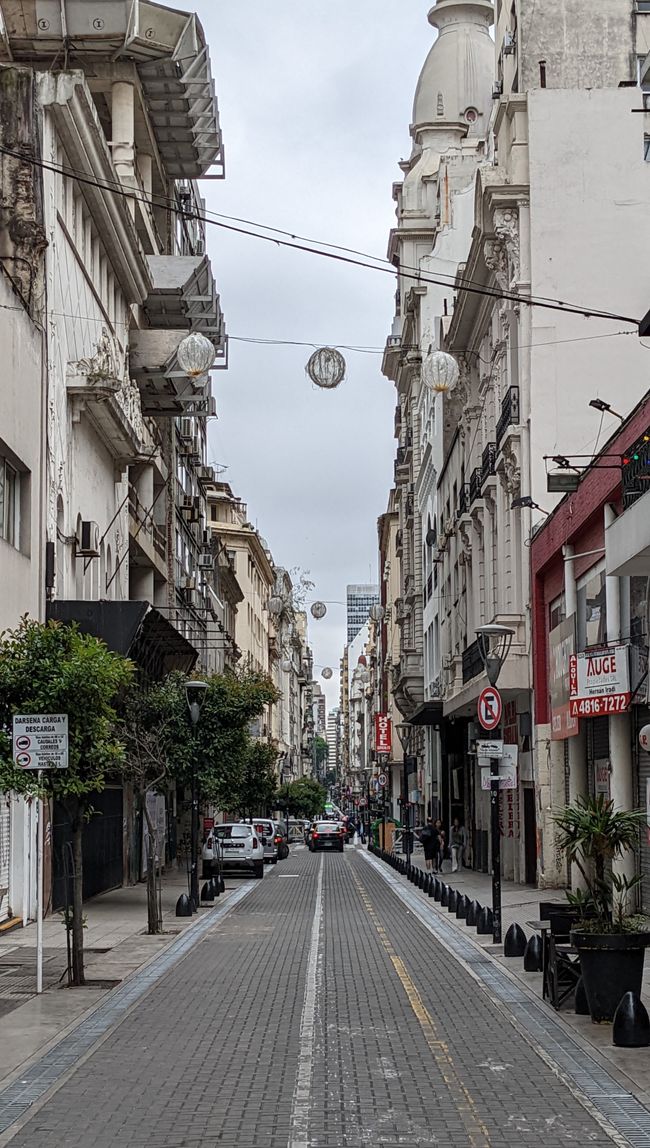
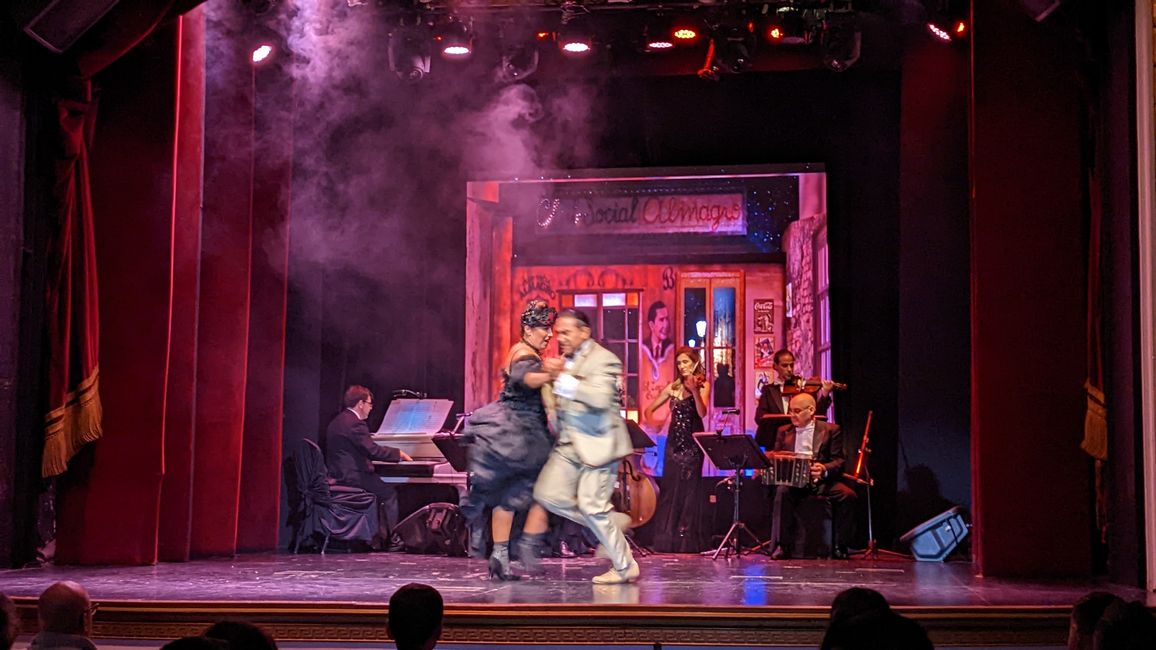
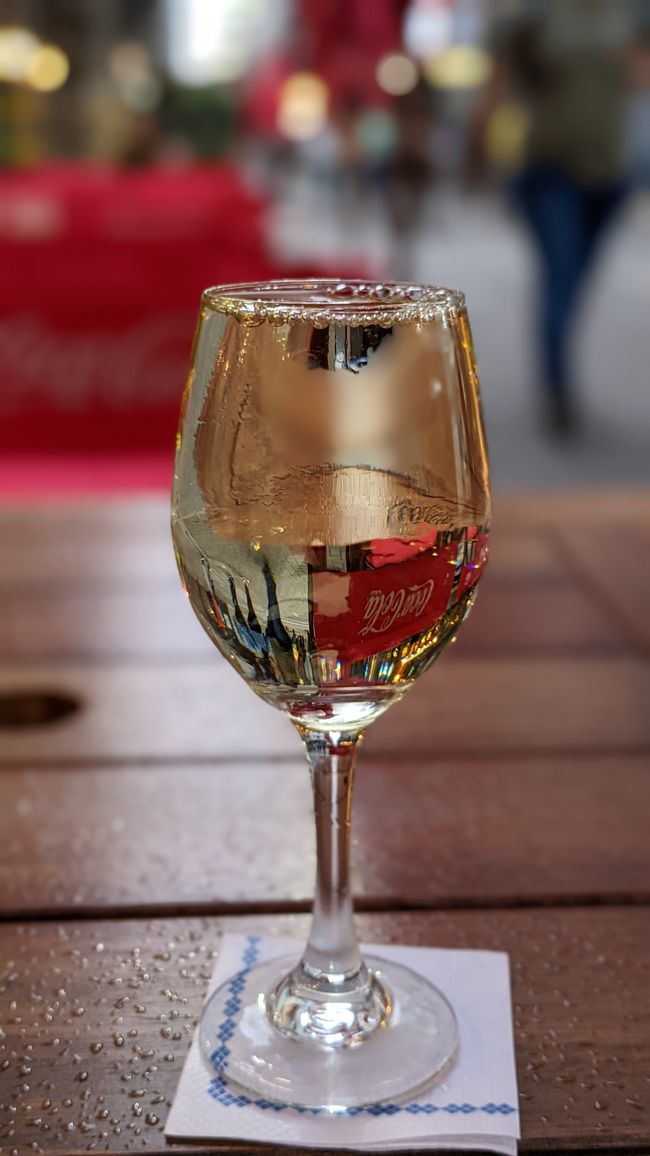
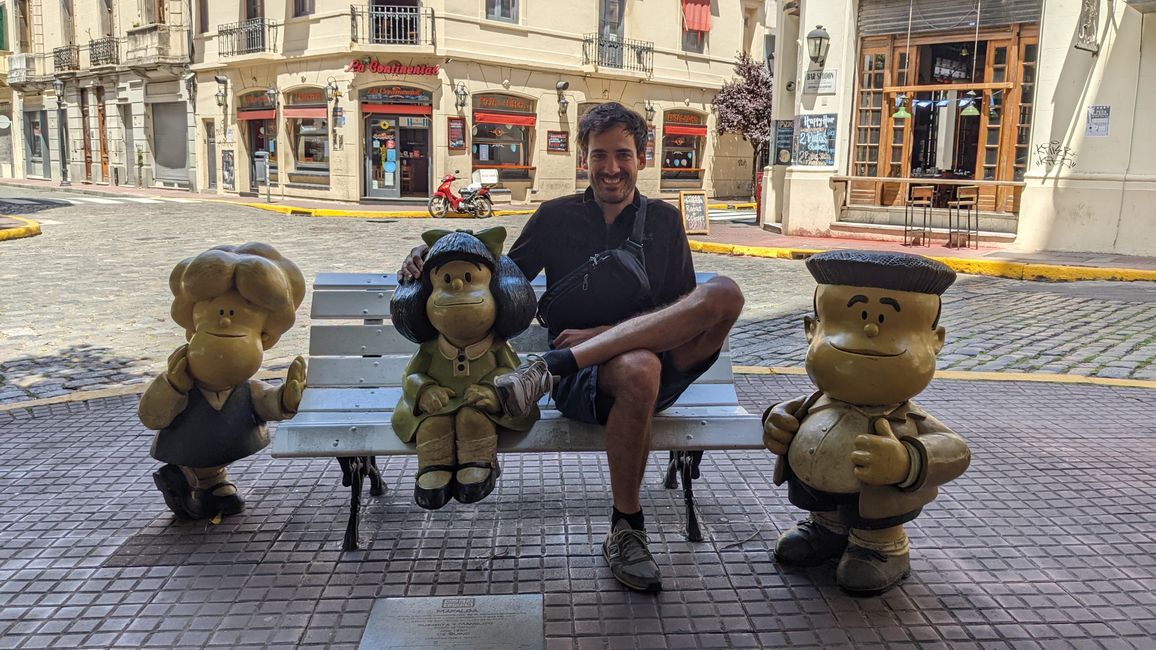
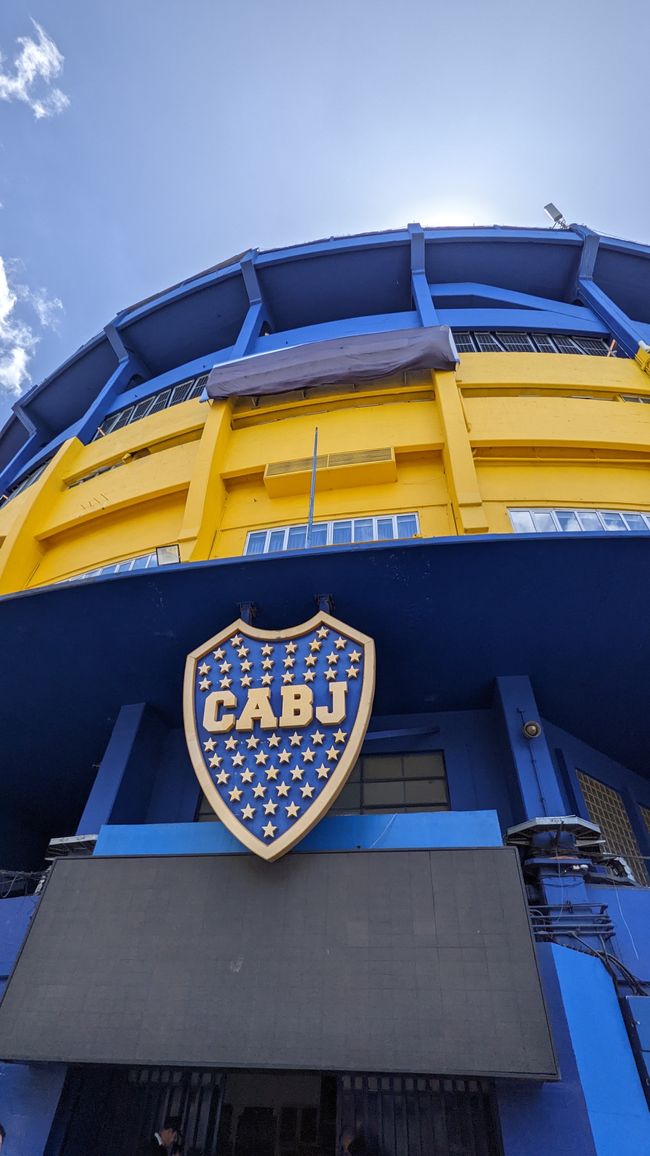
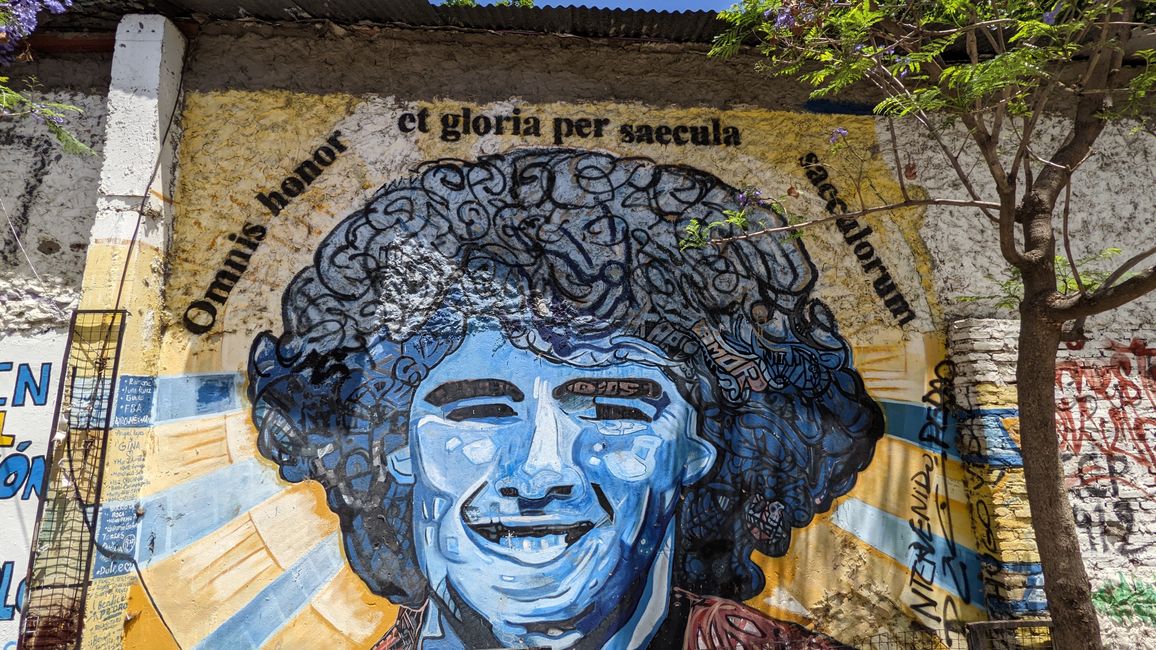
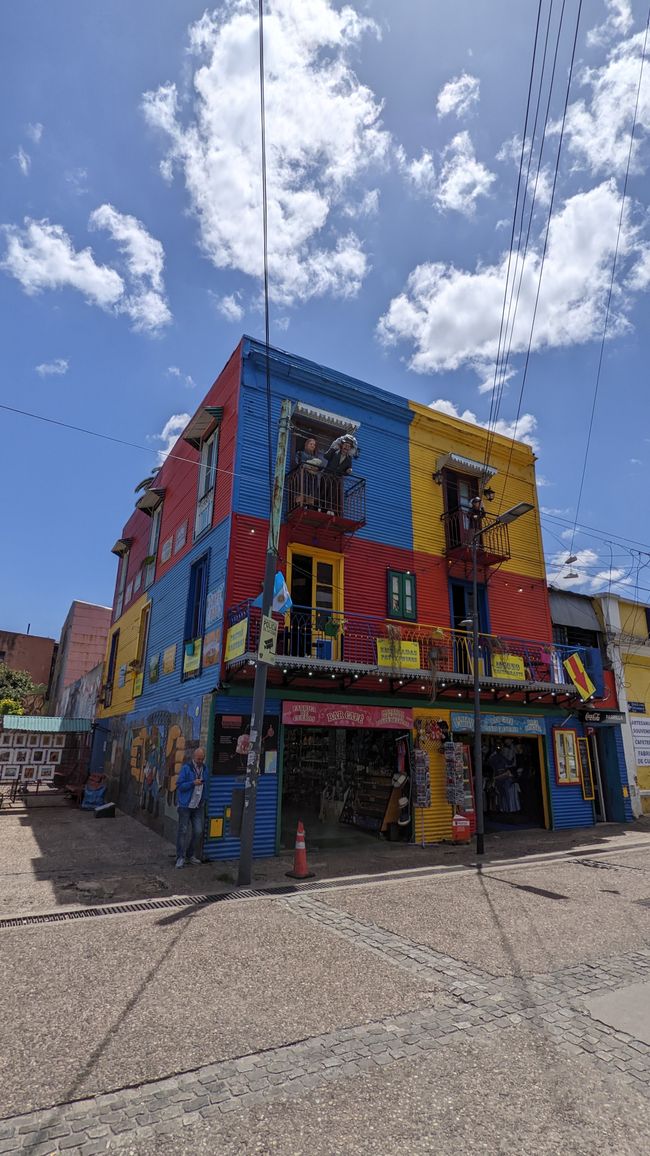
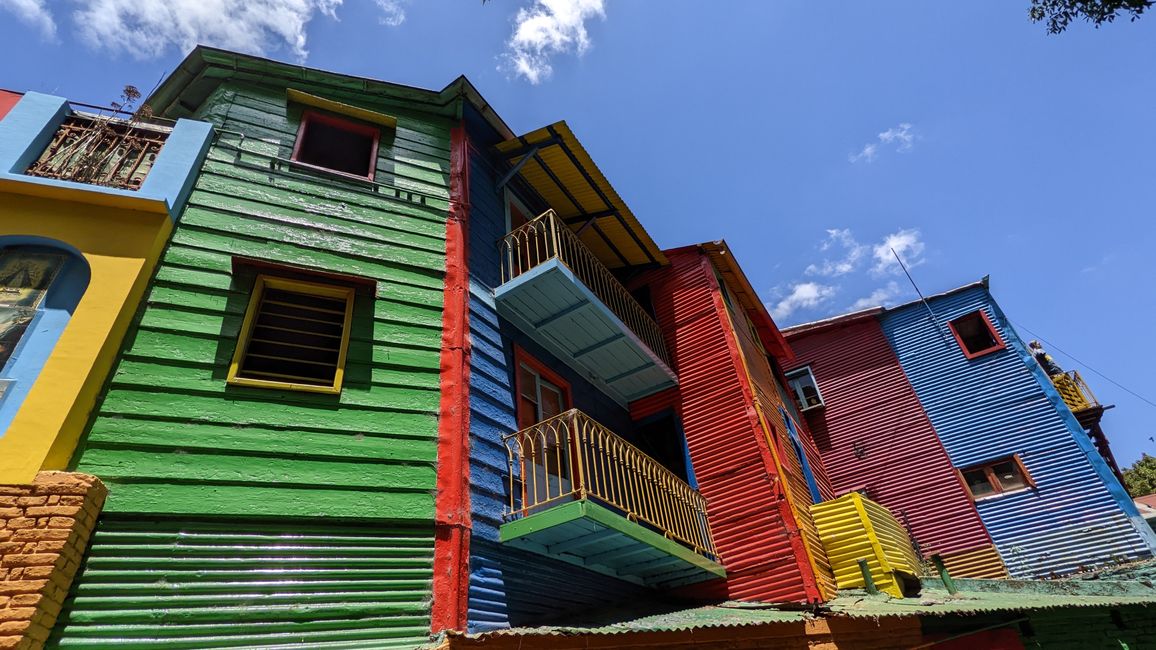
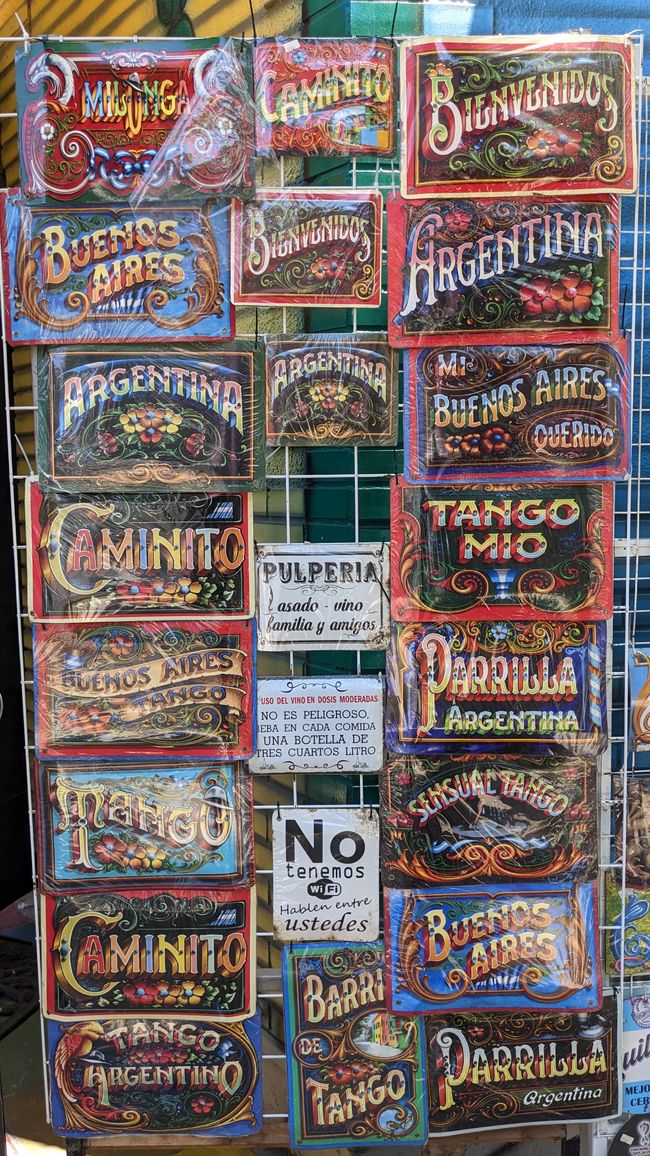
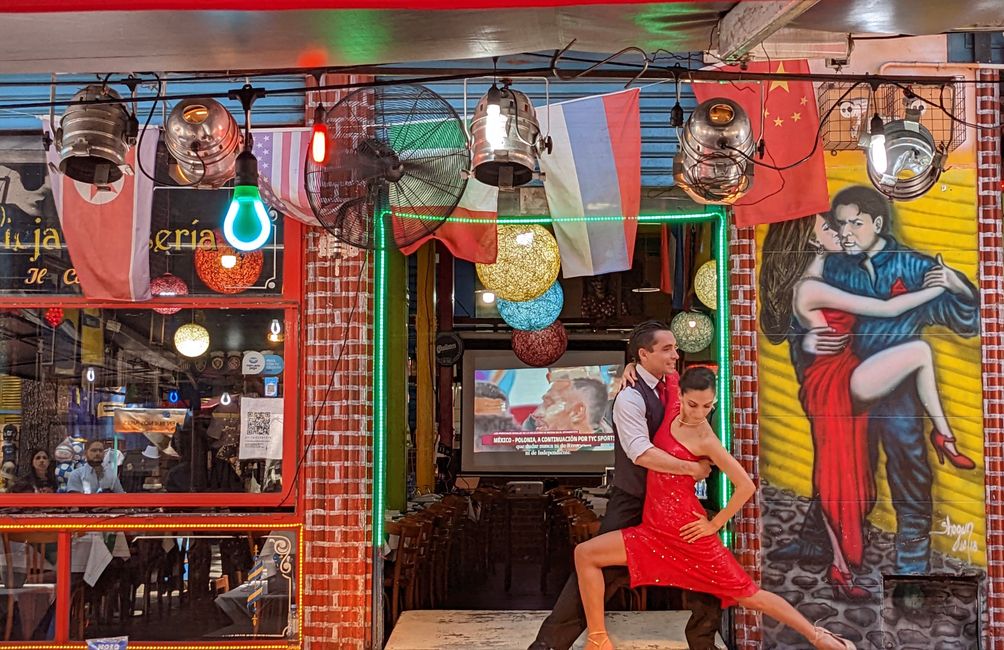
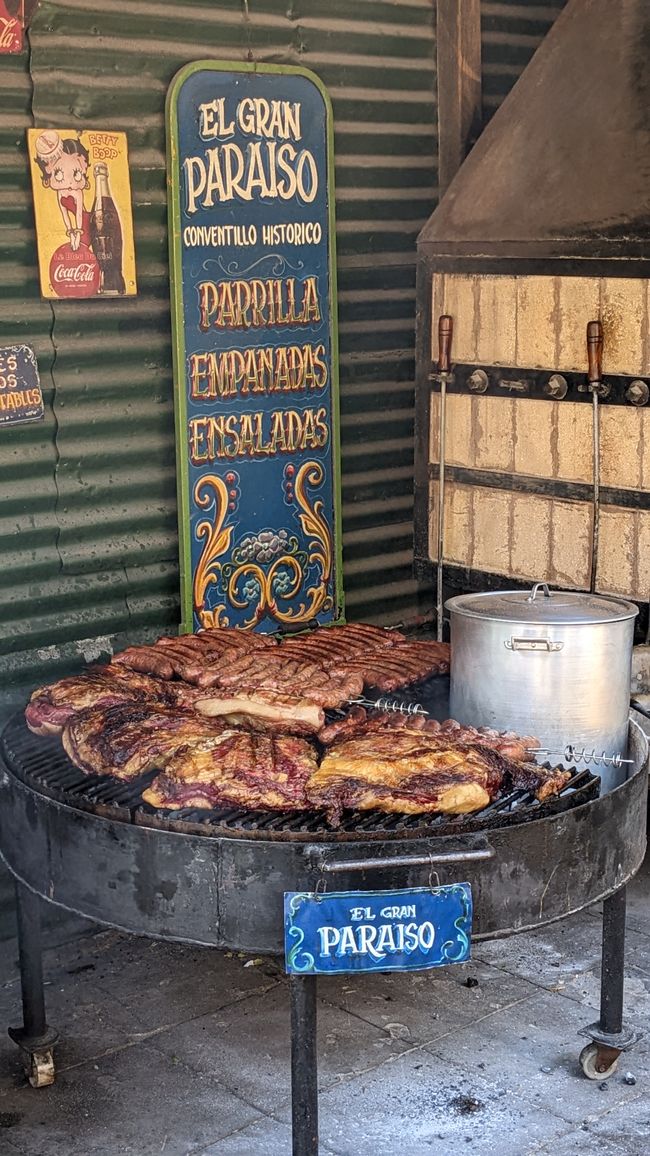
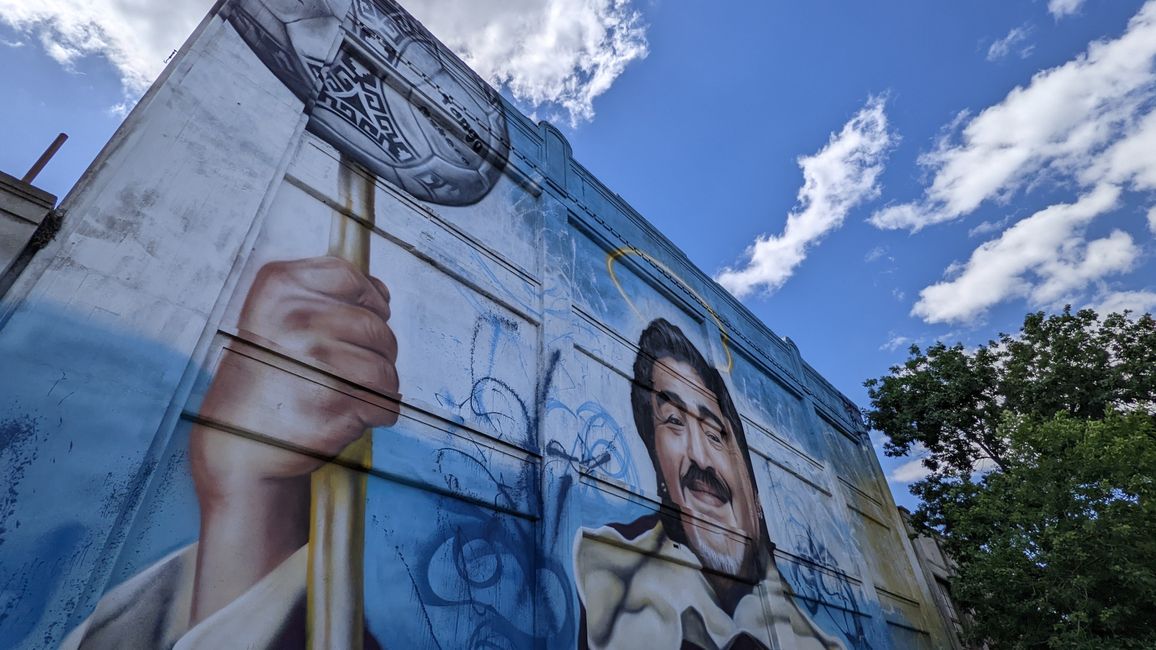
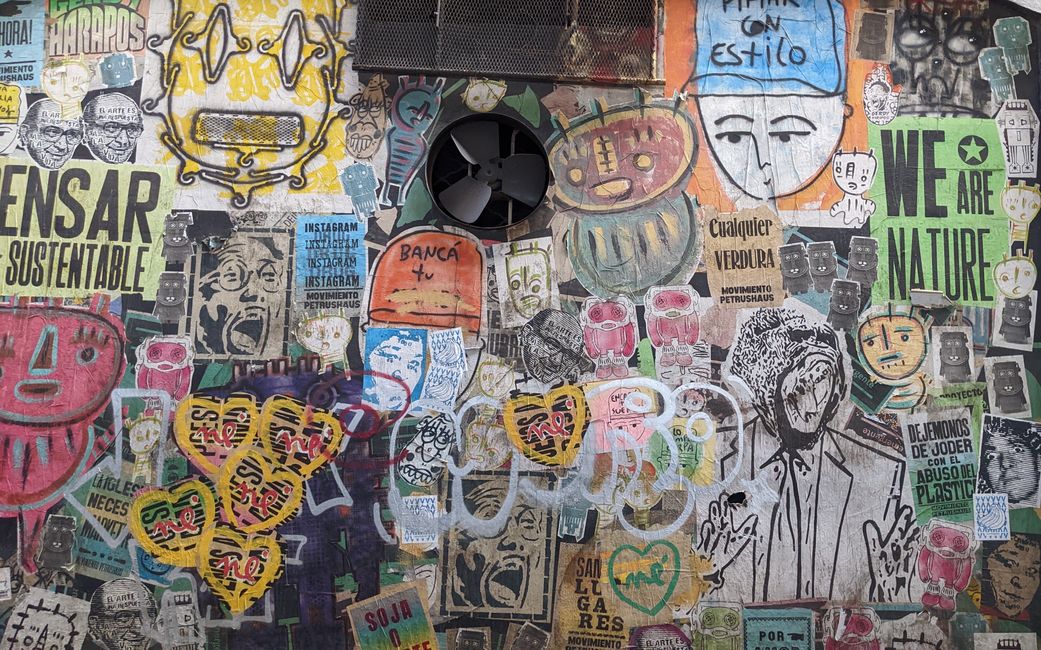
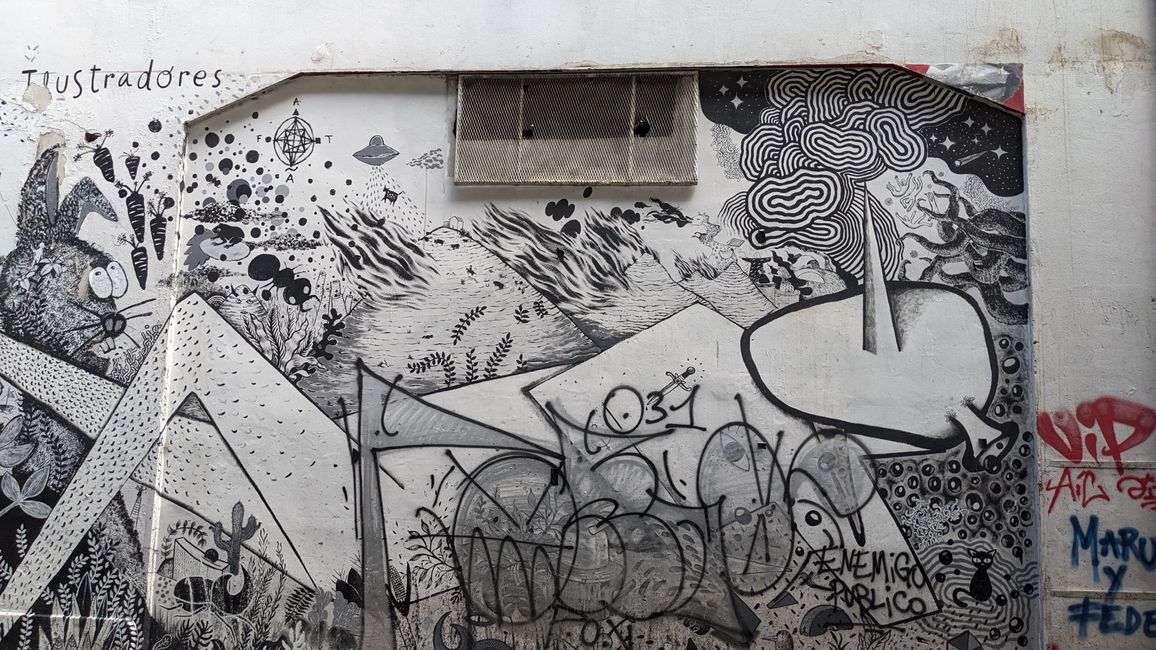
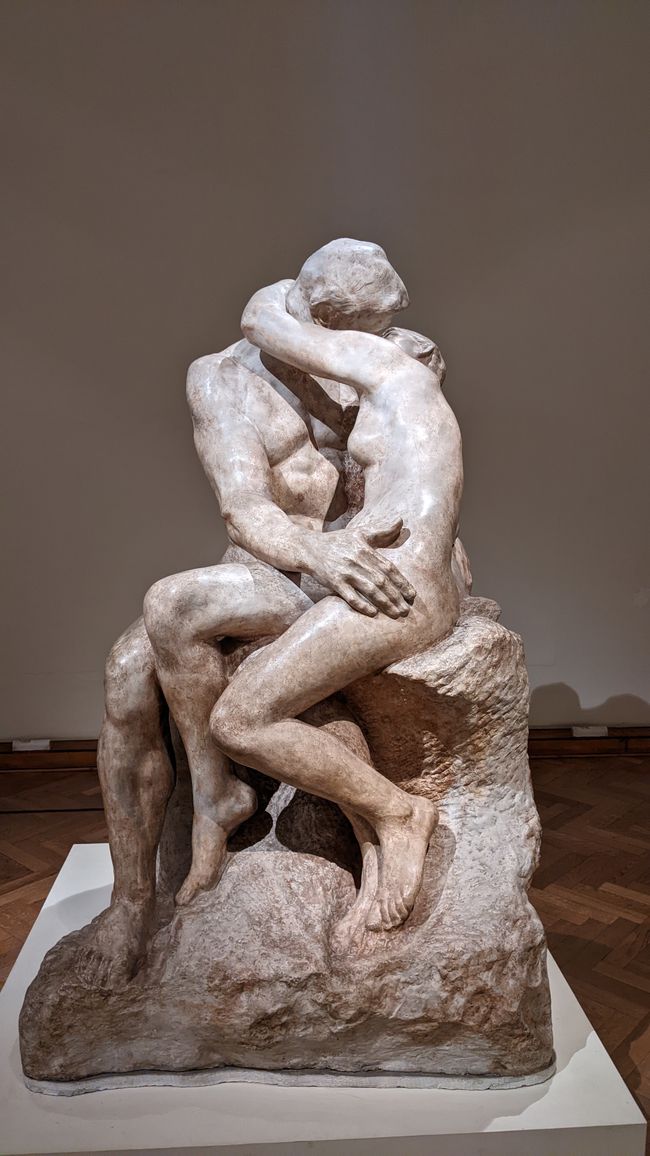
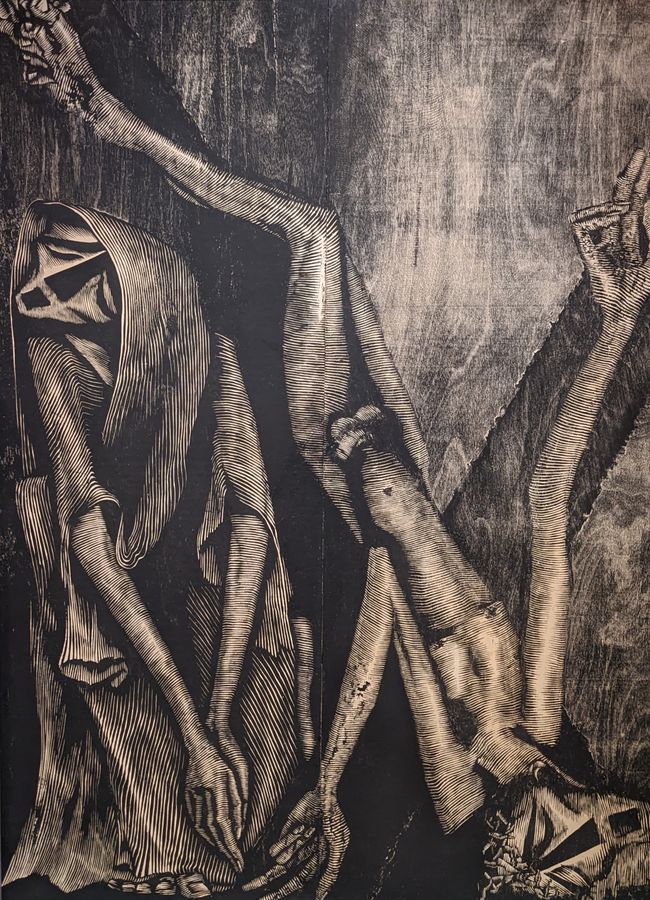
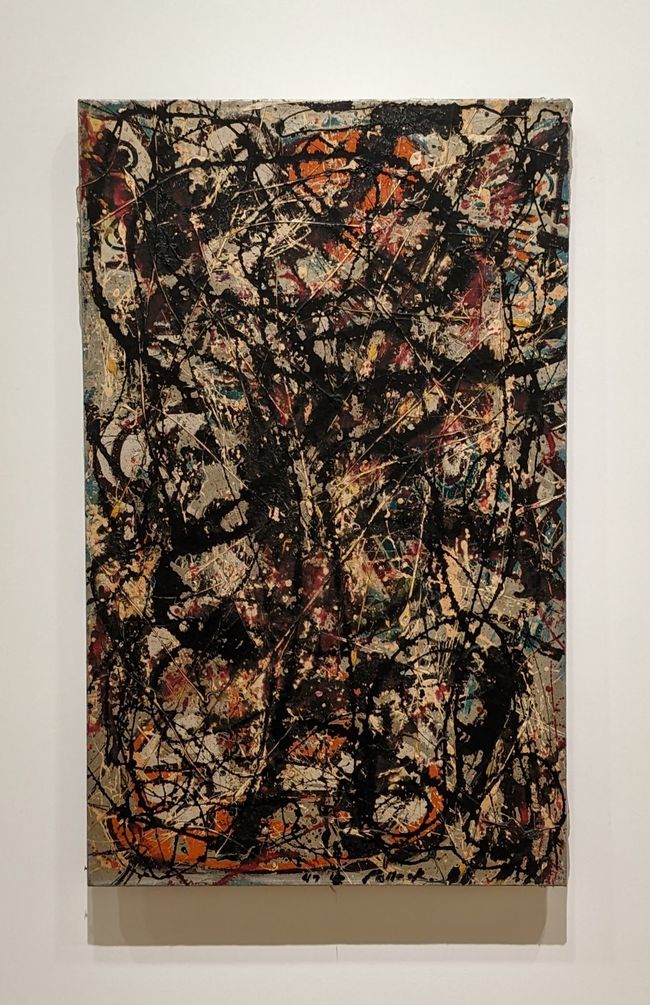
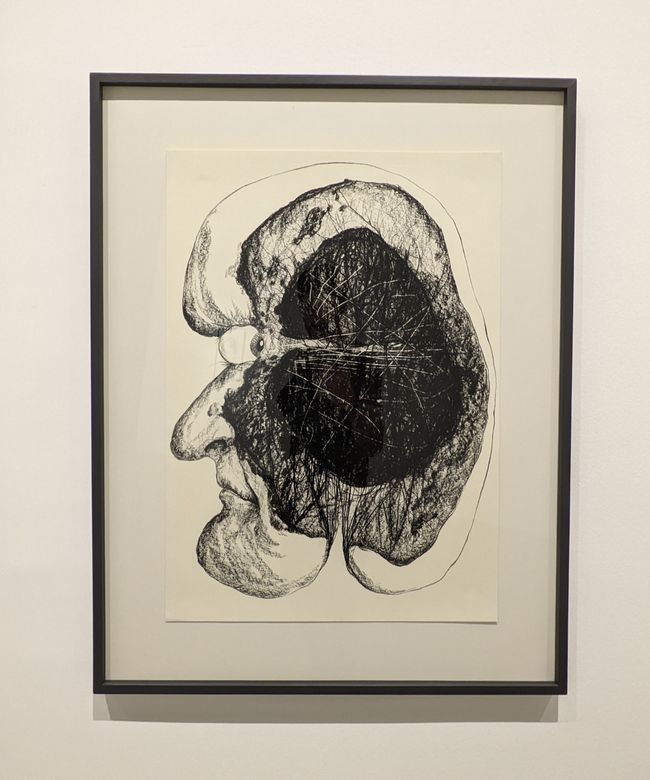
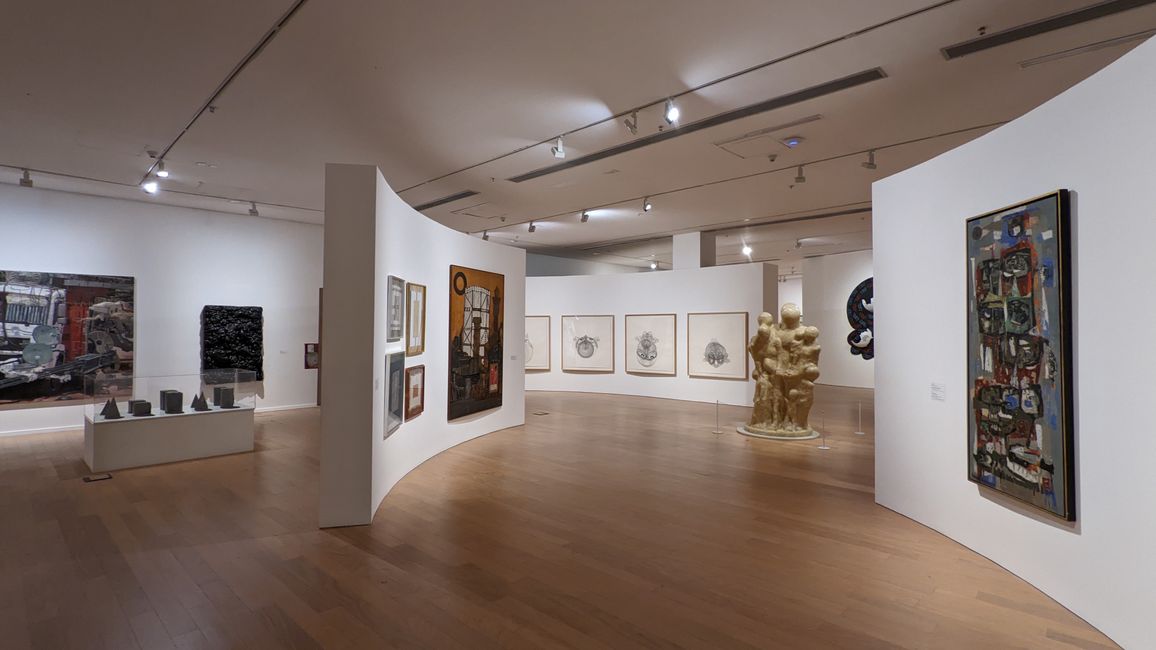
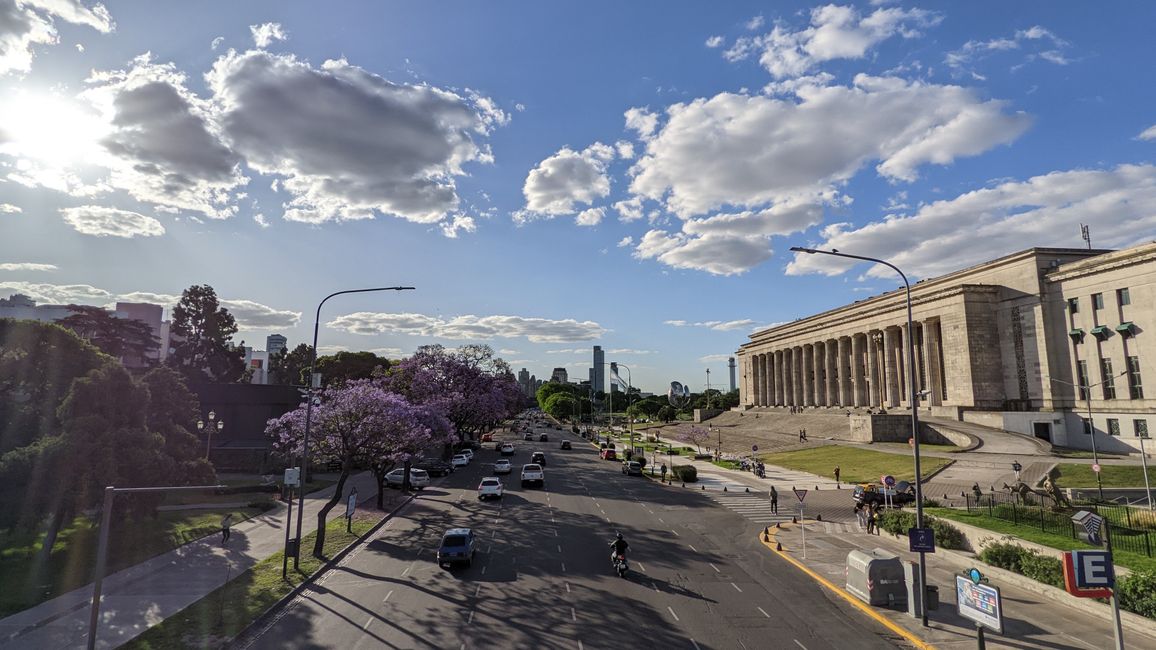
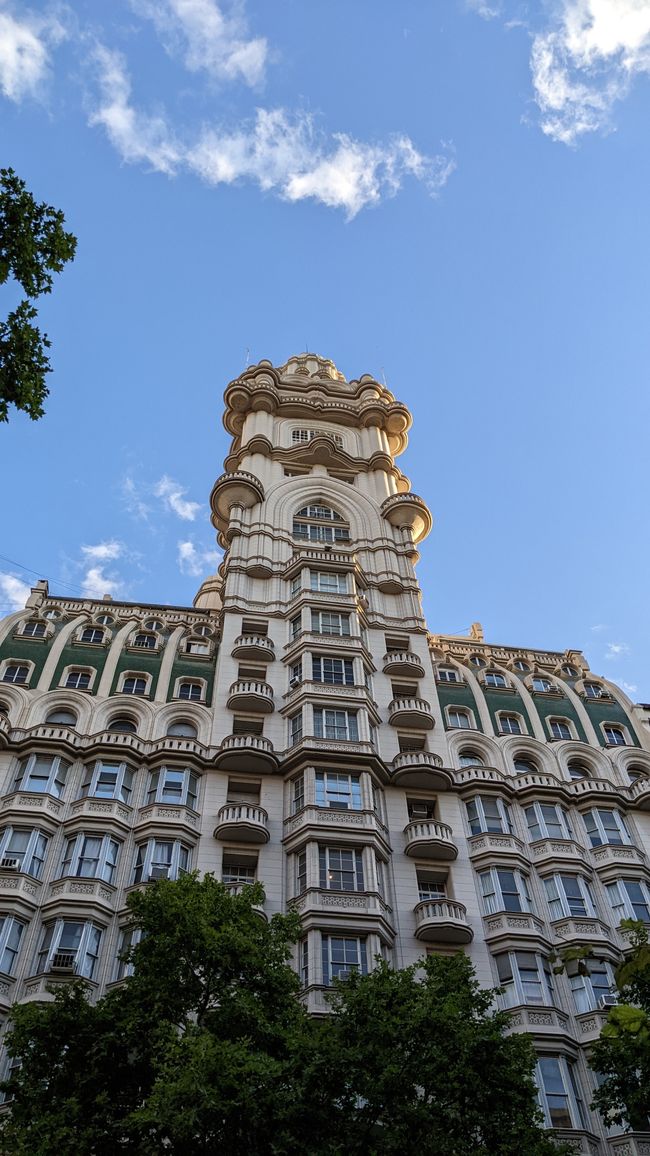
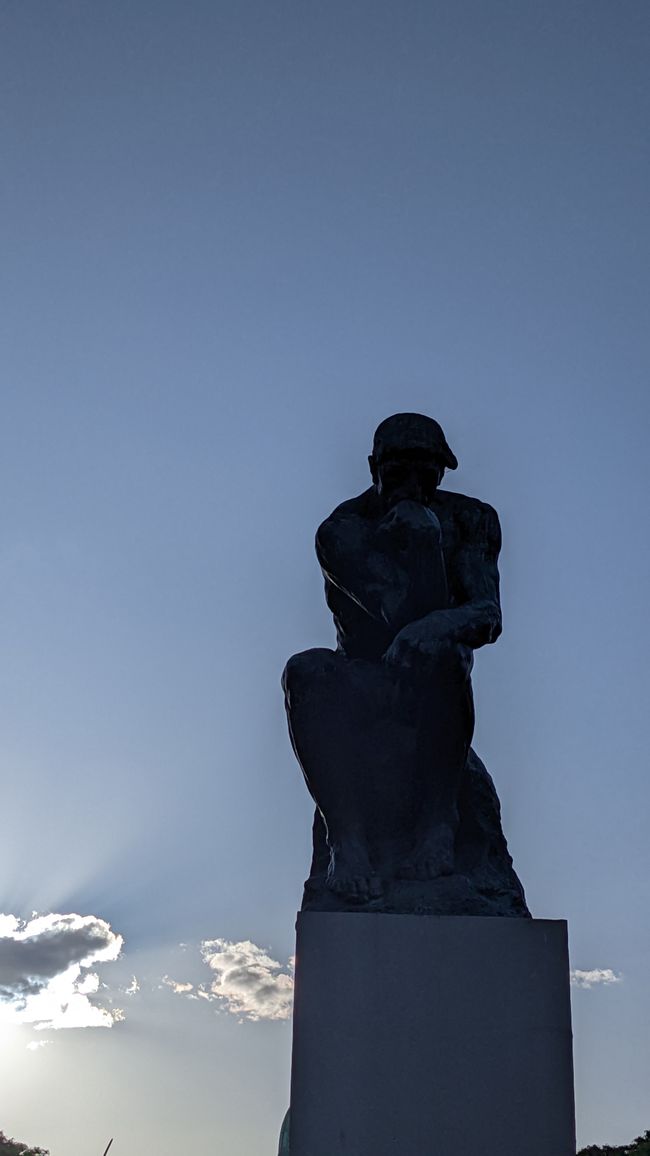
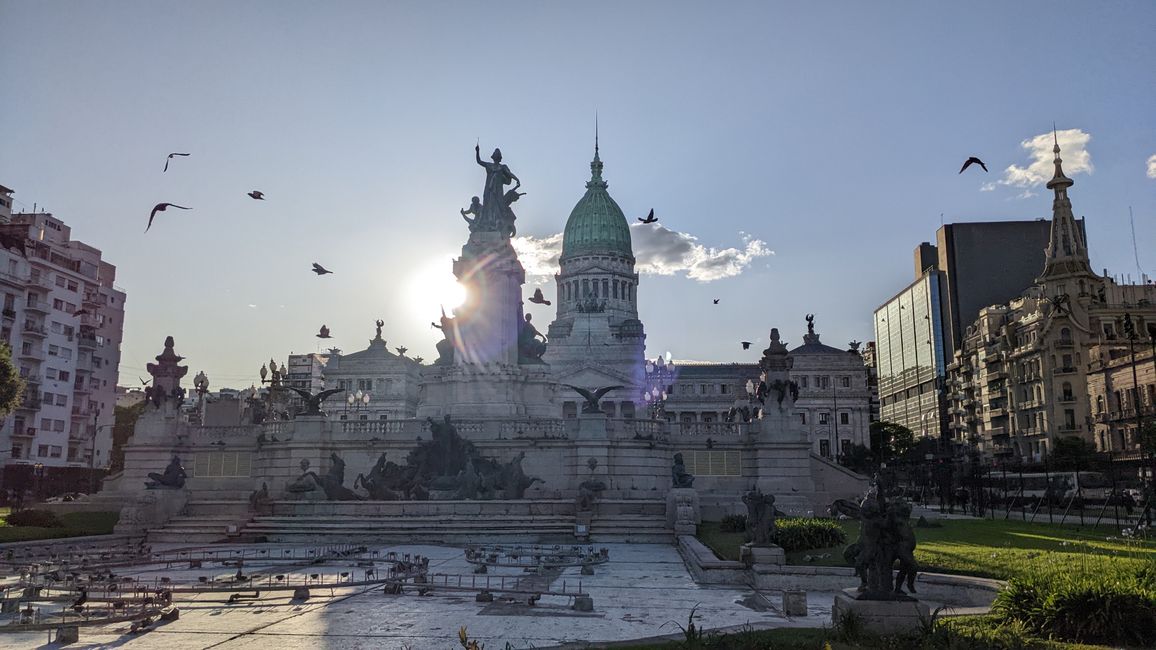
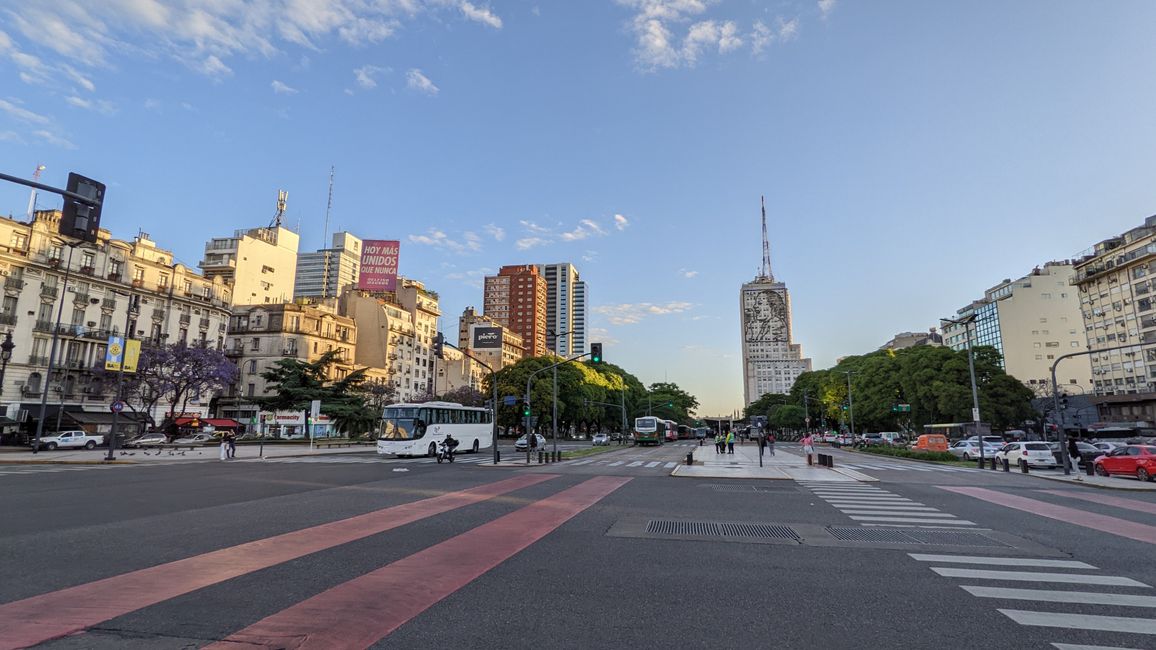
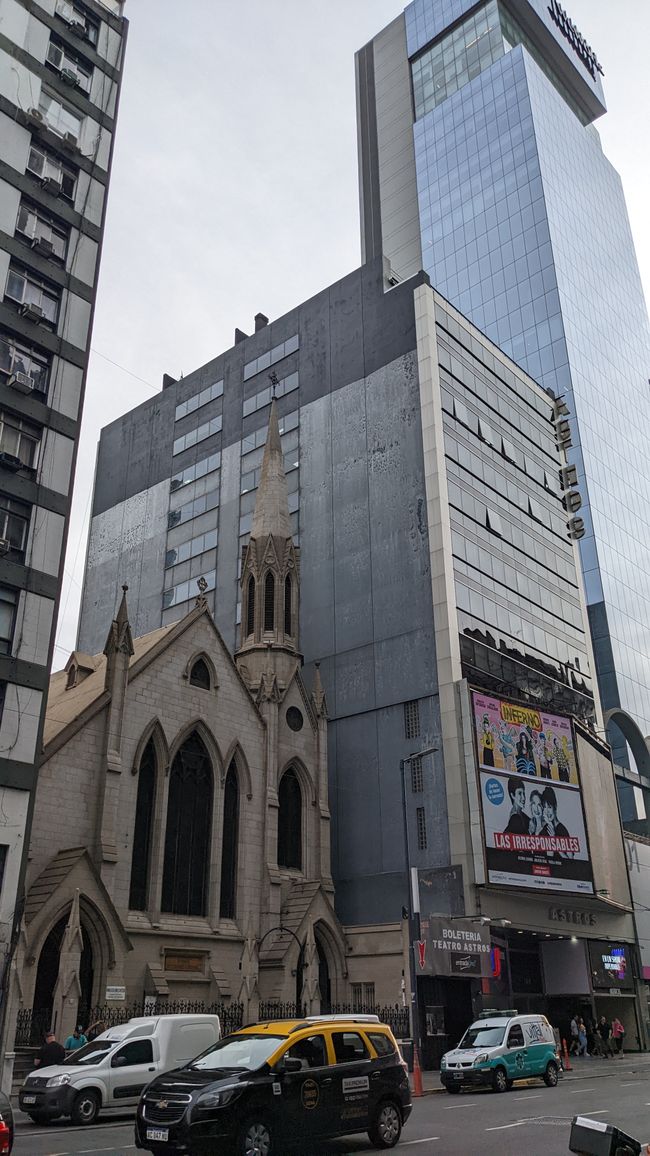
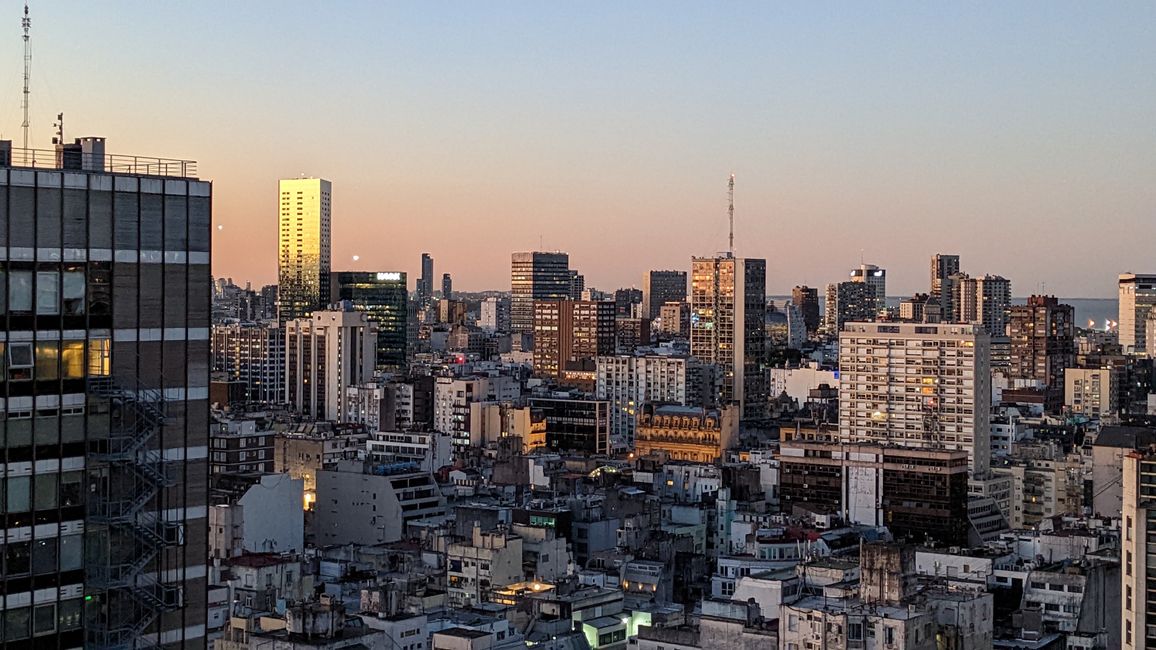
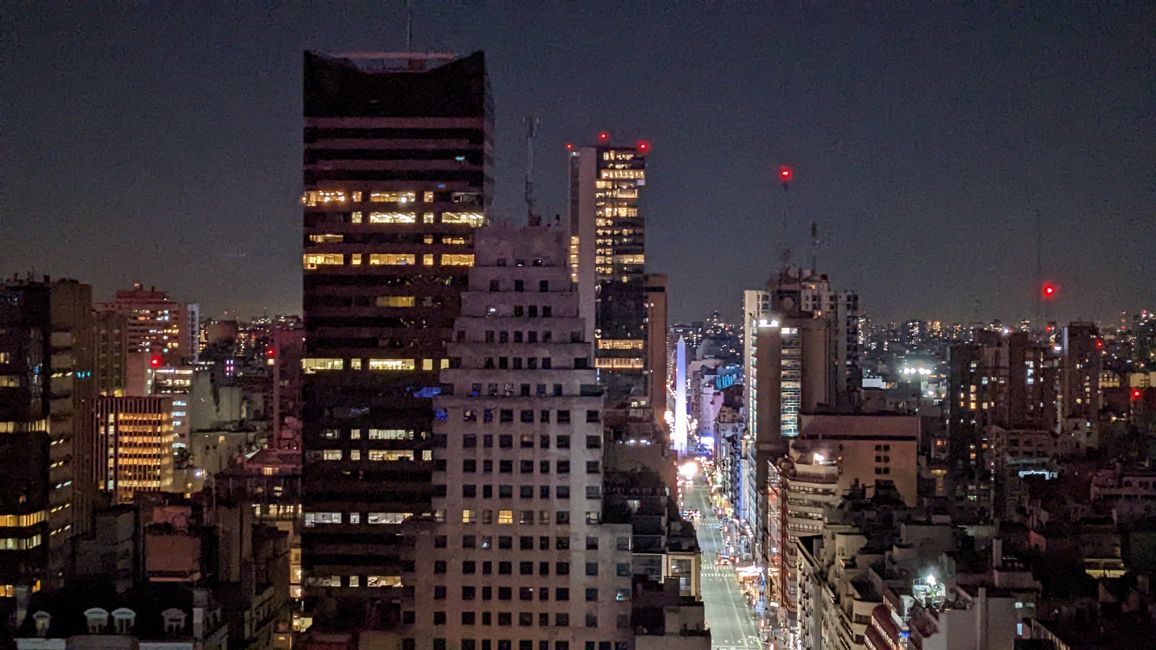
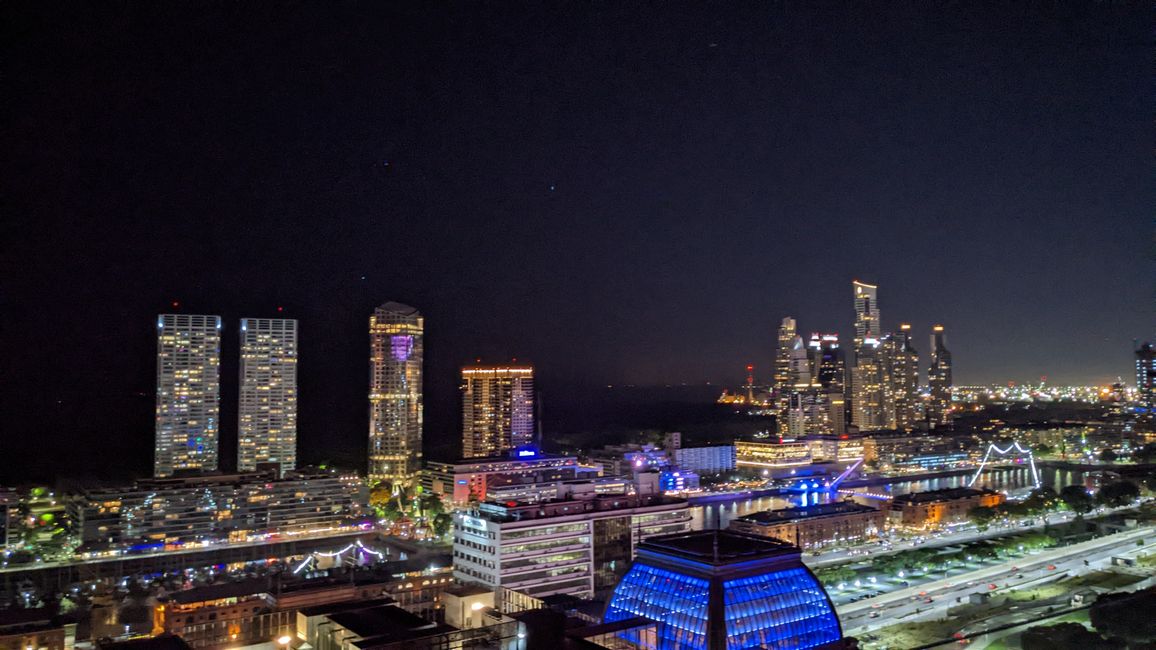
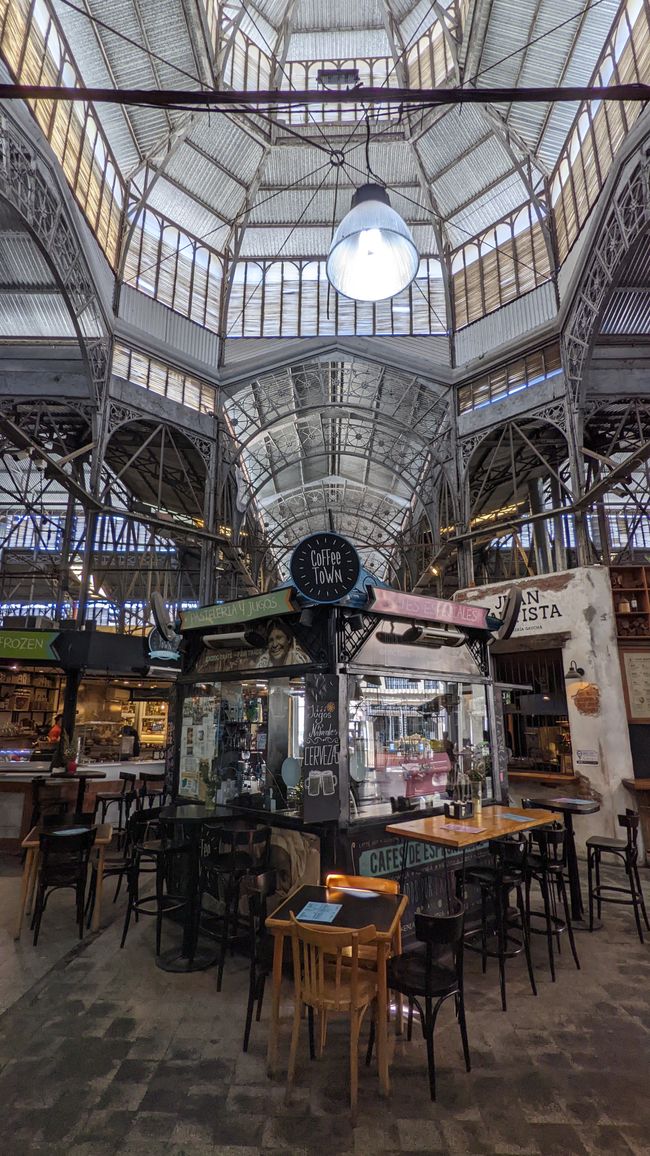
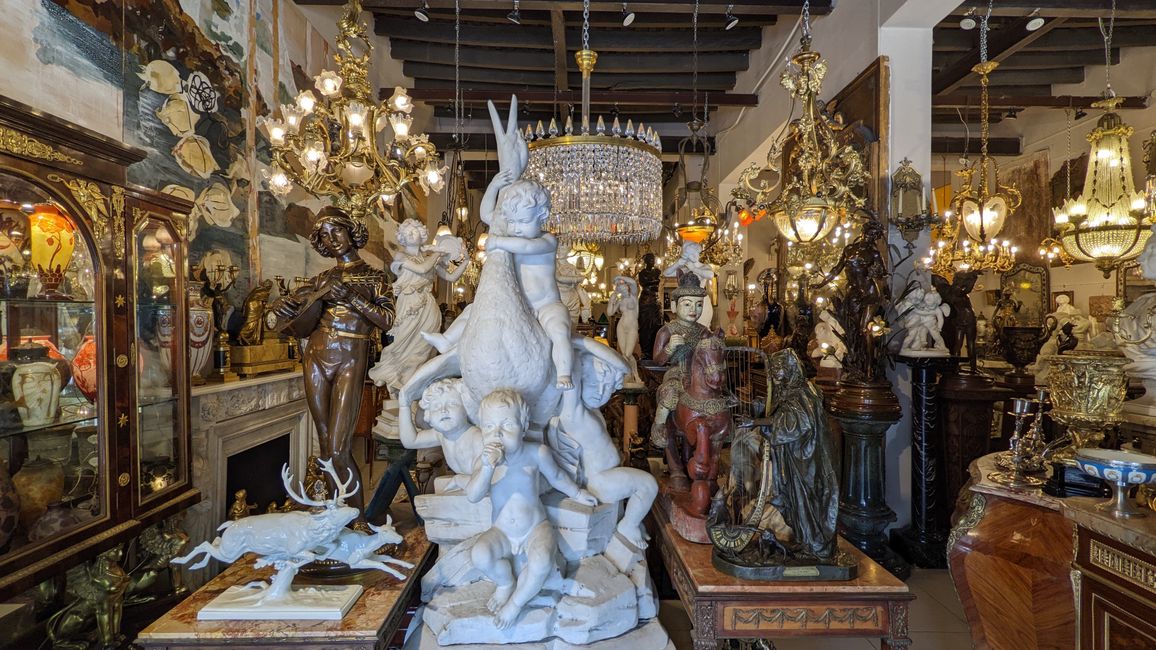
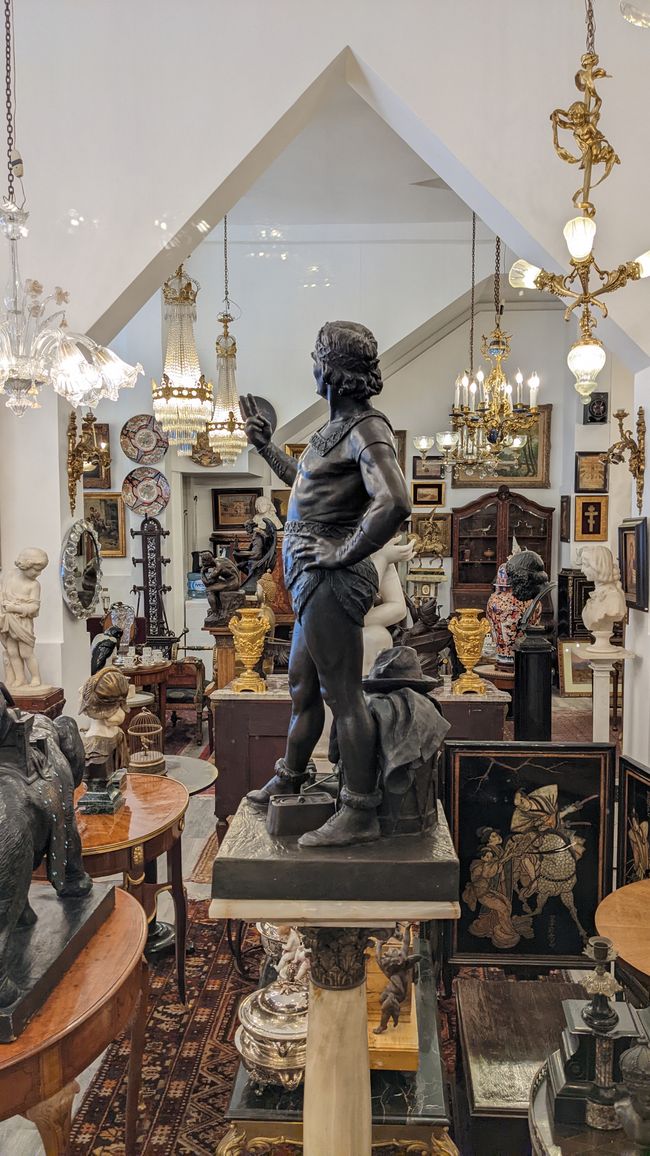
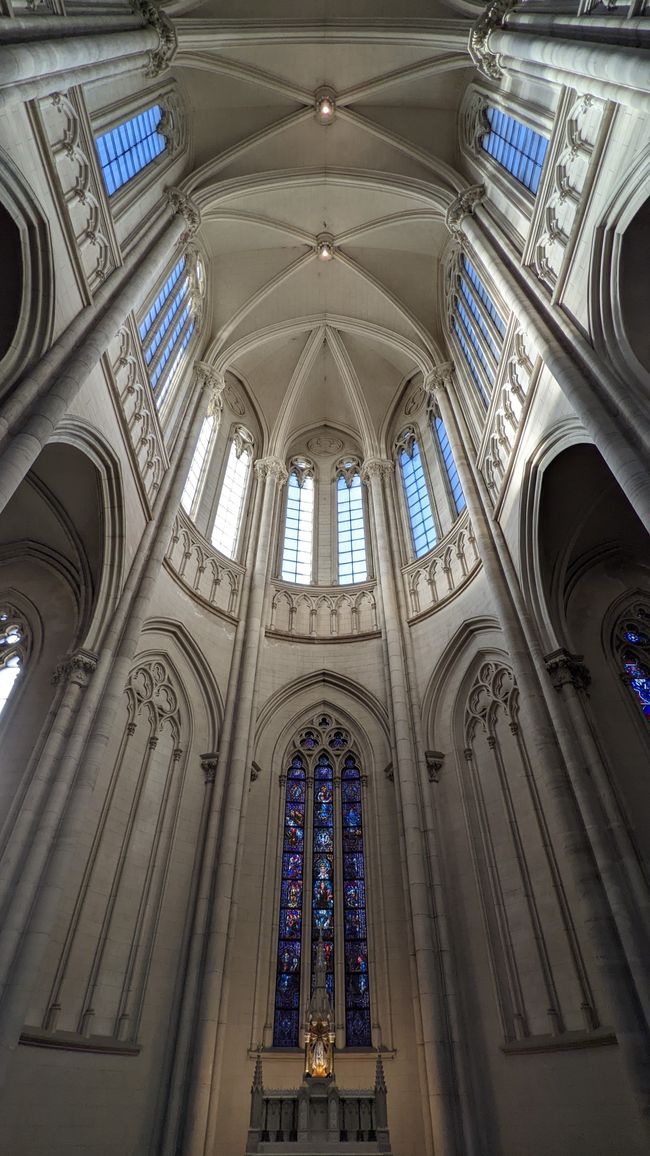
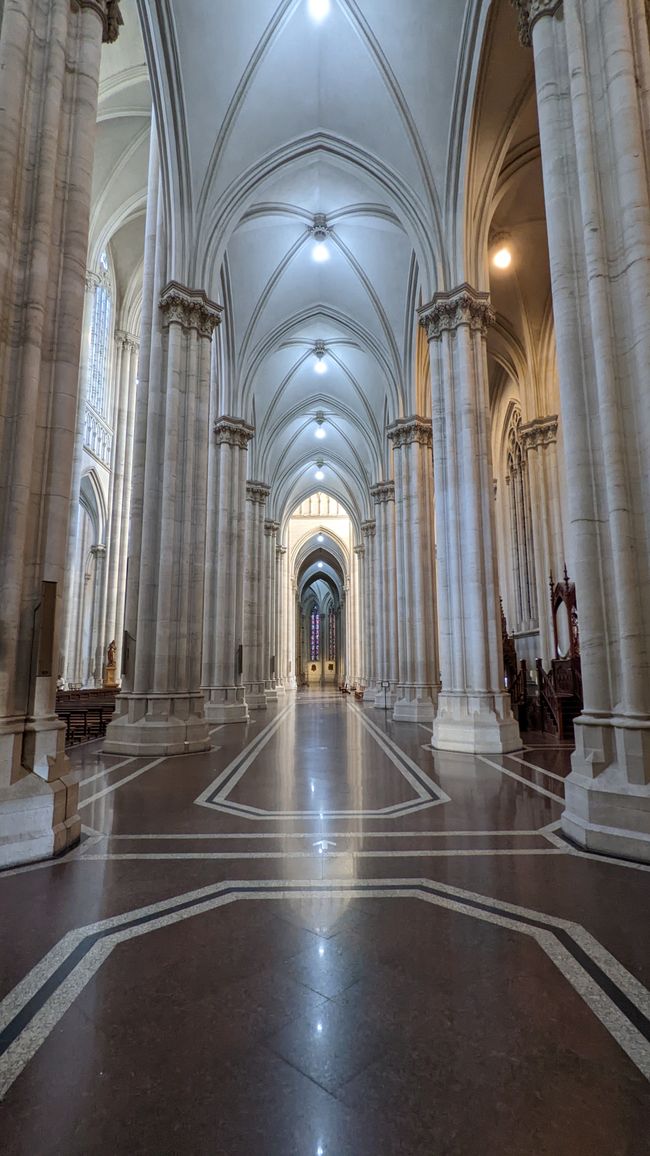
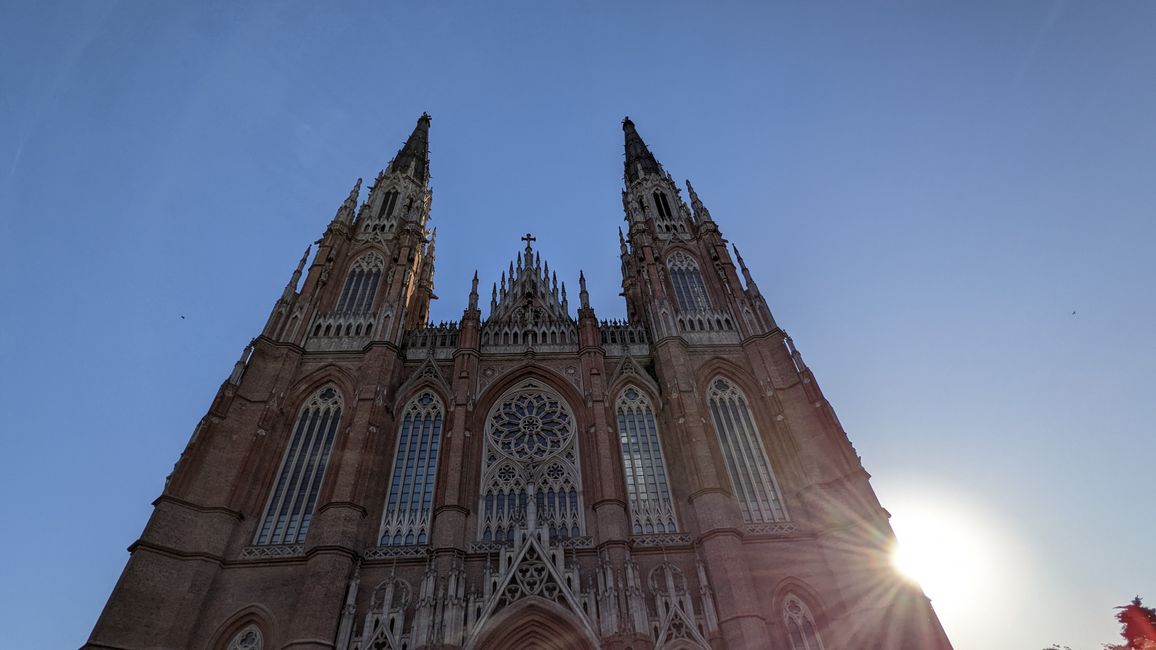
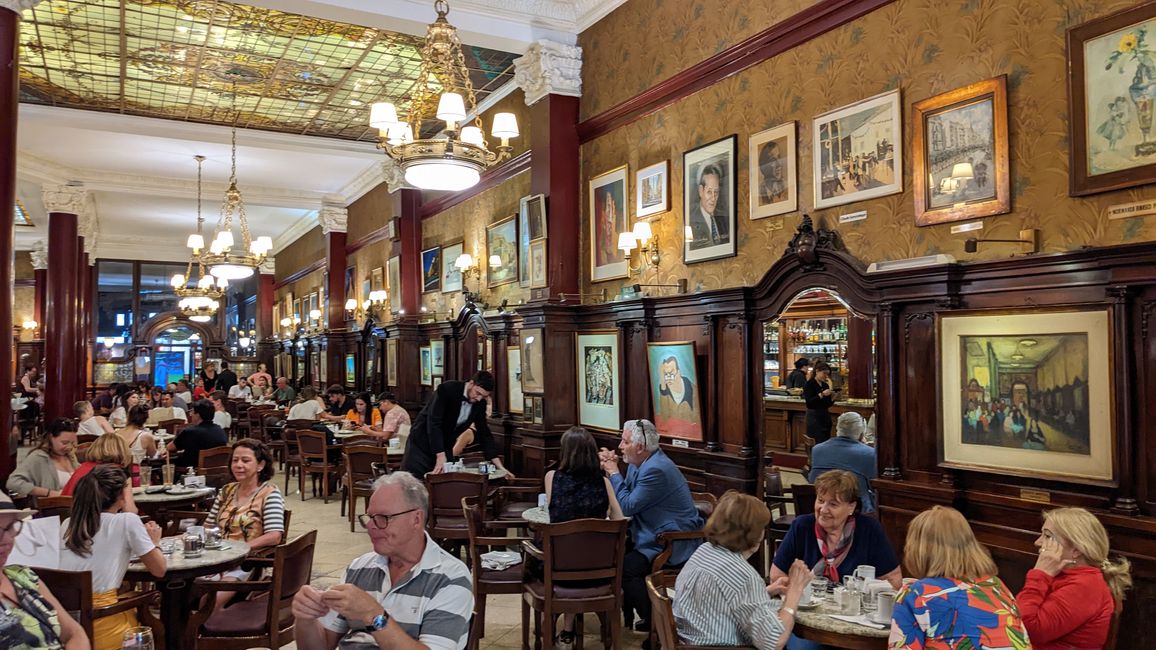
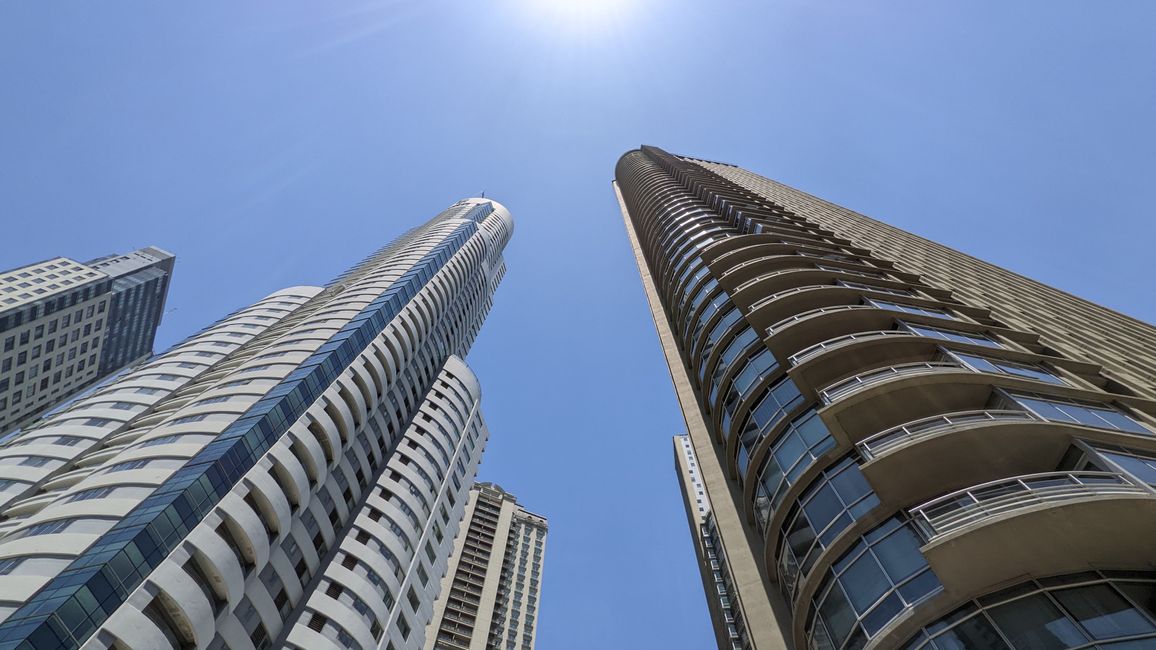
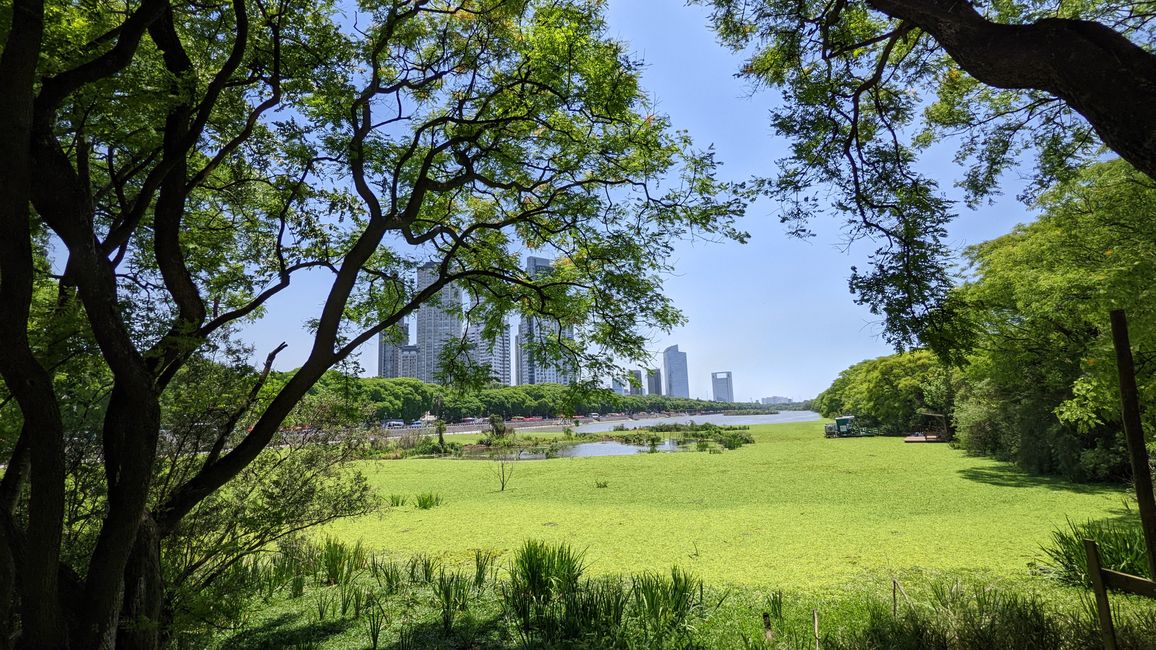
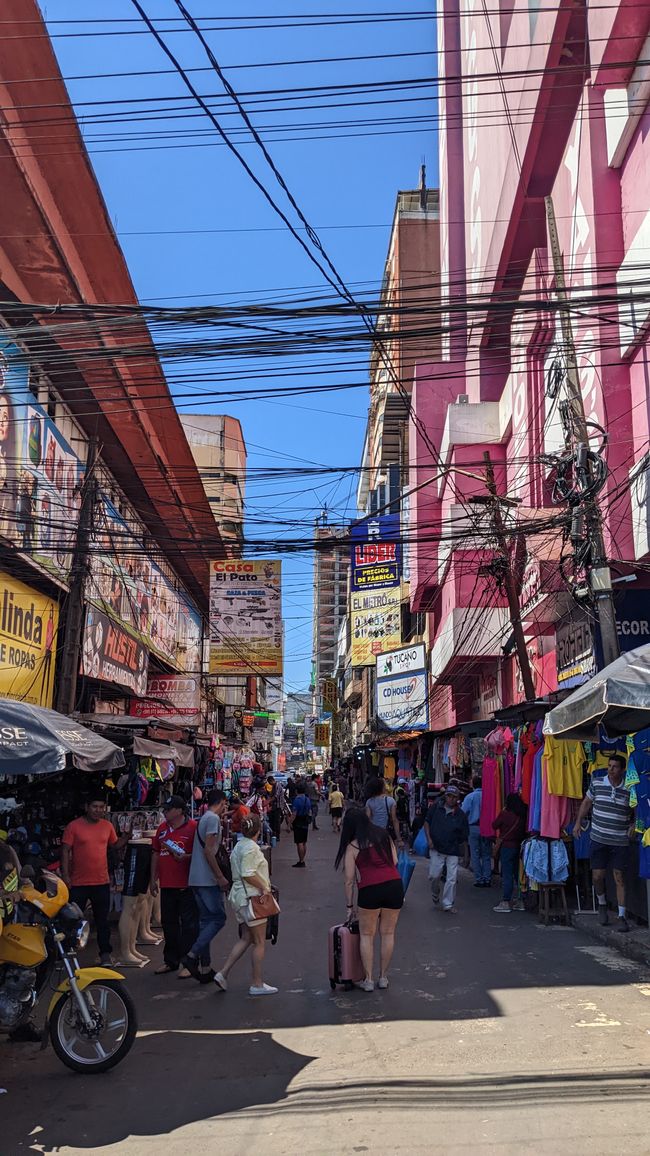
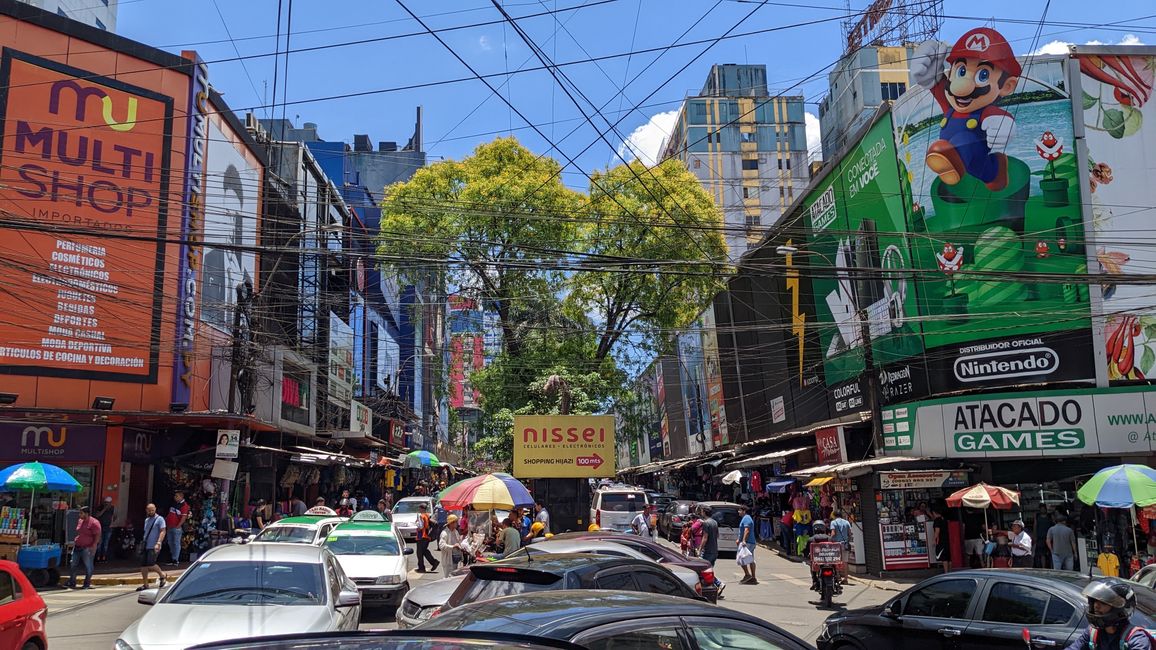
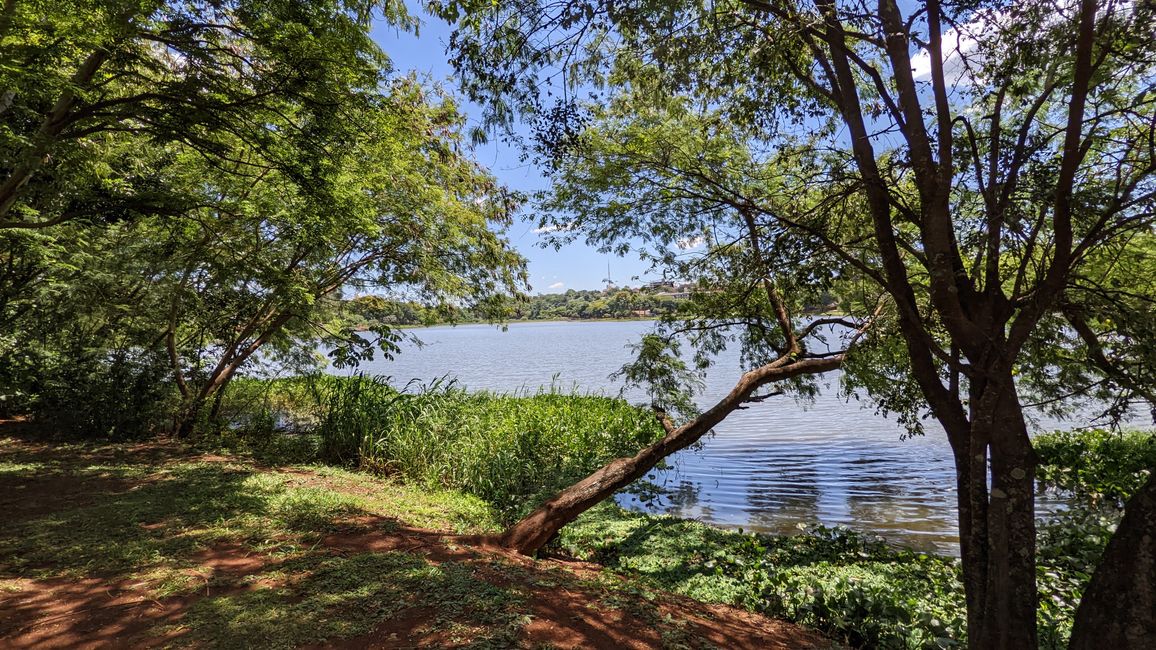
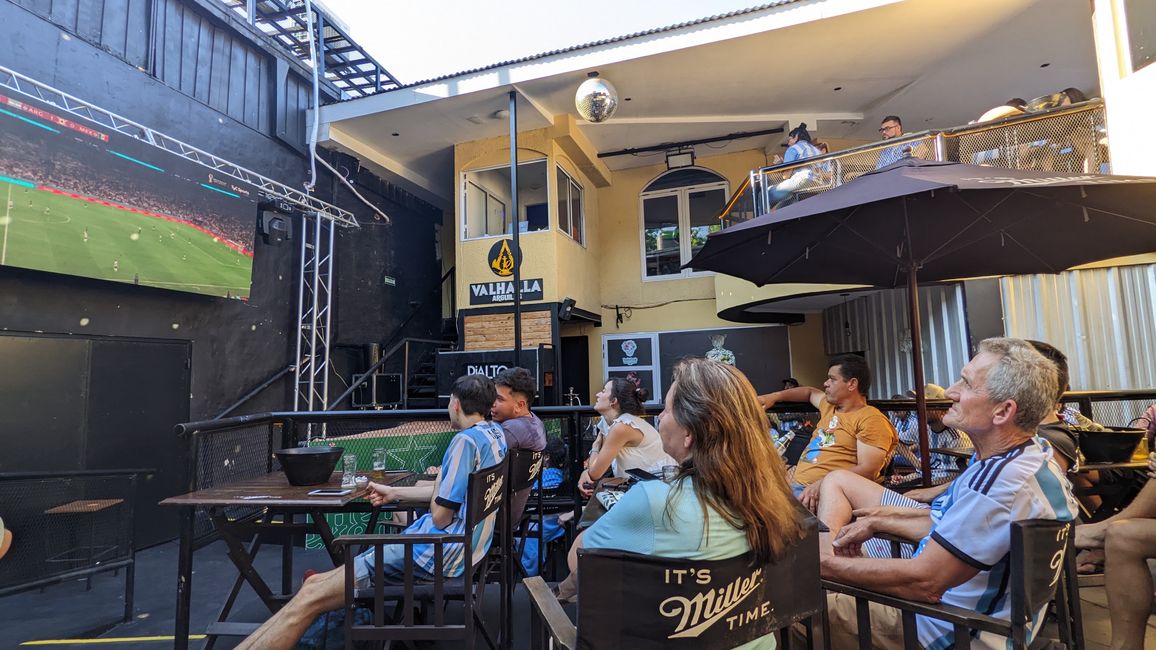
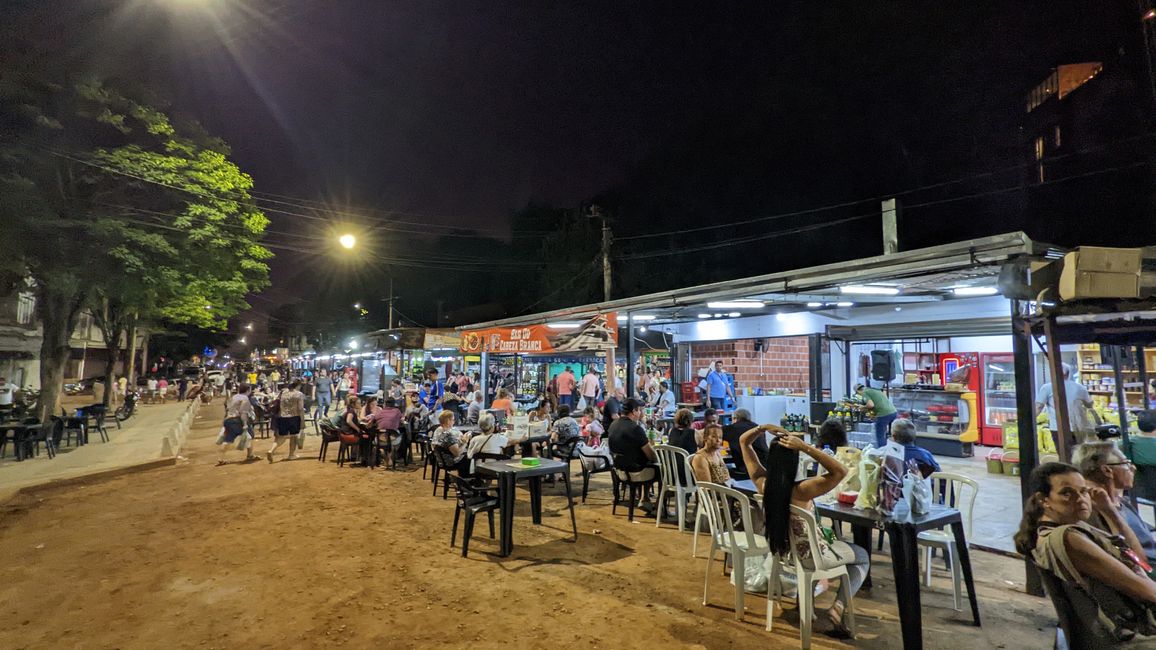
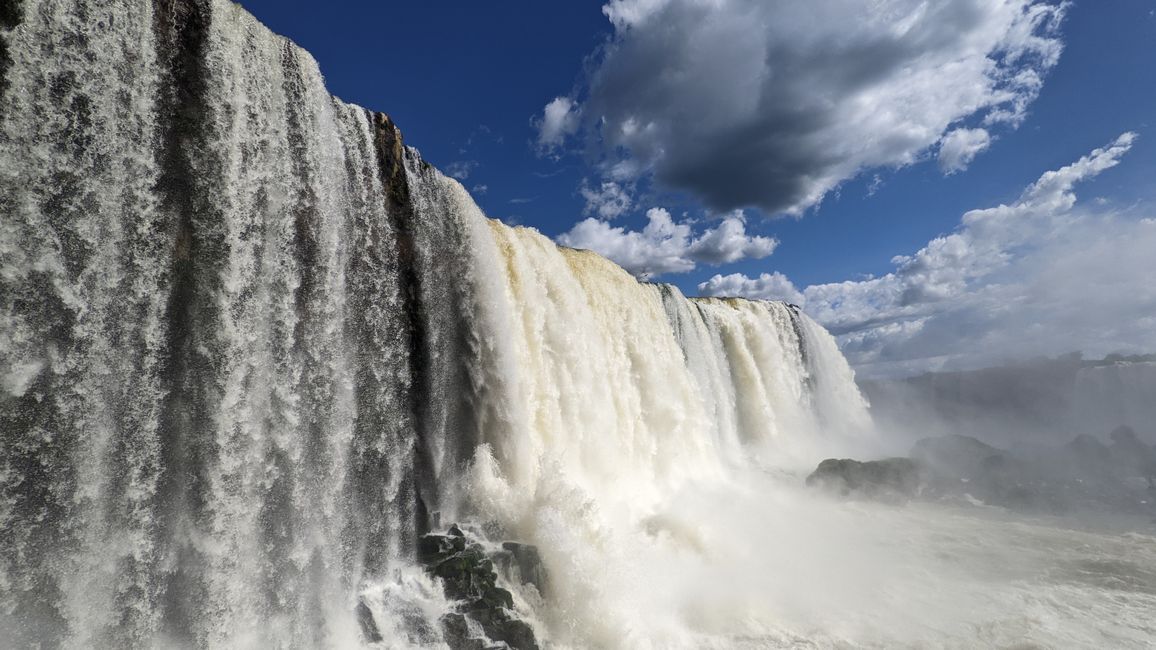
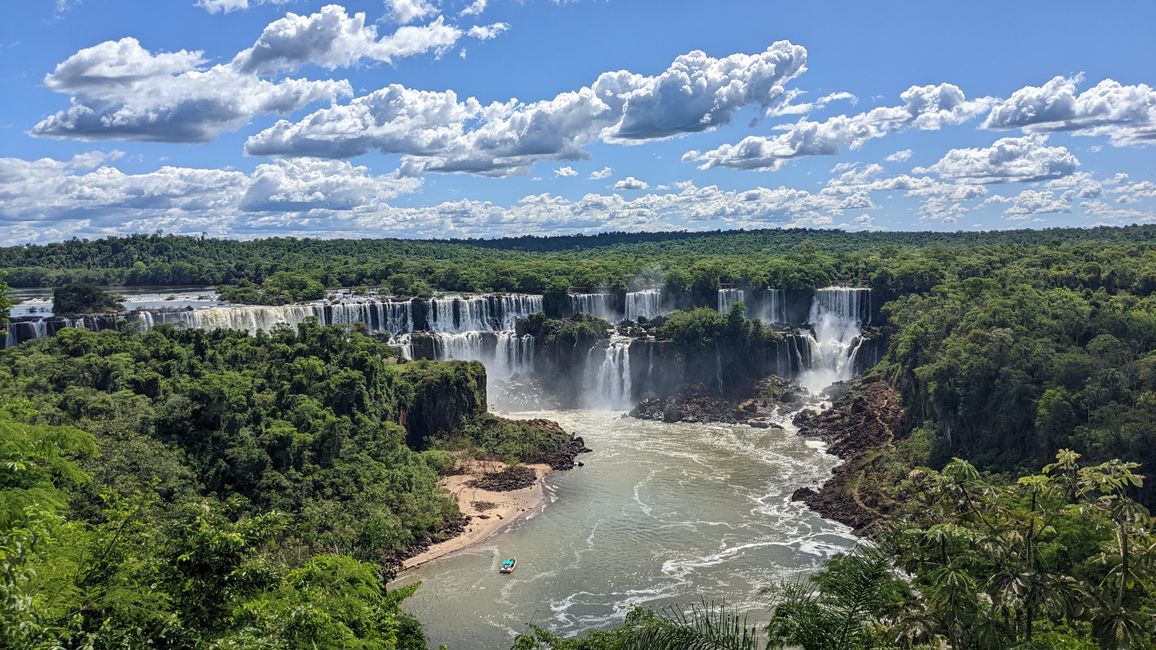
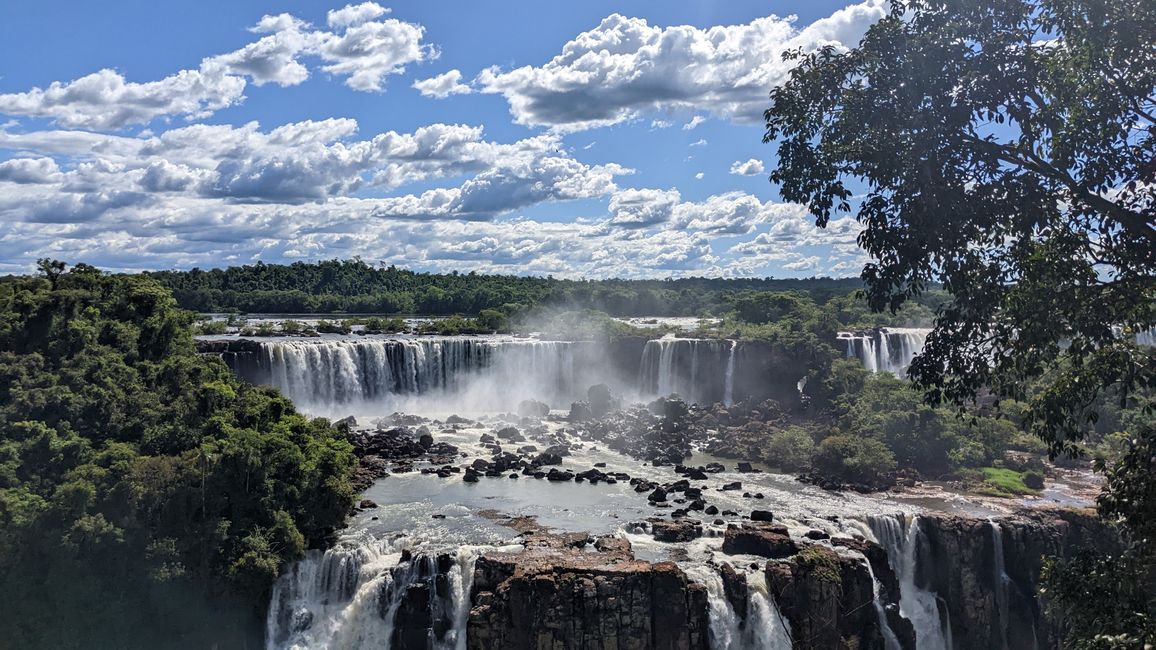
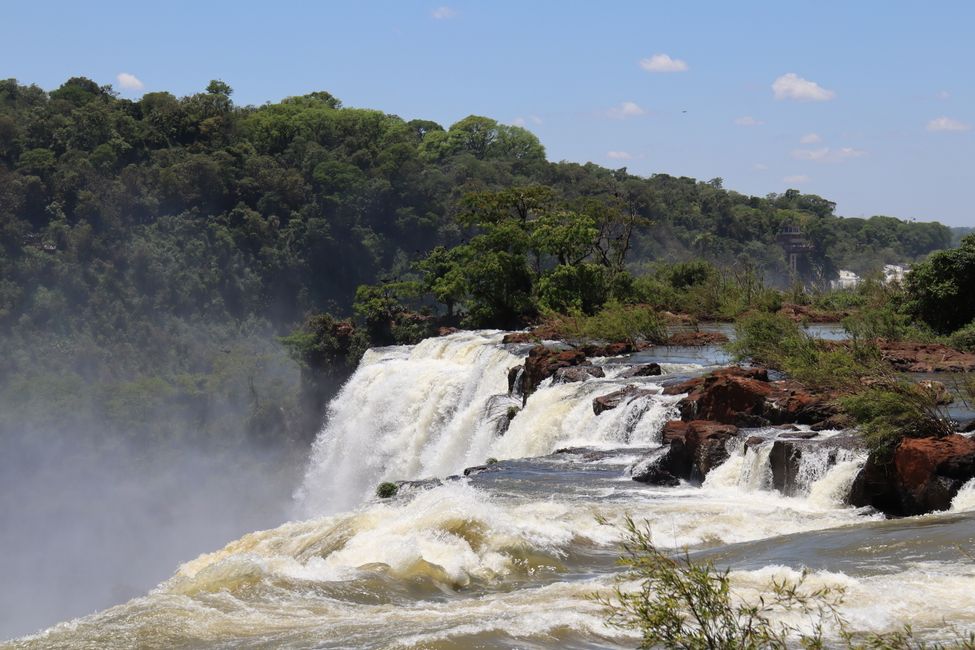
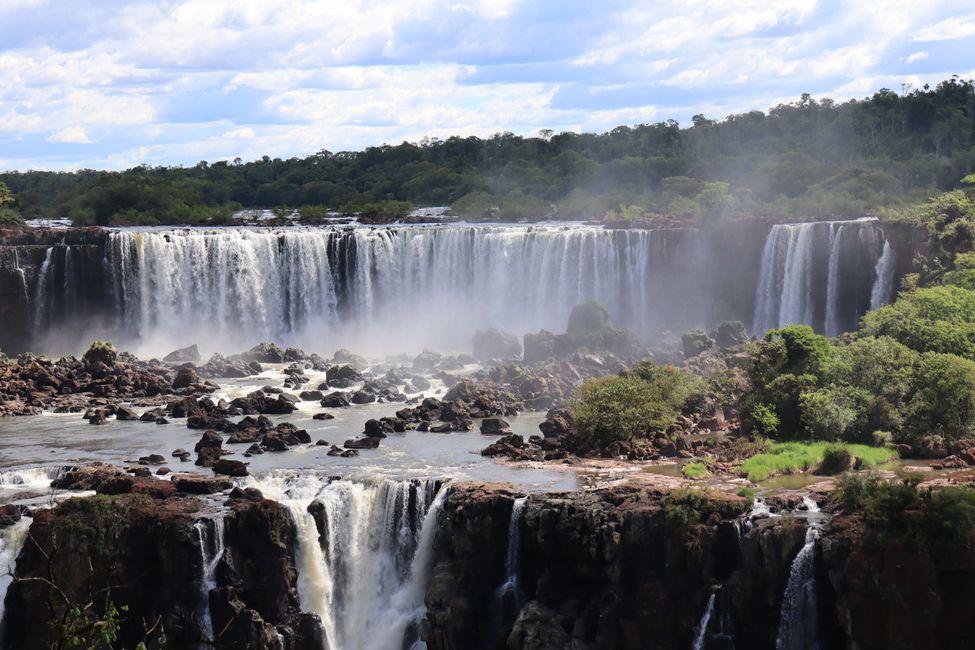
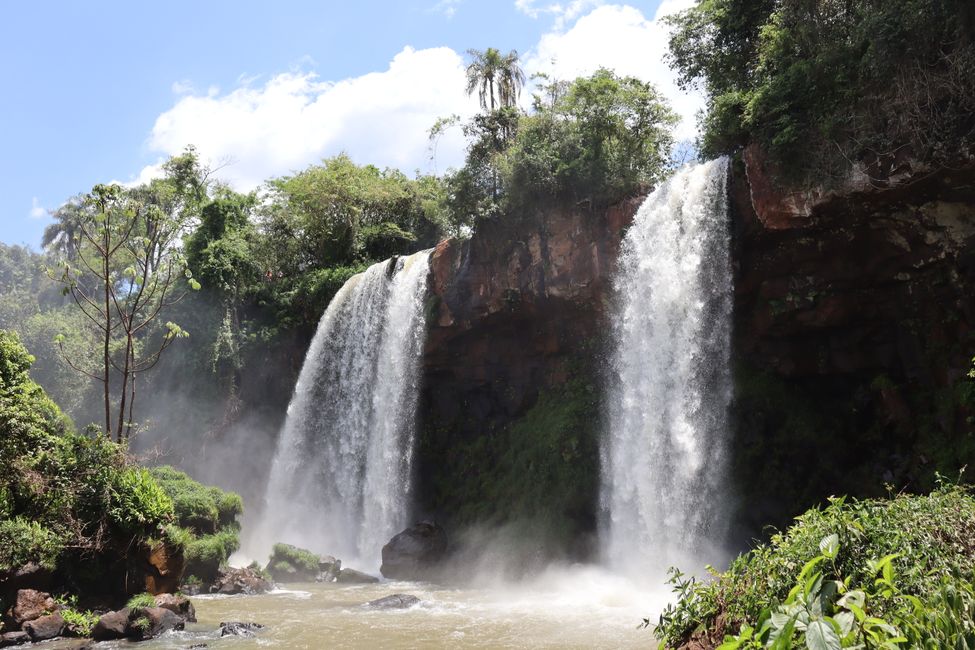
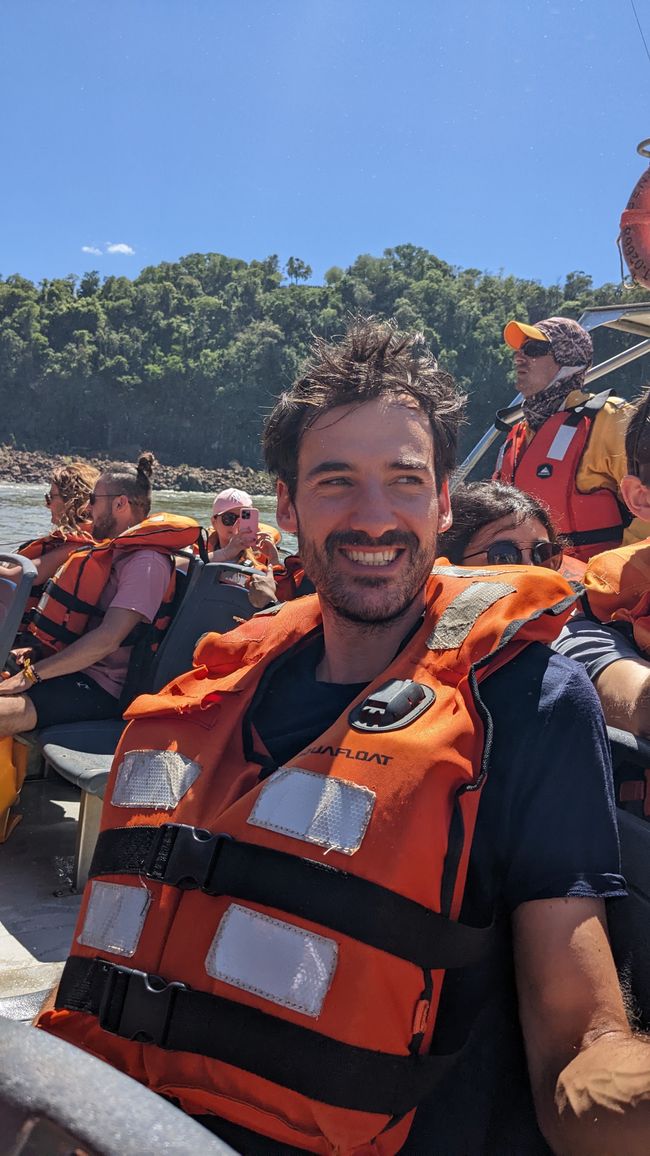
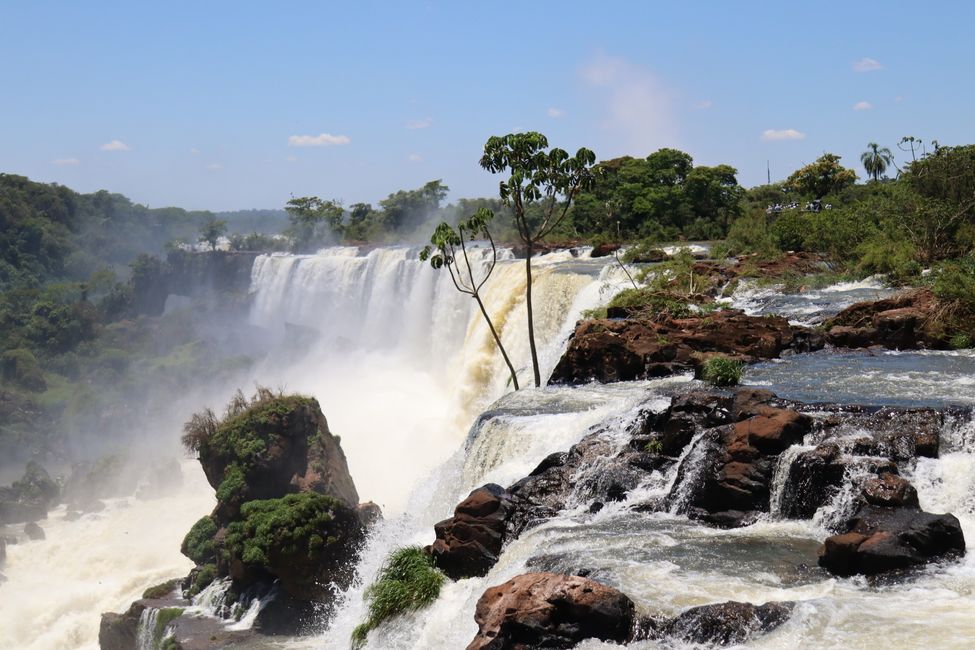
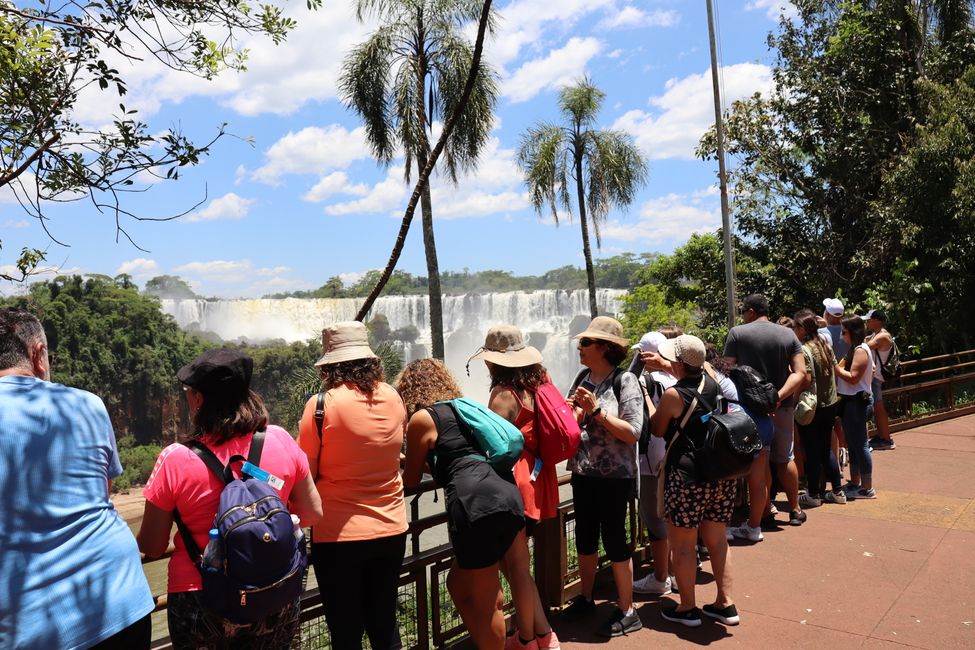
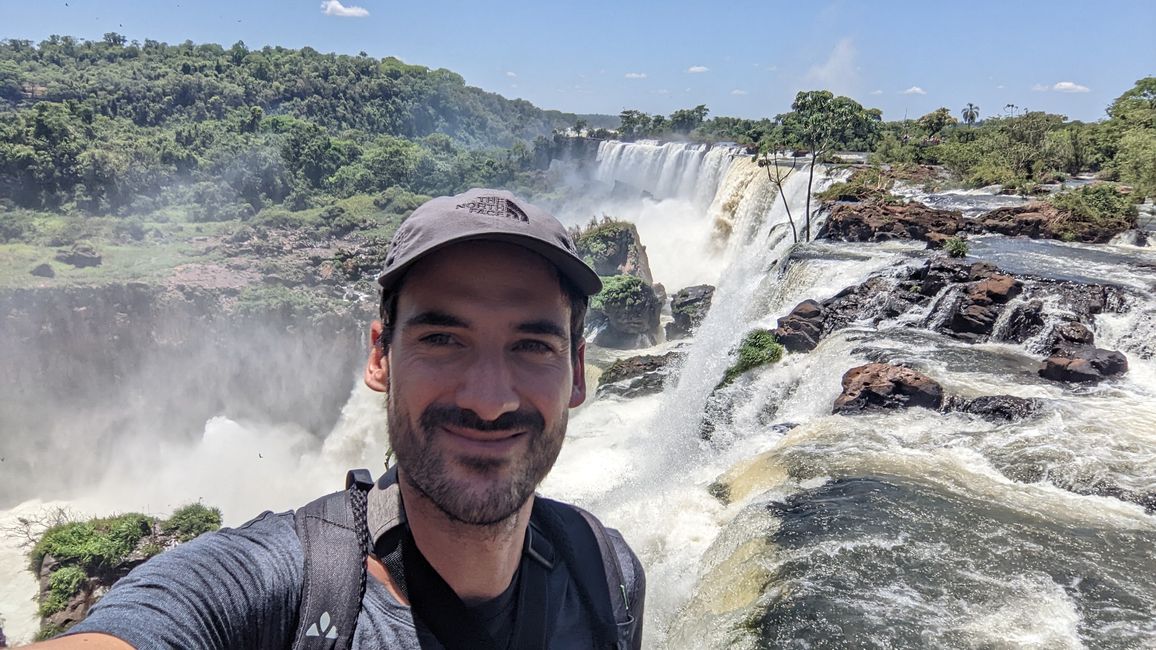
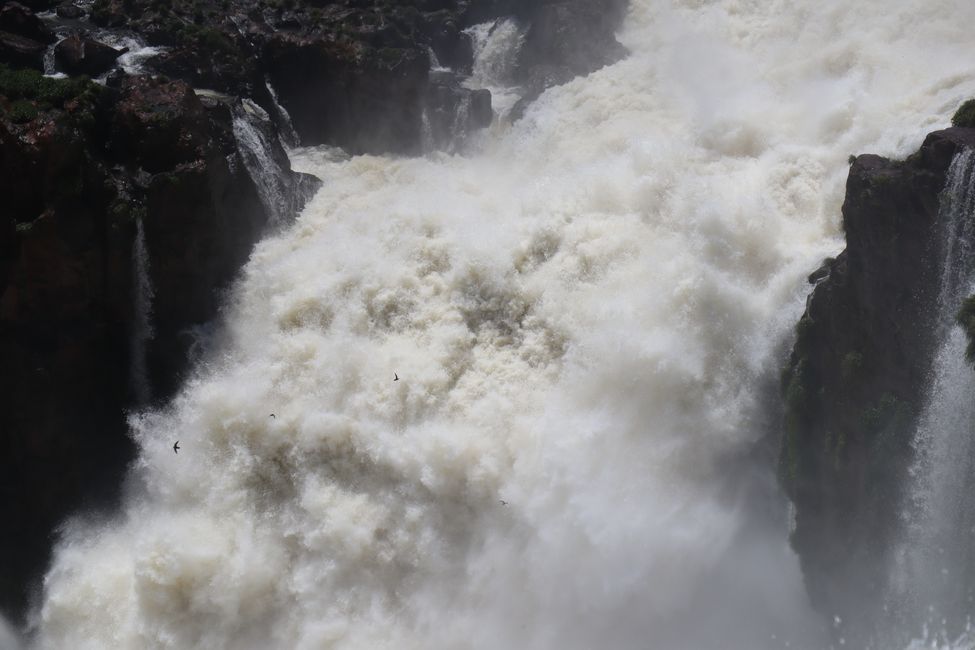
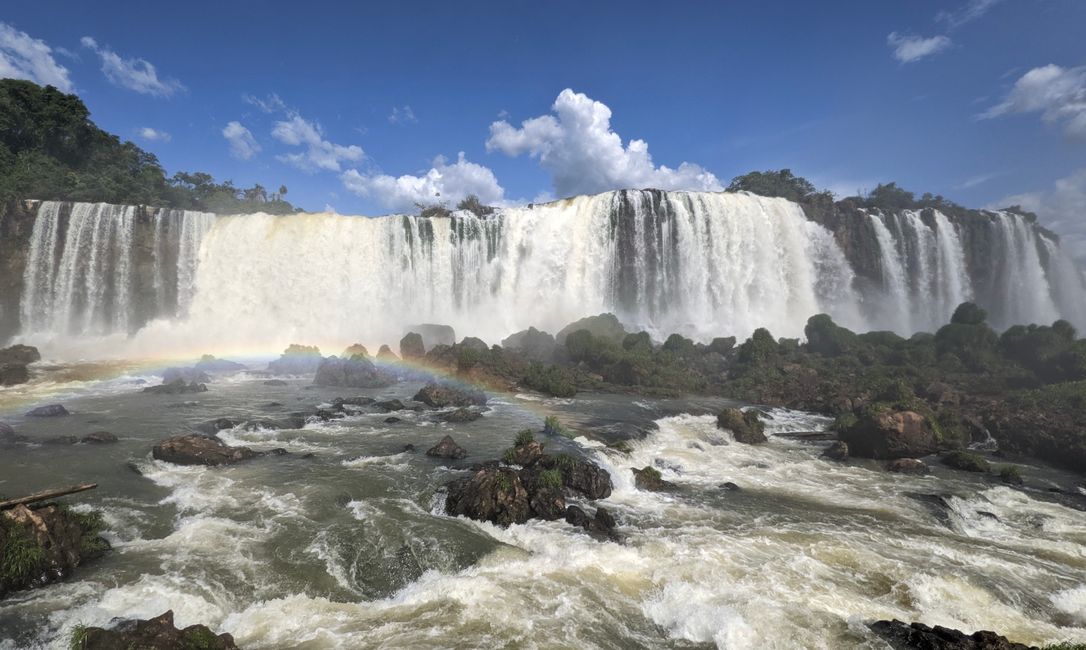
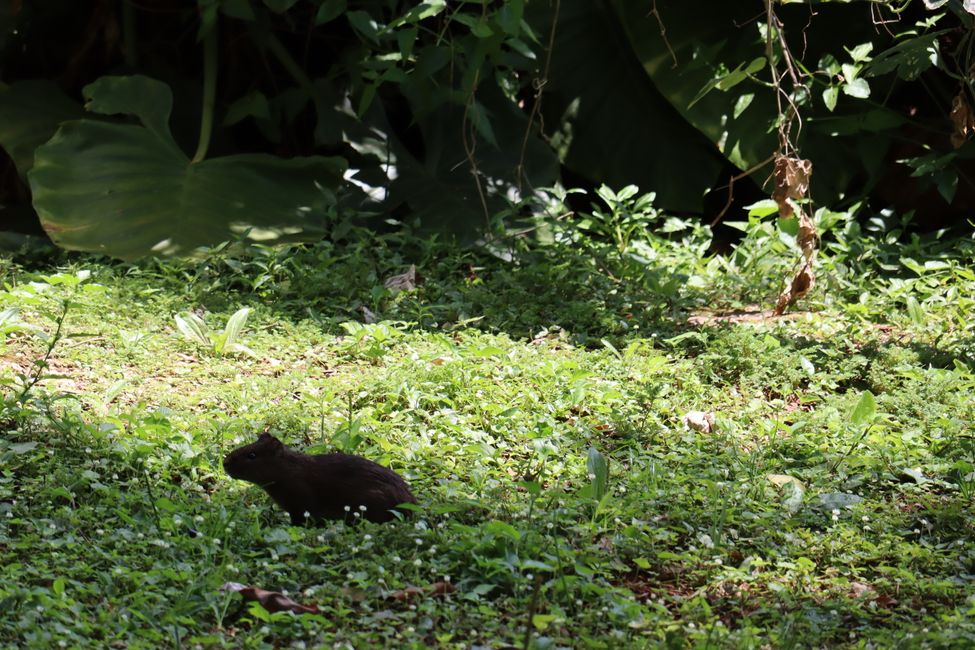
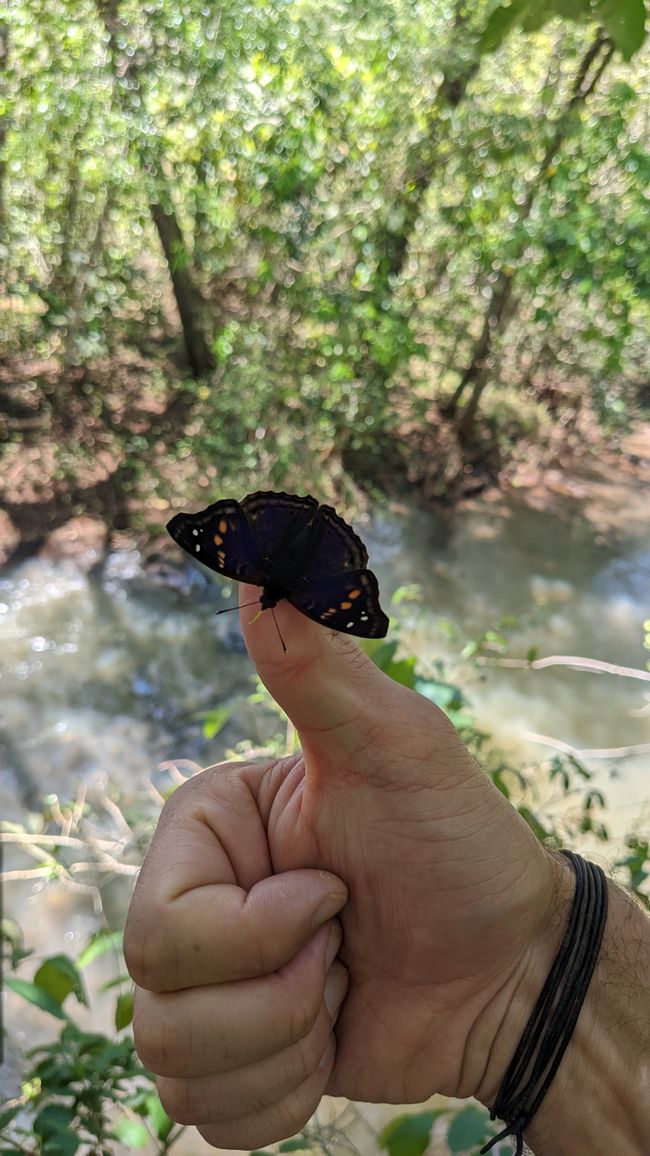
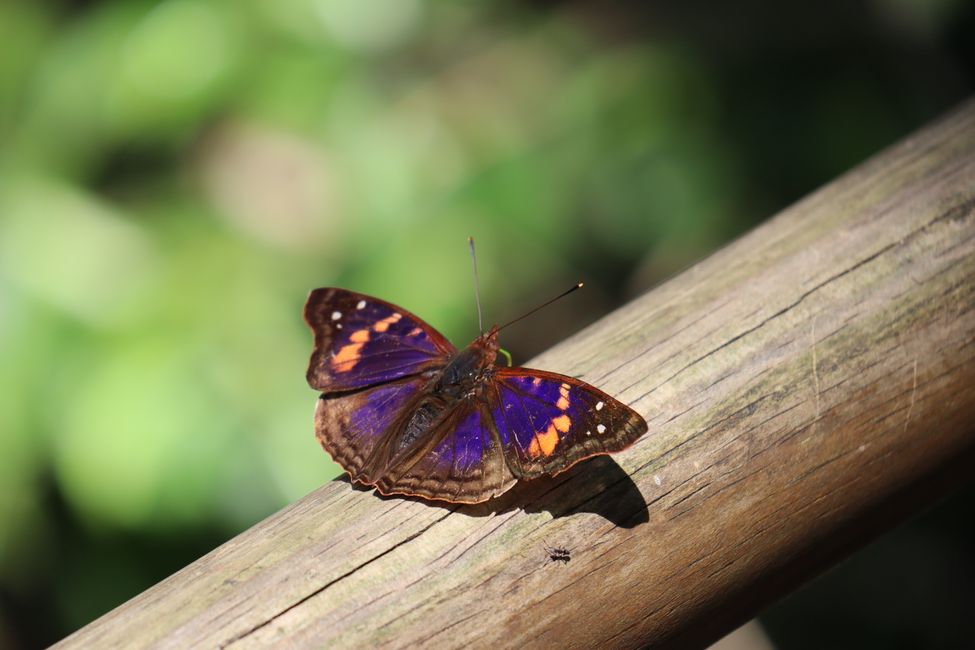

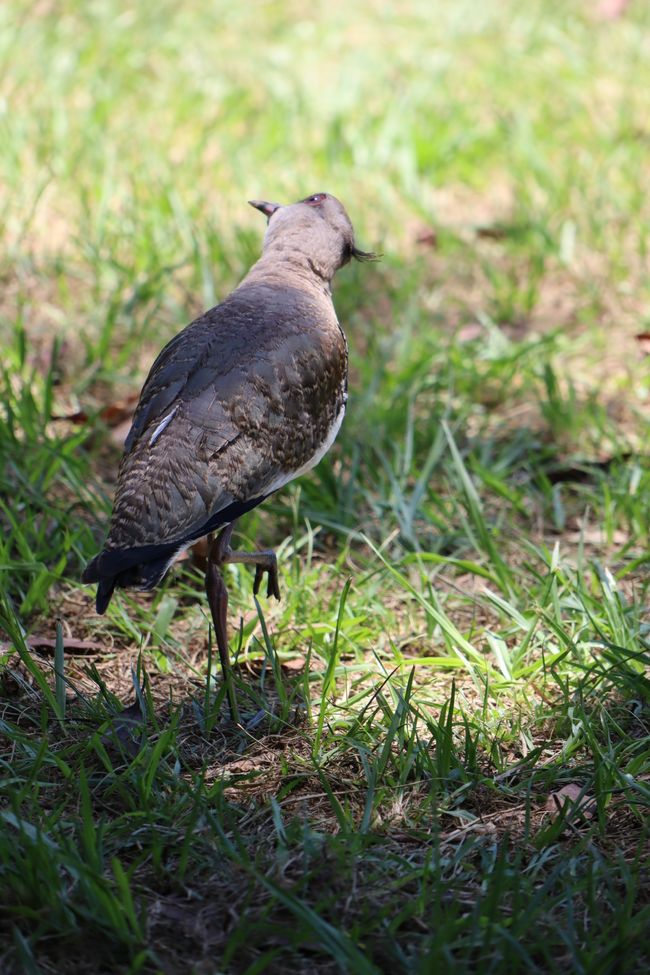
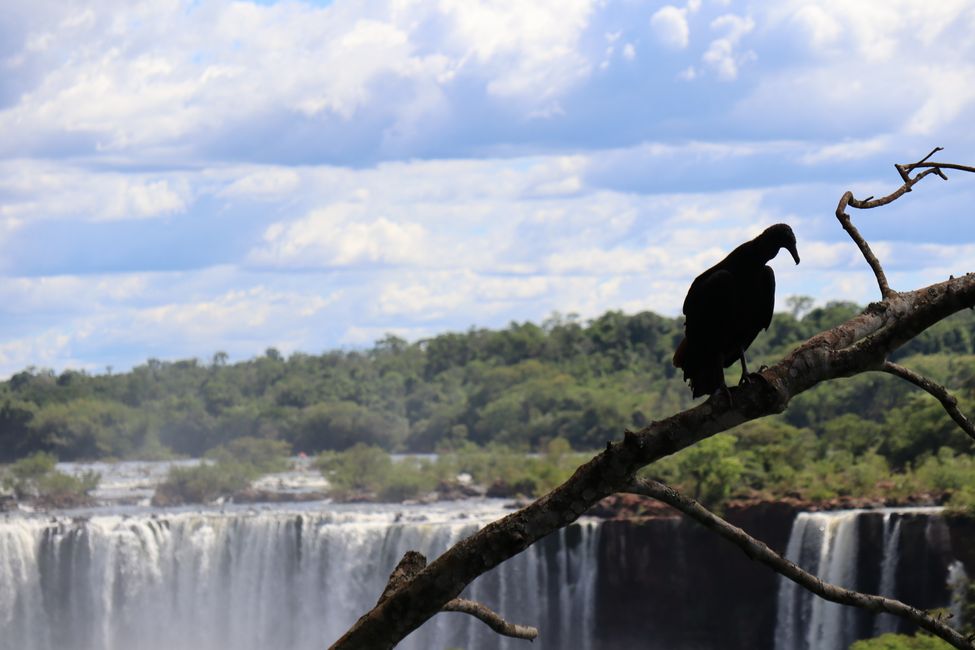
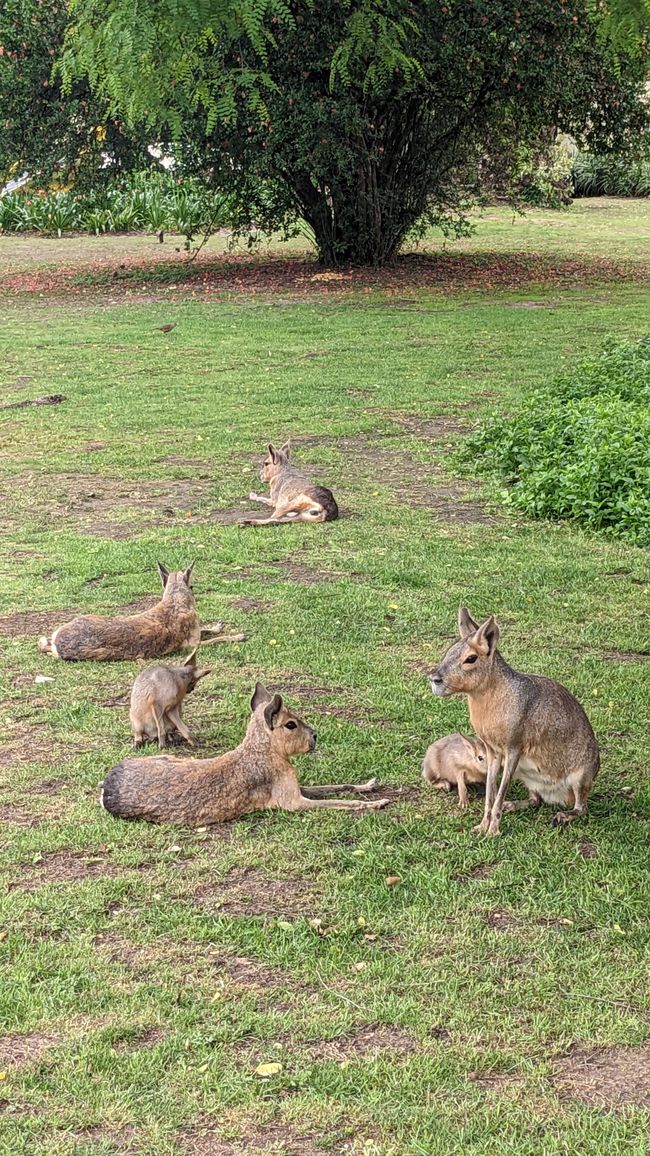
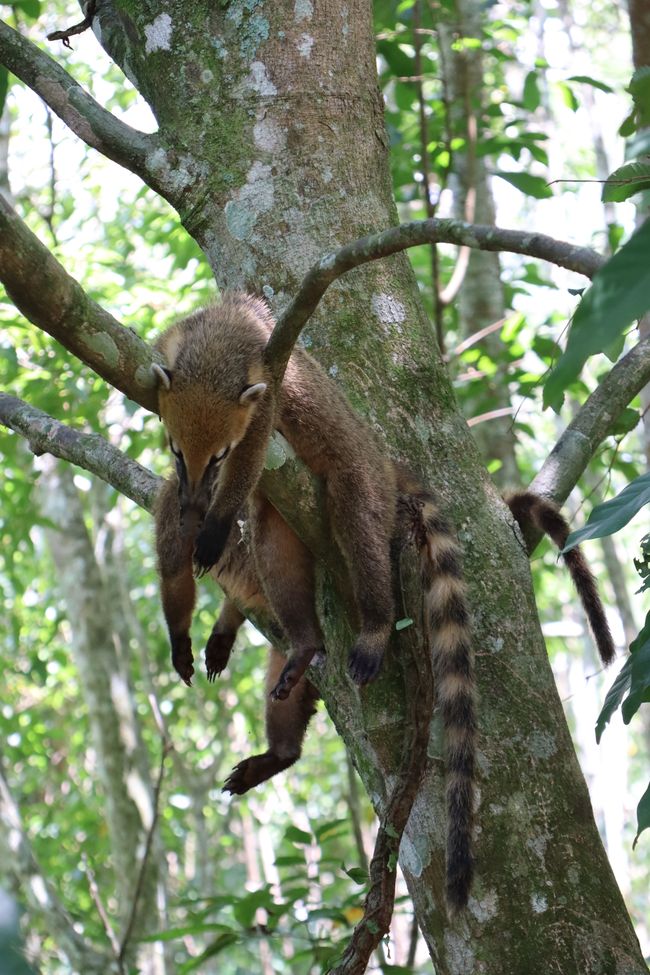
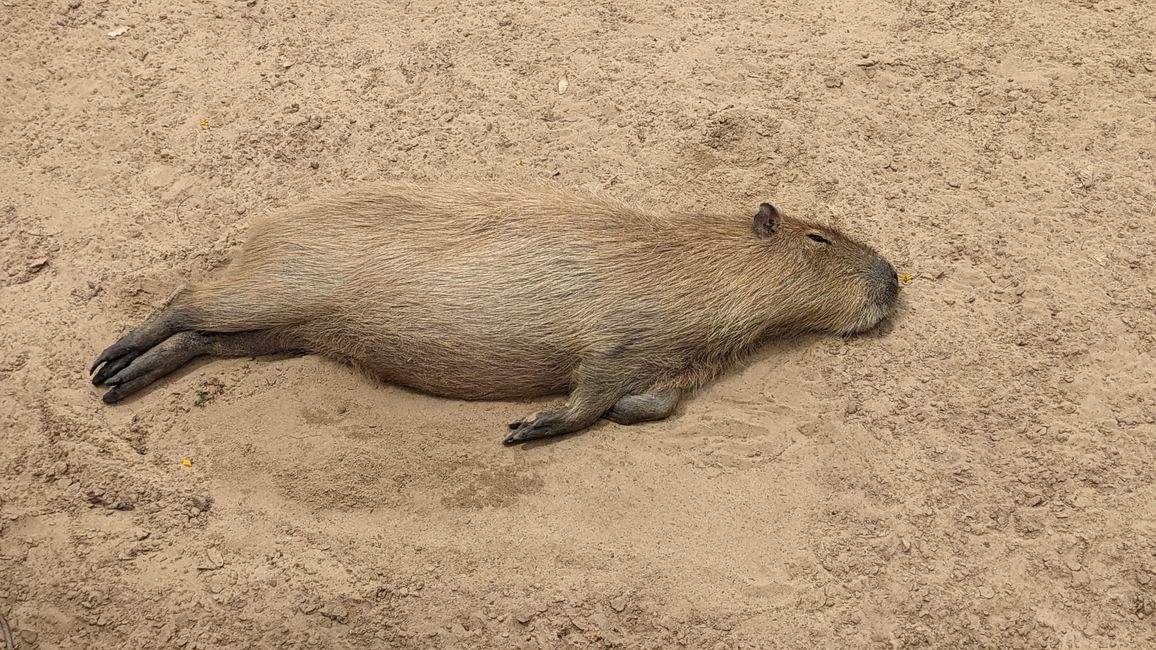
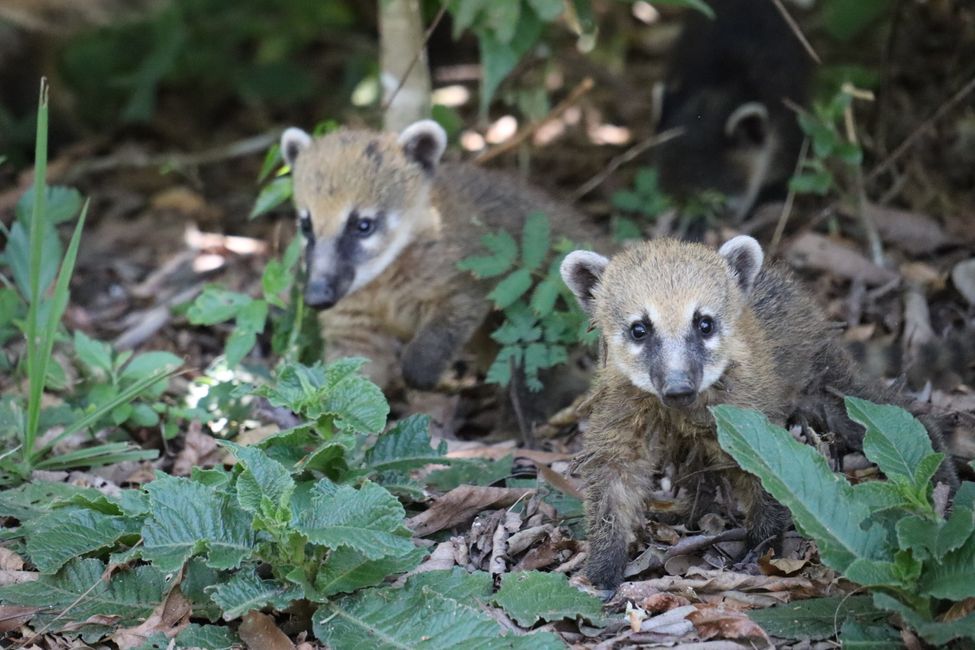
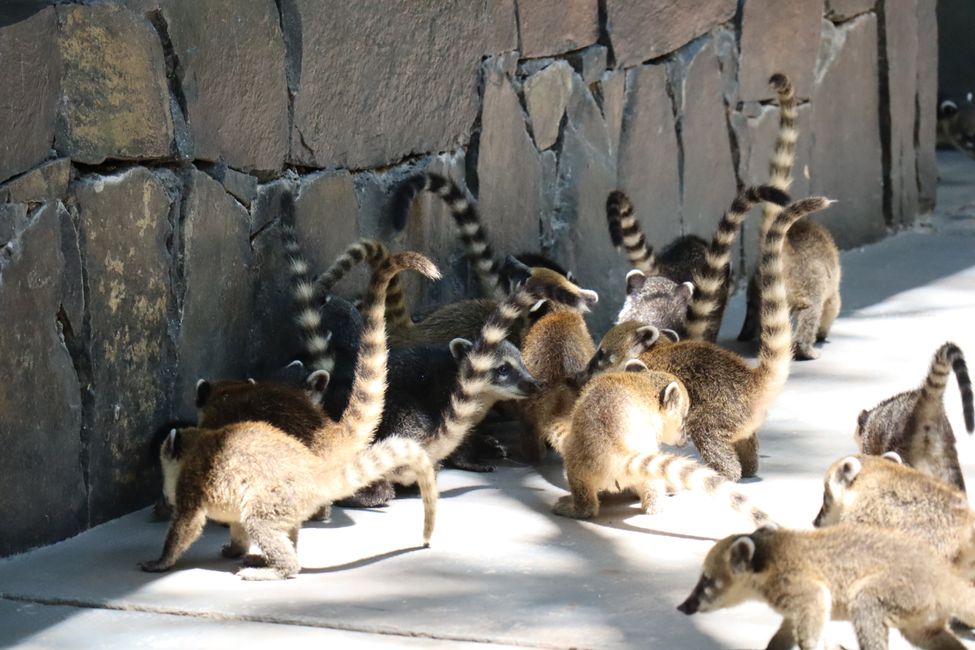
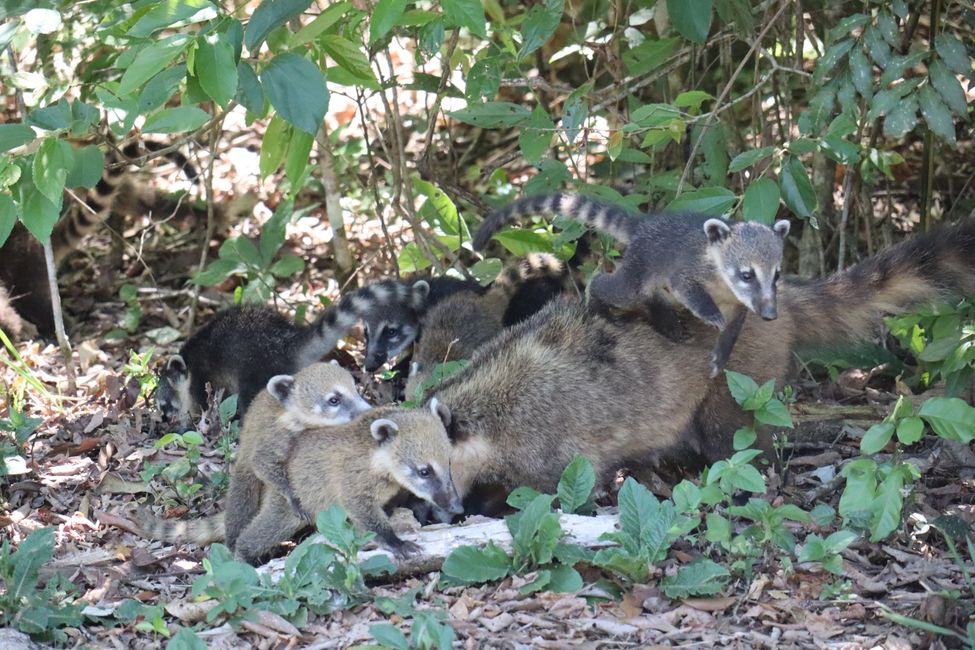
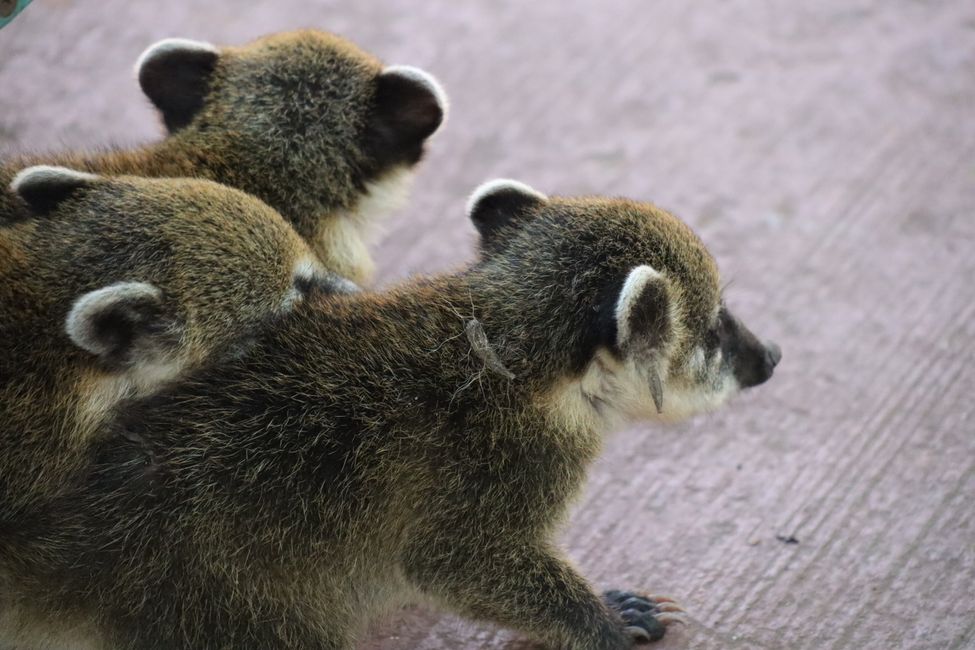
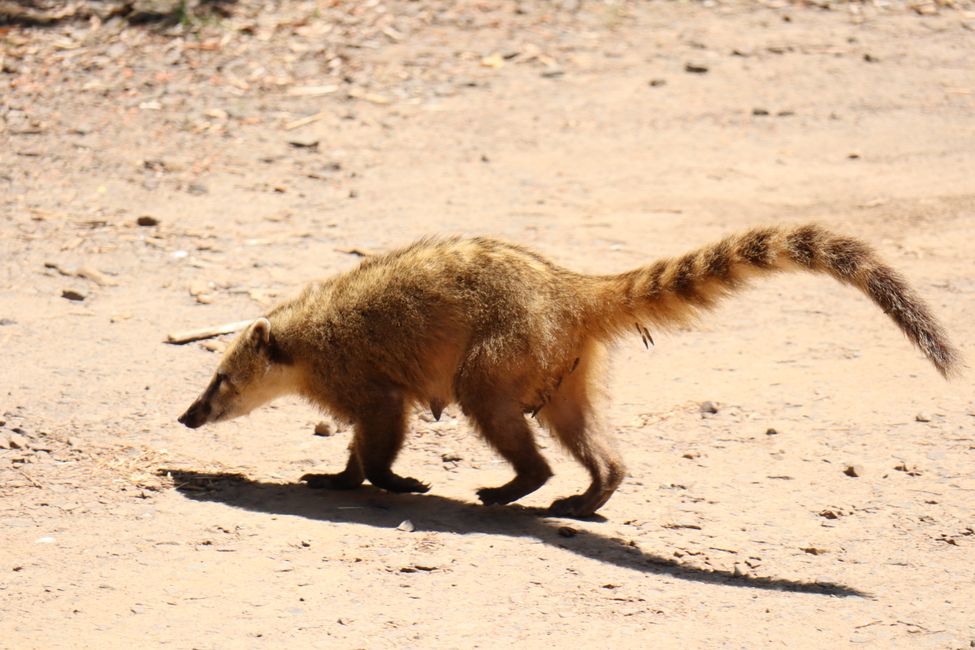
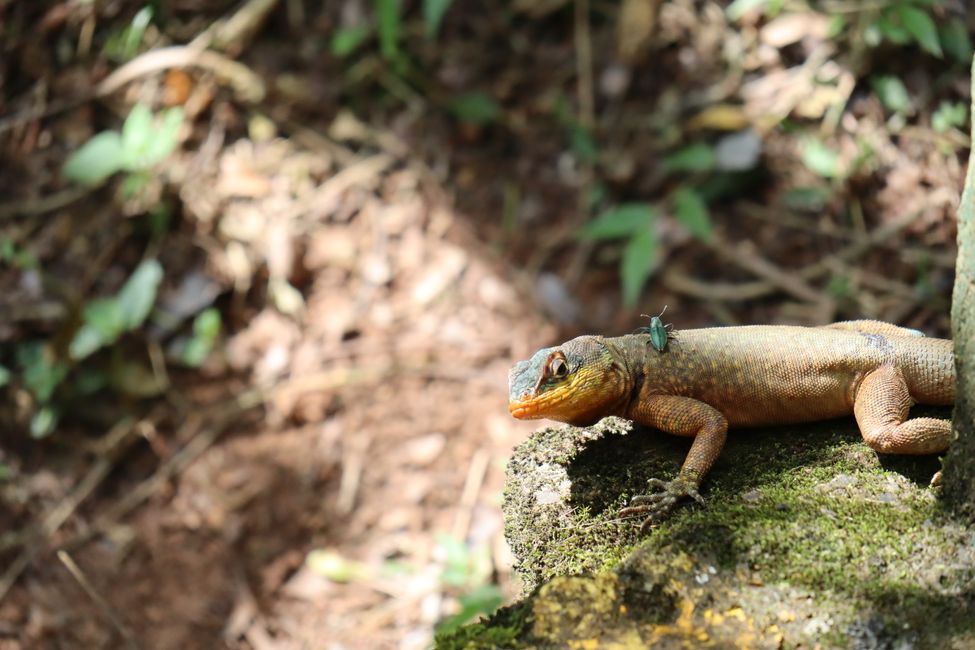
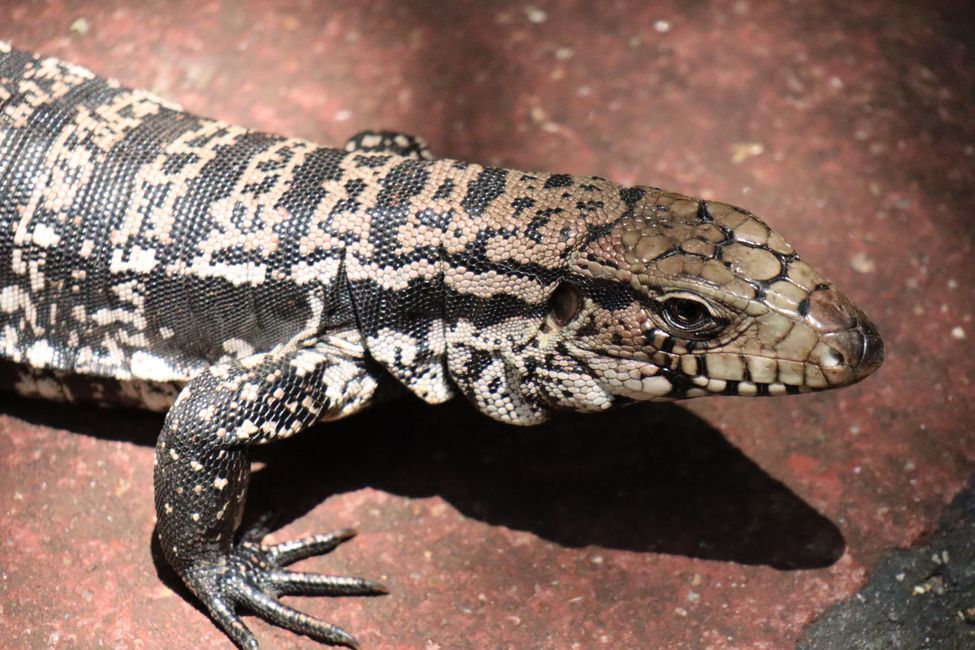
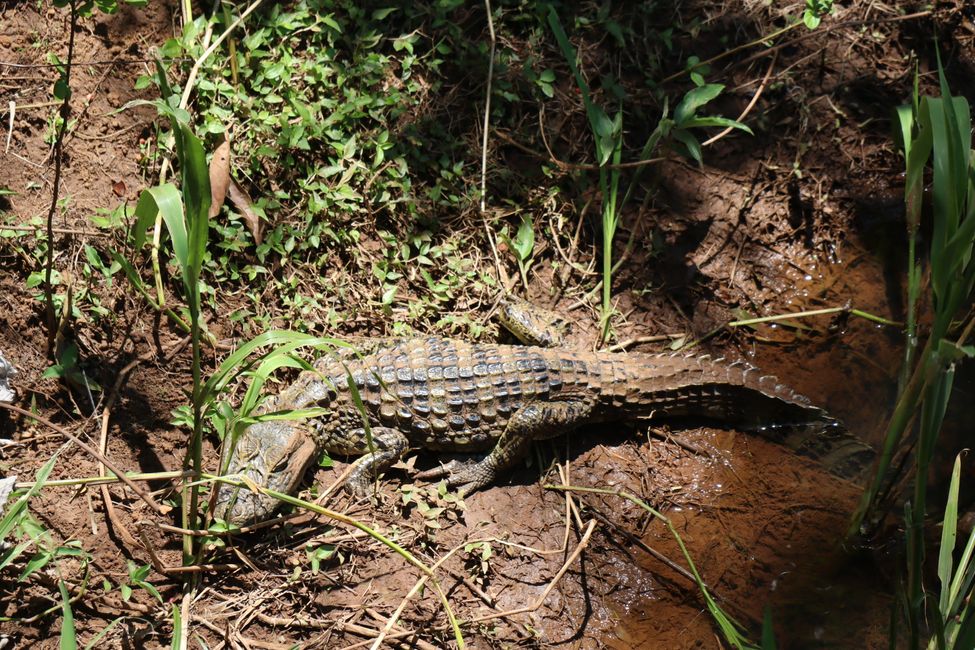
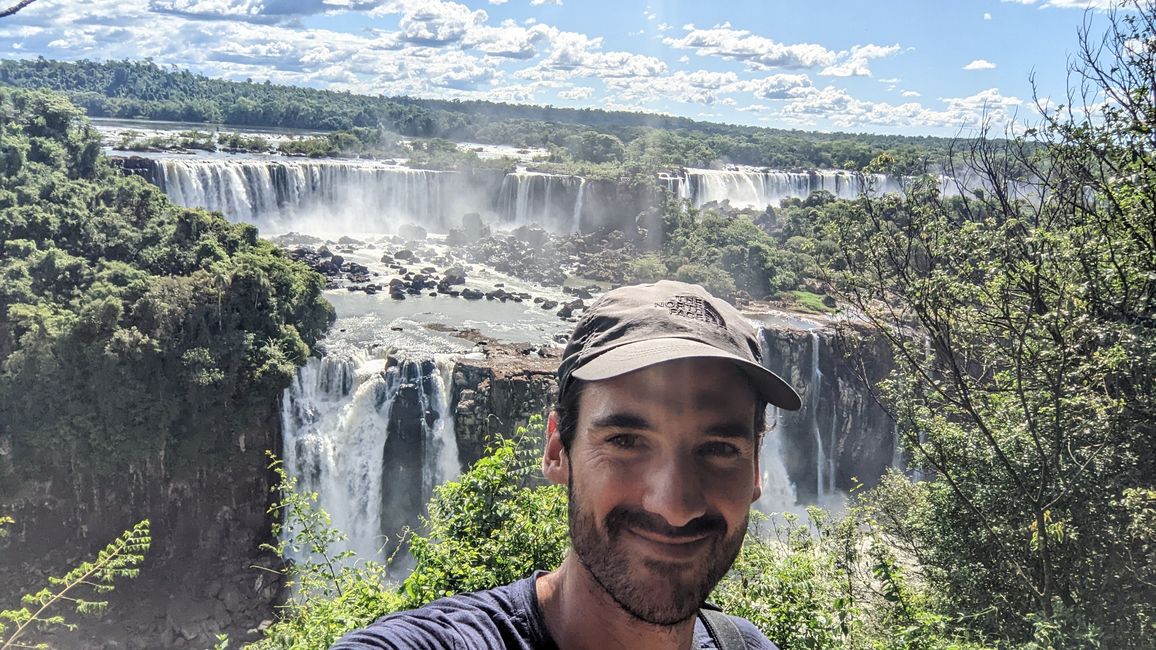
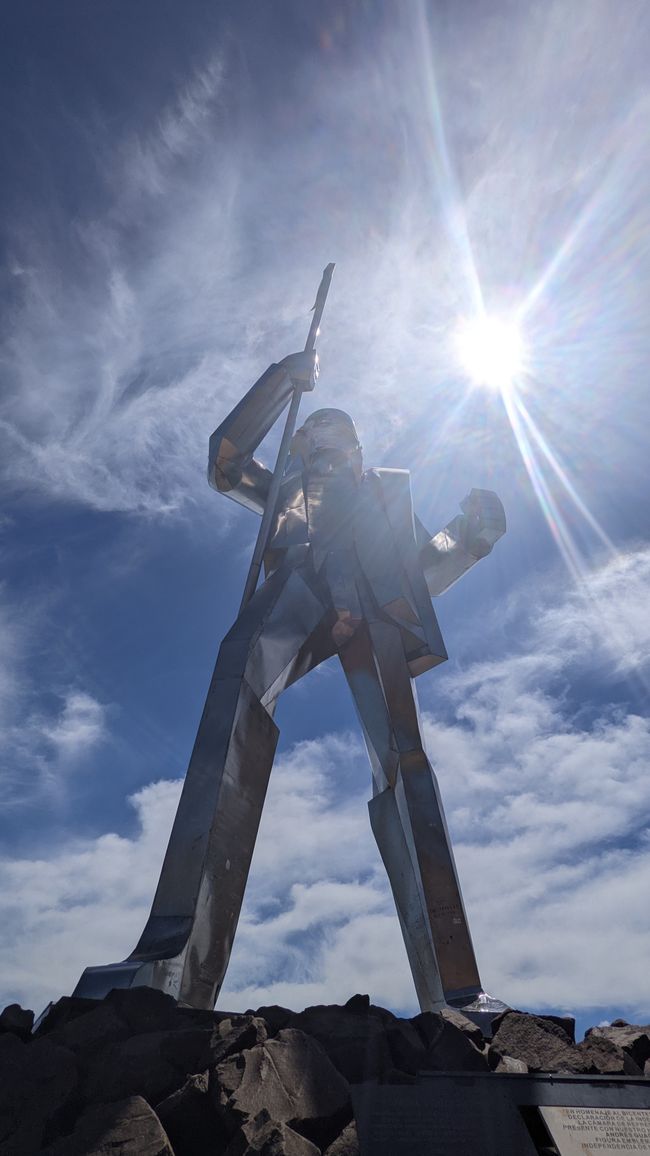
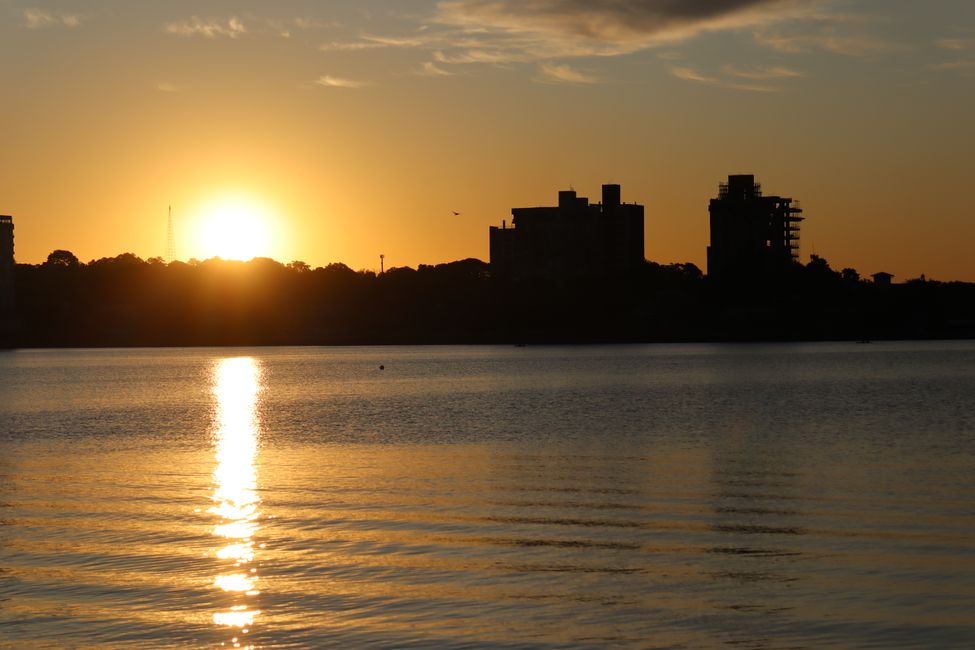
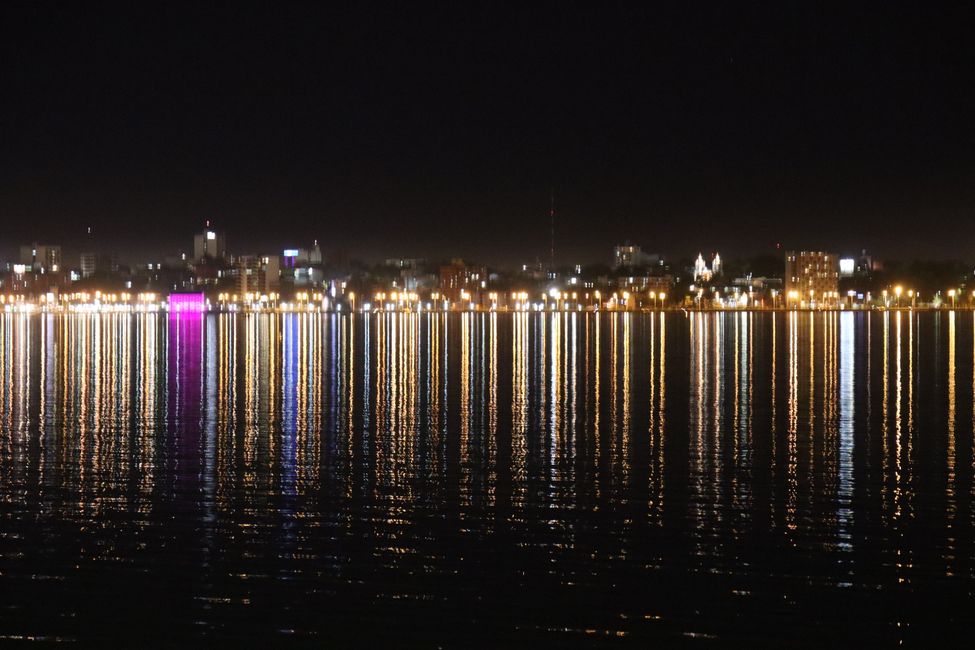
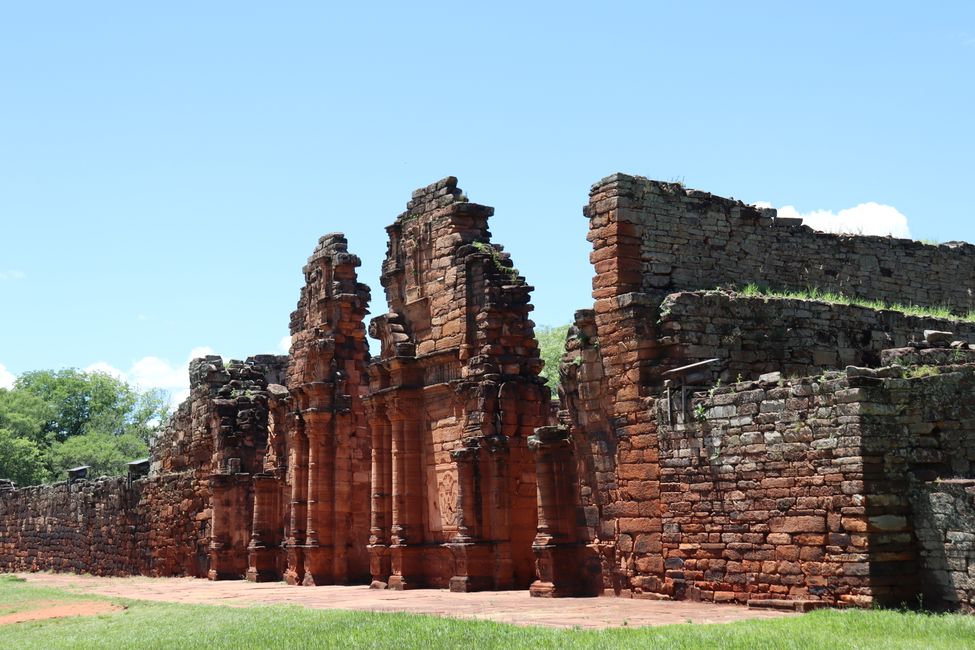
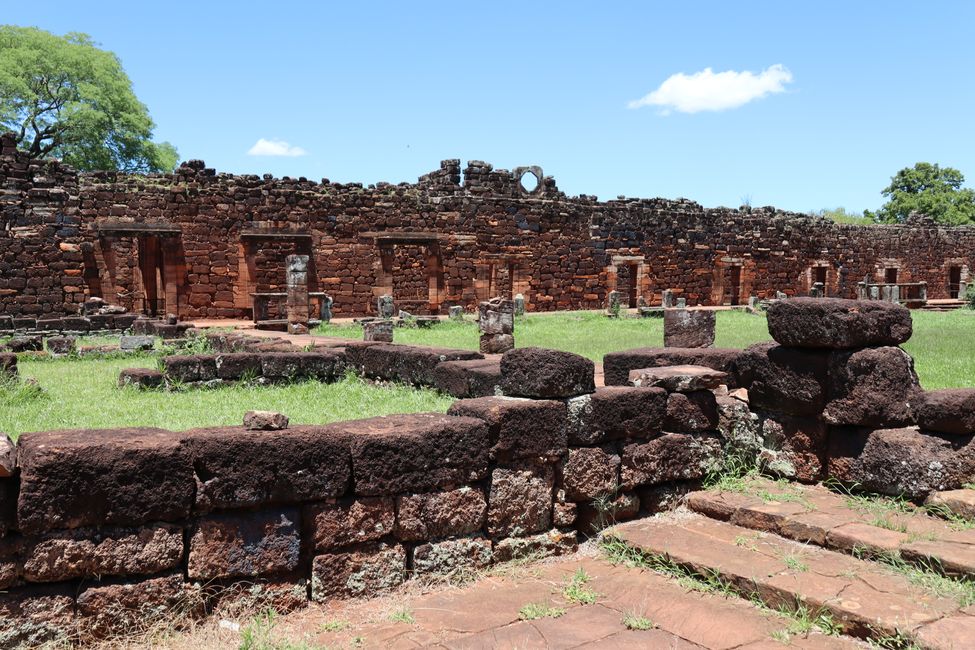
Prenumerera på nyhetsbrev
Buenos Aires (18-24.11.22)
(15,000,000 inhabitans)
How can one describe such a unique and incomparably colorful metropolis like Buenos Aires...? Since the city, with its different neighborhoods, is so diverse, everyone can probably find something exciting for themselves. Whether it's the extremely attractive cultural offerings (from classical music at the Teatro Colon, numerous art galleries and museums, to seductive tango performances [in large venues, but also everywhere on the street], and a wide variety of nightlife options in clubs, bars or football stadiums), the architecture (from super modern to ornate colonial), the countless top-class restaurants, or simply the leisurely atmosphere in one of the various parks, especially in the northern neighborhood (Recoleta). If Buenos Aires were a dish, New York (Microcentro neighborhood), Paris (Recoleta neighborhood), and Barcelona (San Telmo, Palermo, and La Boca neighborhoods) would probably be the main ingredients. Of the total of 48 barrios (neighborhoods) of Gran Buenos Aires (city center + agglomeration, over 13,000 square kilometers), I have probably only seen about 7-8 (B.A. city center about 202 square kilometers). One could probably stay here for months or even years and still discover something new. By the way, Argentina currently has about 45,000,000 inhabitants, which means that one in three Argentinians lives here!! So much for a first, rather general impression of the city. I spent a total of one week in Buenos Aires in a hostel in "San Telmo" (by the way, a highly recommended neighborhood for people who like cobblestone alleys, antique shops, bars, and cafes). I will describe my first impression of B.A. in the form of an anecdote.
Day 1: How not to start a visit to a metropolis... (Friday)
Of course, I was excited and looking forward to embarking on the urban adventure of Buenos Aires...But there was also this annoying issue of the broken camera that kept bothering me and that I wanted to get resolved as soon as possible...Honestly, the main reason why I wanted to go to Buenos Aires first was solely because I hoped to be able to buy a new camera (or get it repaired) there. I generally like taking photos, and taking photos with a real camera is much more fun. It goes without saying that the photos also look much better (...and no, cell phone photos are never the same!!!). In my naive imagination, I saw myself in Buenos Aires in a 'El Dorado de fotografía', with almost unlimited choices. But that was not the case, as I quickly realized during my internet research (which I unfortunately only started in Buenos Aires). The few shops that I could find somehow only seemed somewhat reputable and/or didn't really offer what I was looking for (a new camera body). But despite that, and maybe because I can sometimes be incredibly stubborn, I embarked on a long exploration tour of camera shops/repair shops in Buenos Aires. The rather questionable search (on foot, in sweltering 33 degrees) for the supposedly holy grail cost me a lot of time, and above all, incredibly frayed my nerves. Enthused by the ridiculous idea of needing to have a new camera again, I unfortunately let the city pass me by a little (if that's even possible in B.A...). In retrospect, I could have just thrown away the first few hours in B.A., because the 'photography specialty stores' and electronic shops I had in mind either had no cameras at all or only had models from the prehistoric era, and the people there unfortunately lacked the necessary know-how for repairs. I only found out the next day from a hostel receptionist that there are apparently no or hardly any cameras available for purchase in B.A. (and probably in all of Argentina), as they have to be imported from abroad and the taxes in Argentina are so high that it simply isn't profitable to have them in stock. (Hmm... I guess I could have figured that out myself...). By the way, I now have a camera again (:)), but more on that later...
Day 2 Pure reason should never prevail (Saturday)
Since I was still a bit tired from the exploration excesses of the previous day and the idea of exploring B.A. on foot (usually the best and most exciting way to get to know a city) seemed increasingly absurd to me, I longed for an alternative means of transportation on the second day. But using taxis in the urban jungle was somehow too exhausting for me (and in the long run, too expensive), and I wasn't yet comfortable using the metro, especially since I initially felt overwhelmed by the city and had some difficulty orienting myself. Fortunately, B.A. has something like a "Publibike". Even though I didn't always feel completely comfortable on the streets (with up to 16 lanes in some places), I set off on a bike ride towards the northwest to the cemetery in "Recoleta" (which was touted as THE attraction in B.A....well...it was nice...). The neighborhood itself is considered one of the most expensive/noble in B.A. There are numerous (art) museums and several parks in and around Recoleta. It was really fun exploring the whole area by bike!! Maybe a little tip here: I would avoid the Japanese Garden (unless you love overpriced tourist traps...). I then continued to "Palermo" (northwest of the city center). If you like bars/hipster cafes and/or chic designer stores and cobblestone streets, you will quickly feel very comfortable in Palermo. I also liked the vibe there, and the food (I was in some hipster burger joint:) ) was delicious!! While I was able to recharge my energy a bit, my phone unfortunately didn't fare so well. Since I didn't have a power bank or charging cable with me (and an app was required to use the bike), I was unfortunately forced to end my bike ride prematurely. It was just a bit unfortunate that I was now several kilometers away from the hostel and the thought of having to walk back (with swollen feet and completely worn-out shoes) made me cringe. Of course, I could have taken a taxi/bus/metro or asked around if someone could lend me a charging cable, but in such situations, I always develop a somewhat masochistic challenge attitude that sometimes makes me do the most impossible things....Completely exhausted and with almost numb feet, I finally reached the hostel after what felt like an eternity. A somewhat reasonable person would have just had a cozy evening after that. But it was Saturday night, I was in Buenos Aires, and somehow, I had a strong desire to plunge into the nightlife. But since I would never have gone alone, I first drank some courage at a harbor bar (yes, because B.A. is located by the sea) and then joined a party-crazy Englishman at the hostel. Together with him and two locals, we went to an oversized nightclub in Recoleta. After over an hour of waiting in what was probably the longest line I have ever seen in front of a club, we finally got in around 2 am. The club was way too crowded and uncomfortably hot (I think it can accommodate over 2000 people), and the techno music was decent, but suddenly the almost 40-year-old man had had enough of the loud and uncomfortable atmosphere....While the others (chemically stimulated...) probably continued partying until the early (or more likely late) morning hours, I said goodbye after about 2.5 hours and embarked on the long journey home (by bike, in an [intoxicated] state in which I probably shouldn't have been riding...)
Day 3: The day after... (Sunday)
After a not very restful short sleep and still somewhat rumpled from the previous day, I stumbled more or less accidentally upon an artist/antiques market that takes place every Sunday throughout San Telmo, attracts numerous visitors, and is of course interesting in itself. Under different circumstances, I would probably have been more enthusiastic about it, but the after-effects of the previous evening were simply too devastating. Nevertheless, I strolled around there for a few hours until at some point the weather (fitting my mood) changed and it started to rain a little bit. I had just enough energy left to go to the cinema in the evening (the film was called "The Menu" and is recommended). Even though I don't necessarily like such days, I was somehow still glad/proud (?) that I ventured into the nightlife of B.A. I know for sure that I would have regretted it if I hadn't gone...
Day 4 (Monday)
After learning a bit about the cultural offerings in B.A., I tried to imagine what it would be like to attend a classical concert at the beautiful "Teatro Colon". Unfortunately, the project failed due to my last-minute "planning strategy", because there were naturally no corresponding events taking place during my stay in B.A. Instead, I booked an (quite interesting) tour to get a behind-the-scenes look at the theater. As an actual substitute for the theater visit, I then went to a (quite overpriced) tango show including dinner + a little tango crash course in the evening. After trying a bit of tango dancing myself, the dance performances of the 1.5-hour show seemed even more impressive to me. I can very well imagine that years of hard training are required to achieve such perfection!!
Day 5 (Tuesday)
Although I was initially somewhat hesitant to use the metro, I grew more and more fond of it (especially since it was also much cheaper than the "Publibikes"). And of course, I always felt a little bit like a local when using it ;)... After exploring mainly the northern part of B.A. so far, I ventured into the southern neighborhood of "La Boca". The working-class neighborhood, which is located near the "La Bombonera" football stadium, is particularly known for its colorful corrugated iron houses on "El Caminito" street (see pictures). The fact that this attracts numerous tourists and that there are also many souvenir shops to be found there is something you have to accept when visiting. Apart from the tourist hotspots, you should apparently be careful in "La Boca", as it is considered one of the less safe neighborhoods in B.A. In addition to the colorful rows of houses, there are also many graffiti art to admire there. I spent the rest of the day visiting an art museum in Recoleta and visiting the Palacio Congreso. In the evening, I reserved a spot at the Sky Trade Bar (a rooftop terrace on a high-rise building), which gave me a spectacular view over the entire city.
Day 6 (Wednesday)
After my first attempts (in the literal sense) in San Telmo were unfortunately not very successful due to the after-effects of the weekend, I tried again in the morning (see pictures). I could well imagine that lovers of art, antiques, or simply culture could fall in love with this neighborhood. It wasn't particularly difficult for me to succumb to the charm of the slightly Italian-inspired cobblestone alleys, with all the bars, cafes, galleries, and markets. Since I have already seen quite a bit (and needed a change of scenery from the certainly exciting but sometimes overwhelming city), I made a detour to "La Plata", about 60 kilometers south (to visit a wonderful church there) after a visit to the legendary Café Tortoni, one of the oldest cafes in B.A. Even though I generally have very little interest in religions, the monumental buildings can be incredibly impressive at times.
I made the trip there by train (about 1.5 hours journey for 60 km) and it cost me the equivalent of about CHF 2 (round trip).
Last day (Thursday)
Since I had booked my flight to Puerto Iguazu (from now on I will fly less ;) ) for the late evening, I had one last chance to explore undiscovered places in B.A. Besides another visit to an art museum, I took a (excessively long) 20 km "walk" along the canal (east of the city, mostly modern skyscrapers) to a nearby nature reserve (with a view over the Rio Plata [actually Atlantic] to neighboring Uruguay), all the way to the northeast of the city, where I hoped to get a glimpse of the commercial ports (or whatever those things are called :)), but unfortunately didn't see anything in that regard (of course, everything was closed to pedestrians).
Ciudad del Este and Iguazu Falls (25.11-28.11)
Before I could make my way to the legendary Iguazu Falls, I finally wanted to solve my da*m camera problem (I hope this will be the last time I bore you with this ridiculous camera story...). Thanks to the hostel receptionist in B.A., I received the "secret tip" to try it in the city of "Ciudad del Este" in Paraguay. The more than dubious border town (bordering Brazil, Argentina, and Paraguay) is primarily known for its shopping tourism. Immediately after crossing the border (Brazil), dozens of shopping centers are lined up. Since all sorts of things (especially imported goods, including many counterfeits) can be purchased there at much lower prices (because customs fees in Paraguay are much lower), thousands of Brazilians, Argentinians (and at least one insane Swiss person) flock there every day to stock up on more or less useful products. In my desperation, I saw this as the only (last) chance to somehow get hold of a camera again, even though I naturally had major concerns about being scammed there. The journey there was quite adventurous, as you have to cross the border twice (Argentina-Brazil & Brazil-Paraguay), and the traffic chaos (with kilometers-long traffic jams) at the Paraguayan border crossing is truly unbelievable!!! The arrival was no less chaotic. In addition to having to be careful not to get robbed (I had my old camera with me, which I wanted to send to Switzerland from there along with a few articles of clothing, which I actually managed to do for the ridiculously low price of 150 dollars...well, at least the shipping, whether it will actually arrive is still uncertain...), you were constantly approached by dubious traders who wanted to sell you some crap. I was overjoyed (especially with a new camera:)) when I finally got out of that hellish city (after waiting for hours in traffic)!!
Iguazu Falls
Of course, I could simply say that they are just waterfalls, what's all the fuss about, after all, there are waterfalls everywhere in the world. Probably, that would be the understatement of the century, because what you get to see there is so incredibly impressive that, similar to the salt flats, it is once again difficult for me to find suitable adjectives here. The unimaginable, brute force with which the water plunges over 2.7 kilometers into the depths can only be understood if you see (and especially hear) it with your own eyes. "The Iguazu Falls consist of 20 larger and 255 smaller waterfalls. Some are up to 82 meters high, most of them are 64 meters high. The amount of water at the falls fluctuates from 1500 m3/s to over 7000 m3/s. The waterfalls form the border between Argentina and Brazil in a longitudinal direction. Since most of the falls are in Argentina, the better panoramic view is possible from the Brazilian side" (Thanks Wikipedia, really well written :)). I visited the waterfalls from both sides (which was really worthwhile) and I even did a boat tour right in front of or sometimes even under the waterfalls (you really get completely soaked!!). By the way, the waterfalls are located in the Iguazu National Park, where you can find all kinds of little animals (see pictures)!!
By the way: I tried to order the animal pictures according to their level of danger ;)
Posadas/San Ignacio Mini/Mercedes 29-30.11.22
After my jaw was able to close again somewhat, the journey continued to the city of Posadas (Misiones Province), about 300 km away (notably to the west, because further east, in Puerto Iguazu, Argentina ends :)). From there, I took a half-day trip to the ruins of San Ignacio Mini. In the Misiones Province, there are a total of 11 Jesuit reductions (basically places where hundreds of thousands of indigenous people were converted but protected from slavery and exploitation... or not...)
After a roughly 9-hour crappy bus ride, I have now stranded in Mercedes (a small town) and will probably go to the Ibera National Park today, where all the animals are already preparing for their photoshoot ;)
Prenumerera på nyhetsbrev
Svar
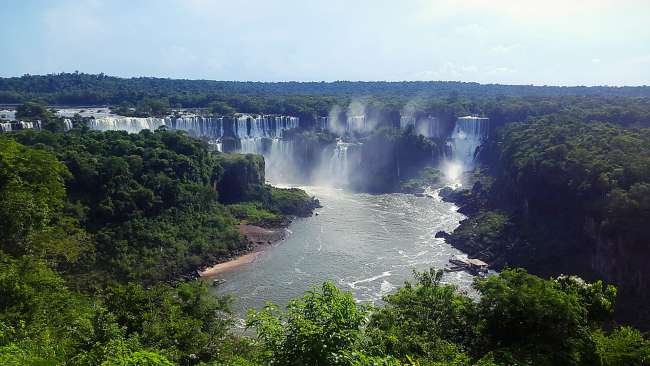
Reserapporter Argentina
